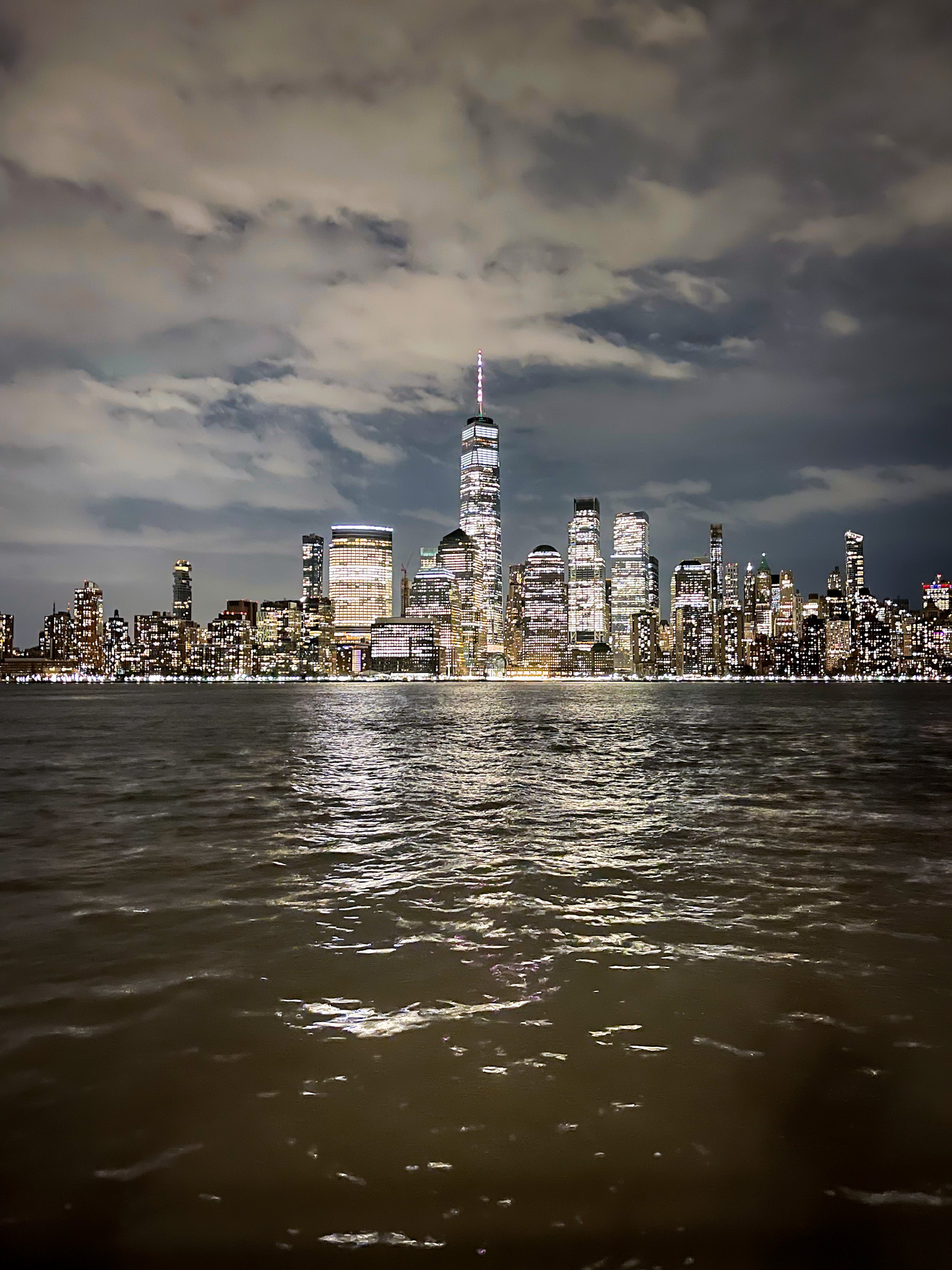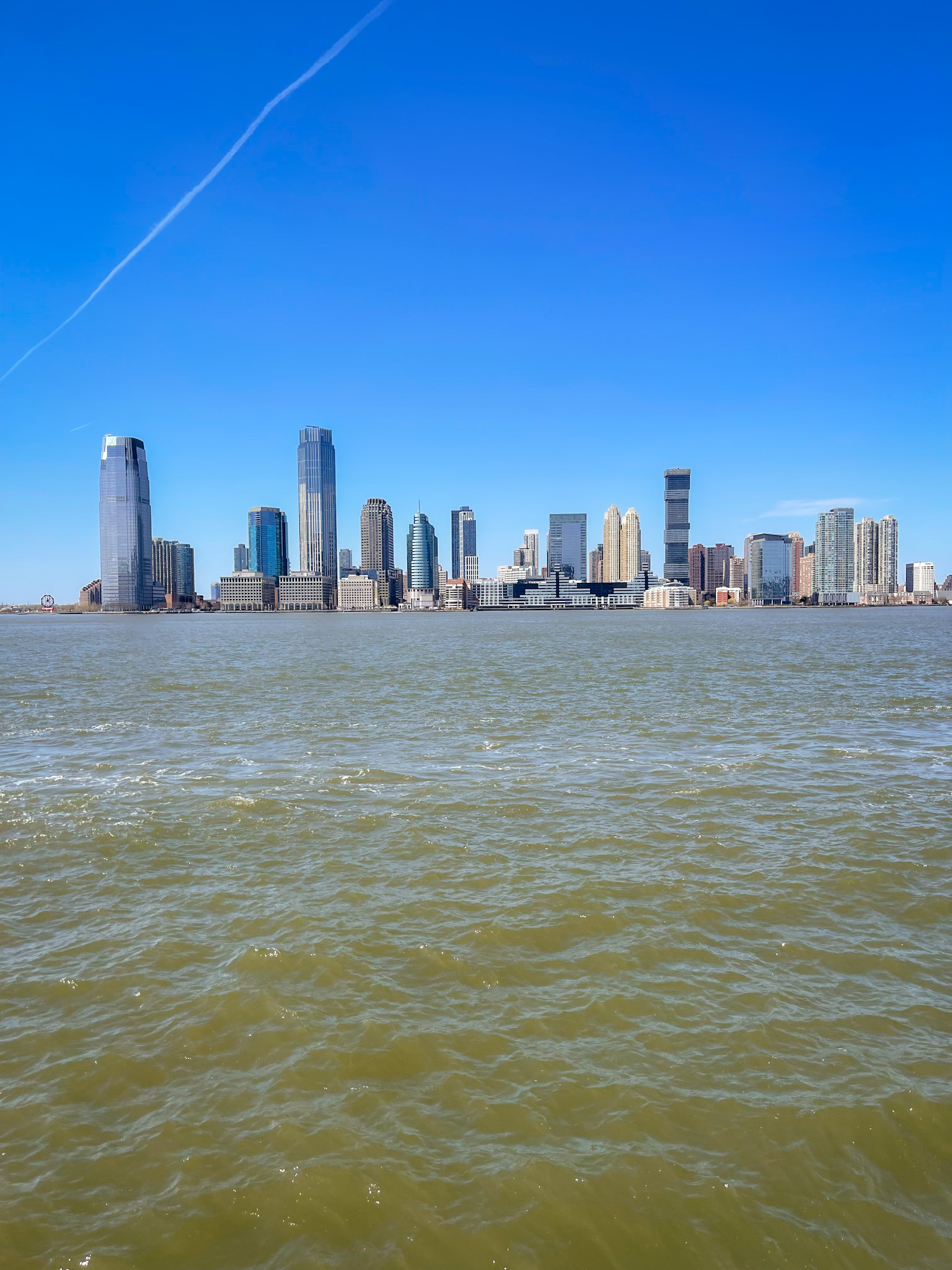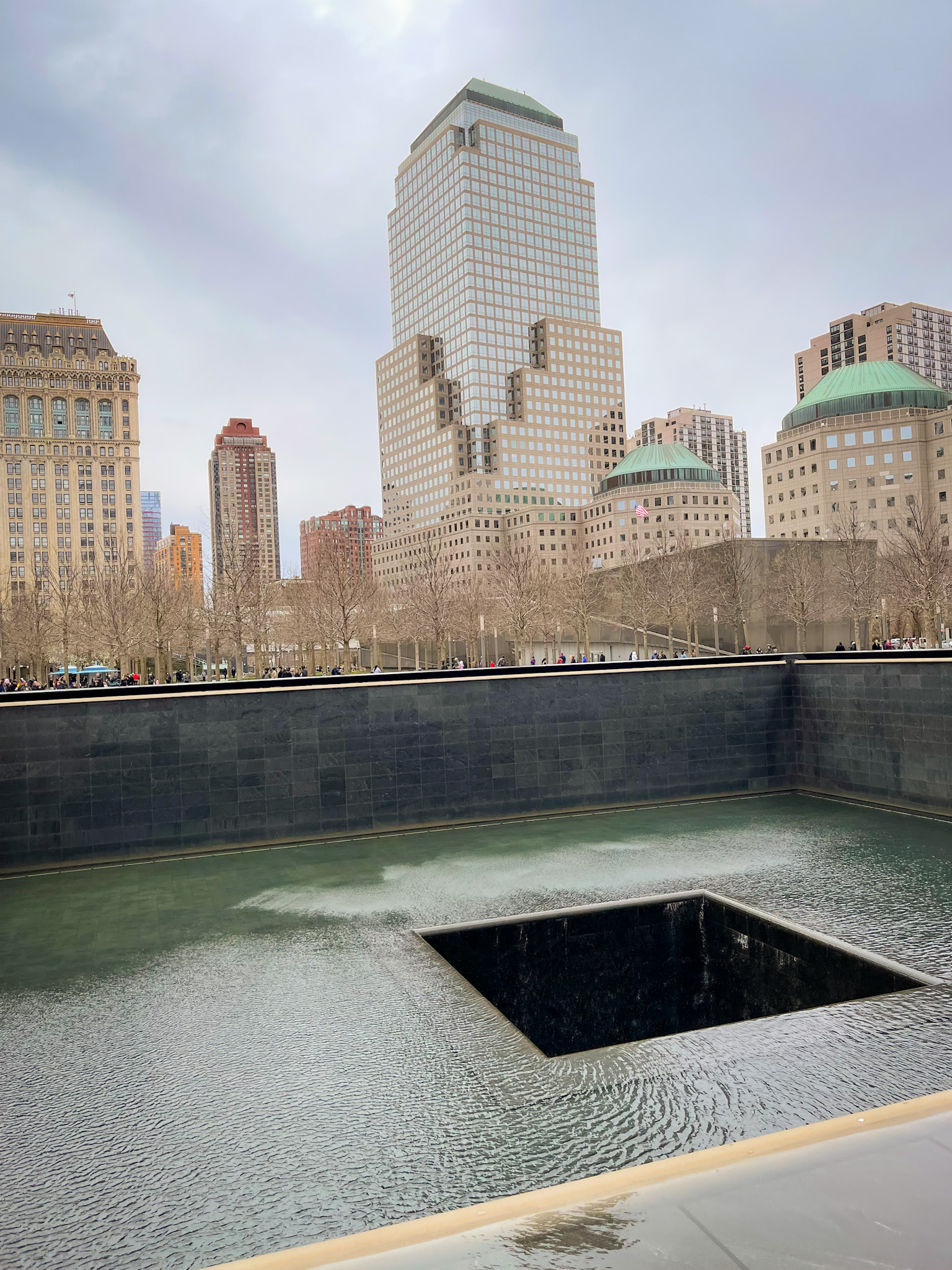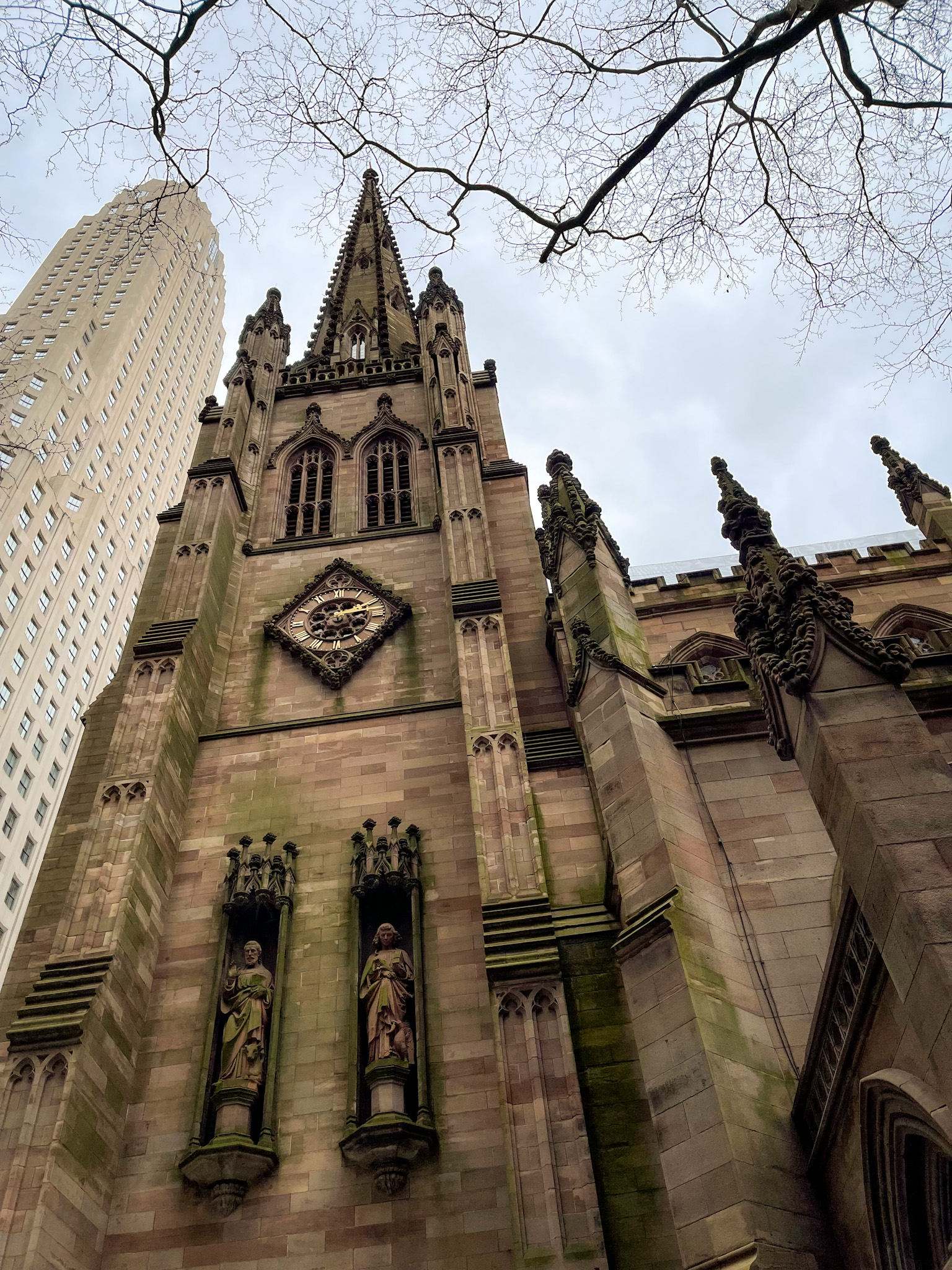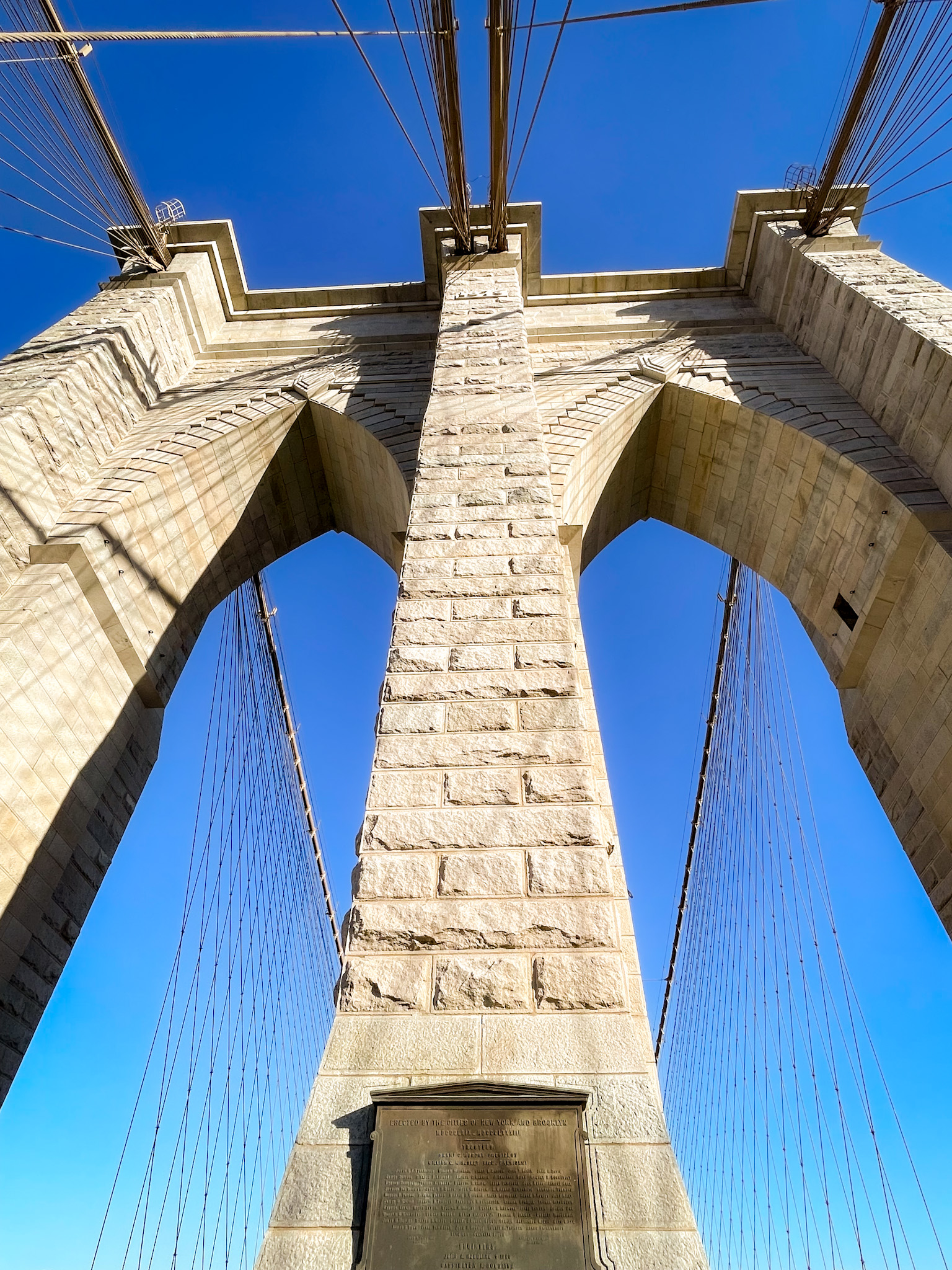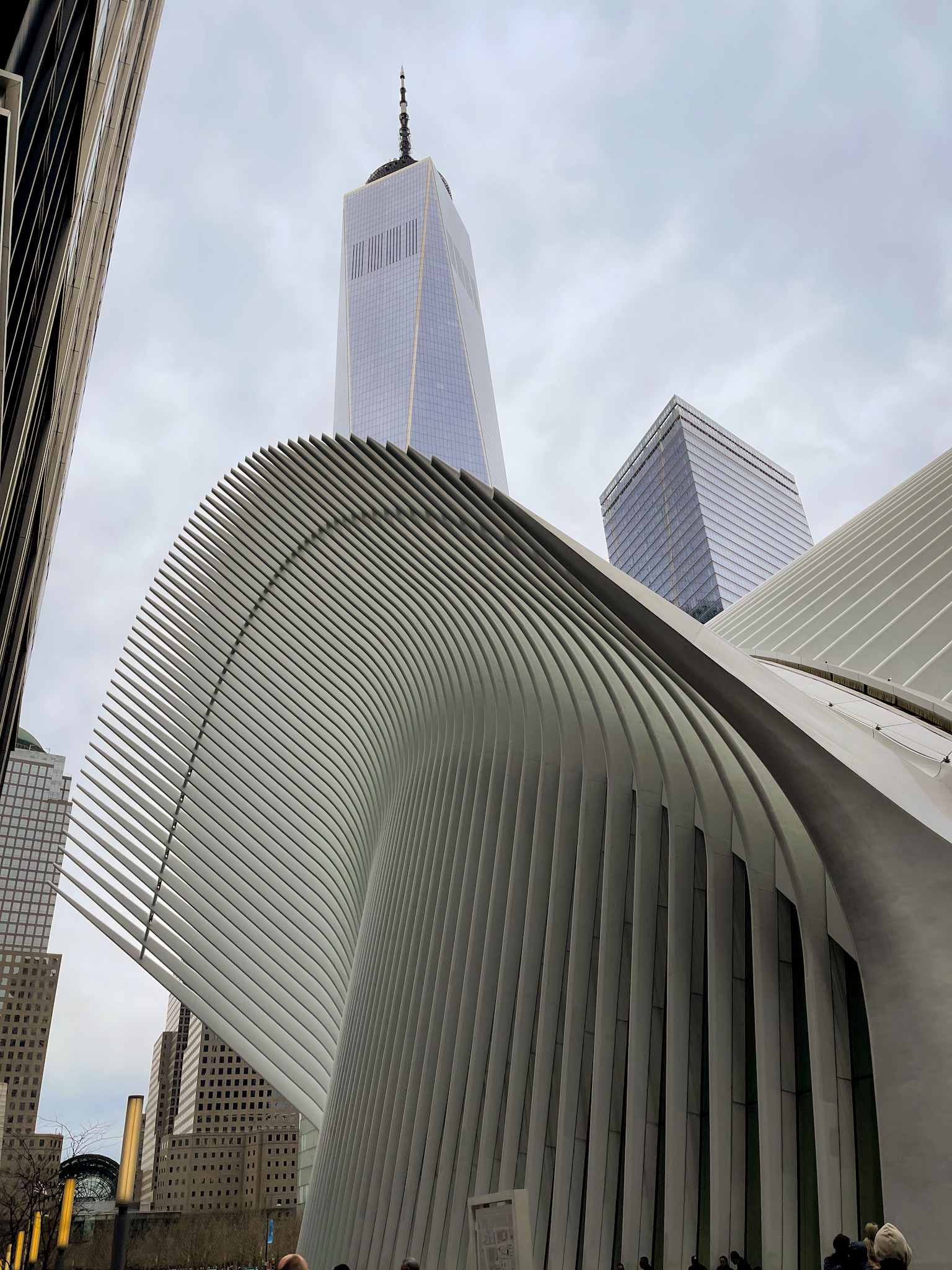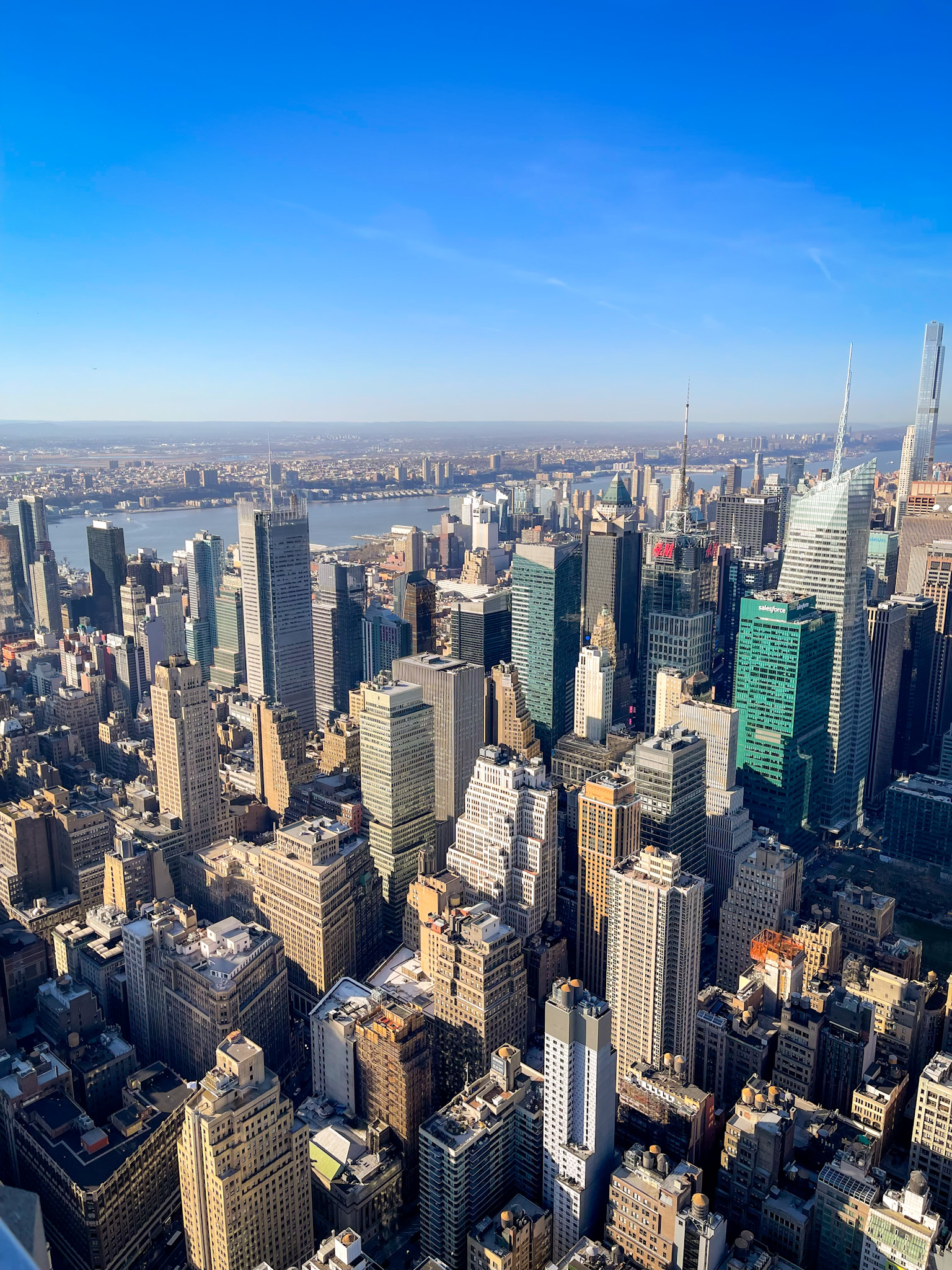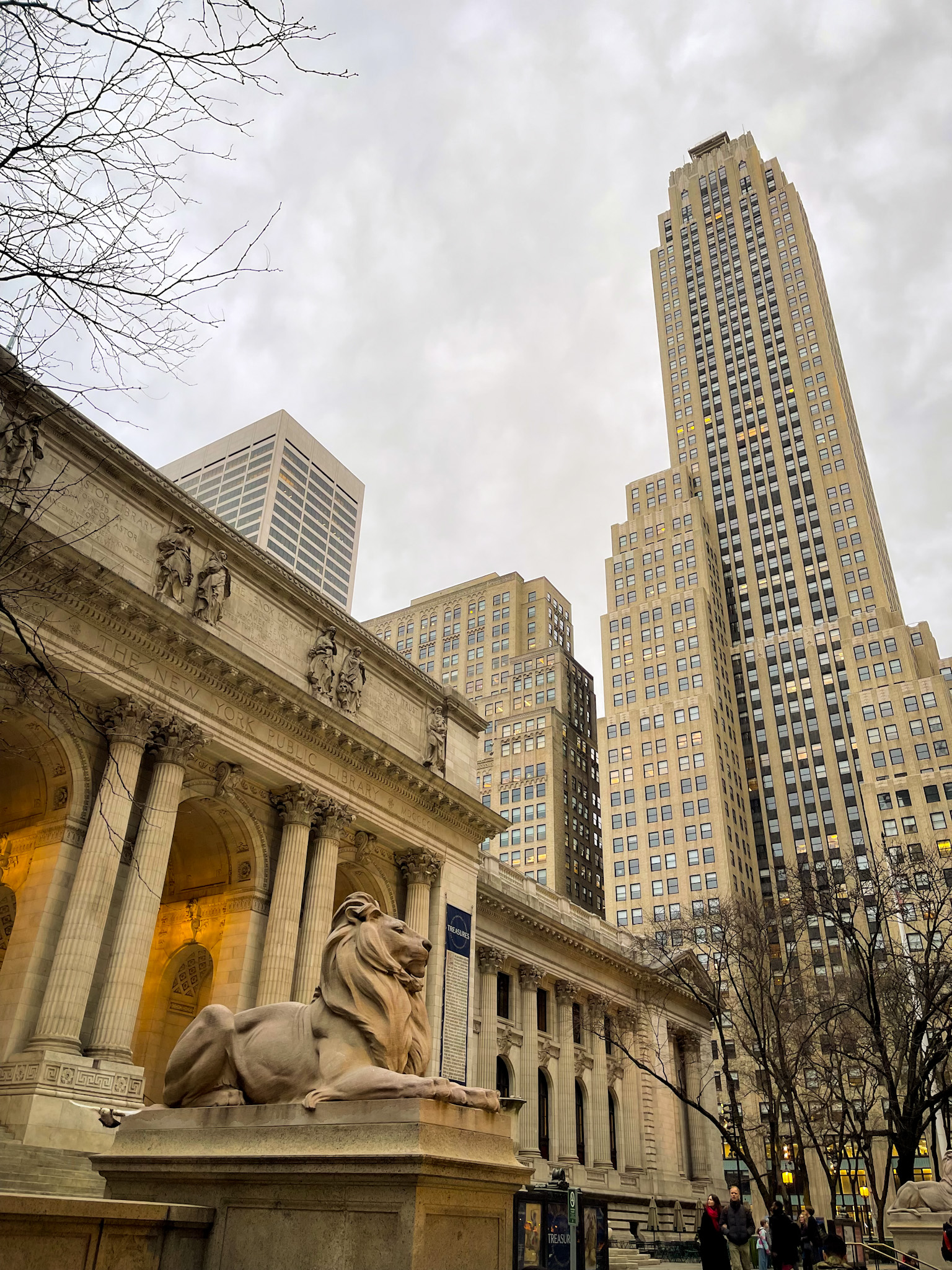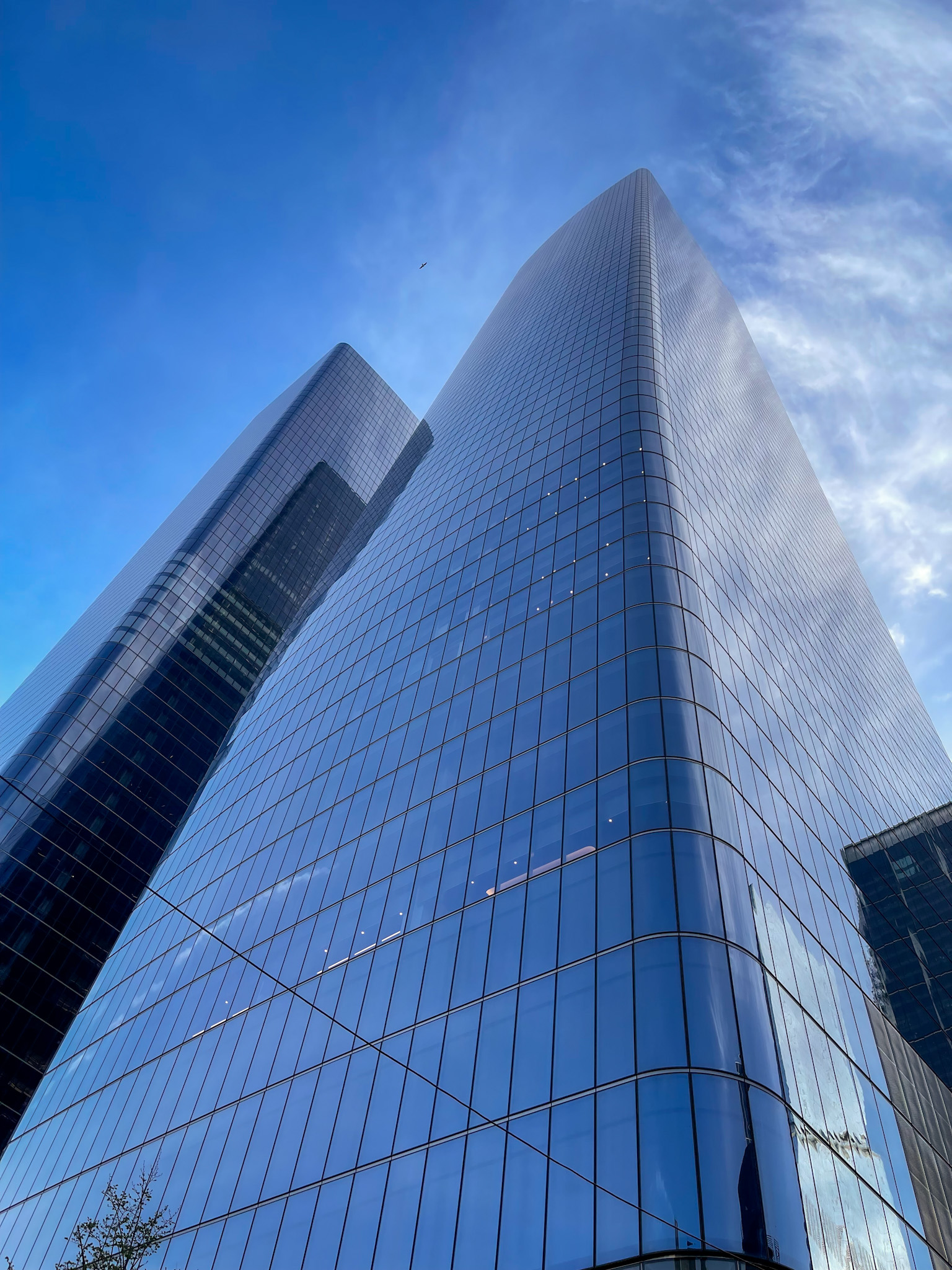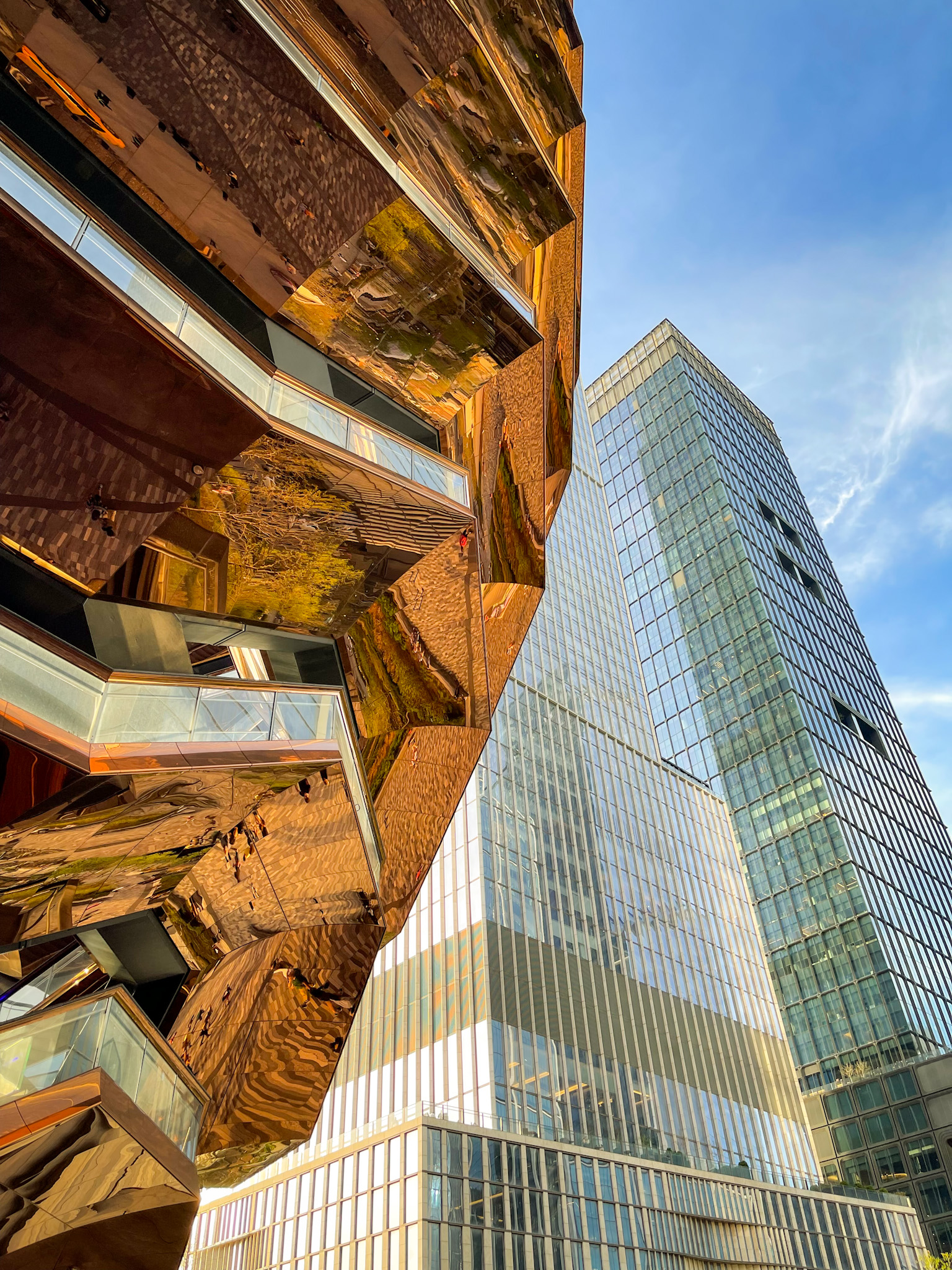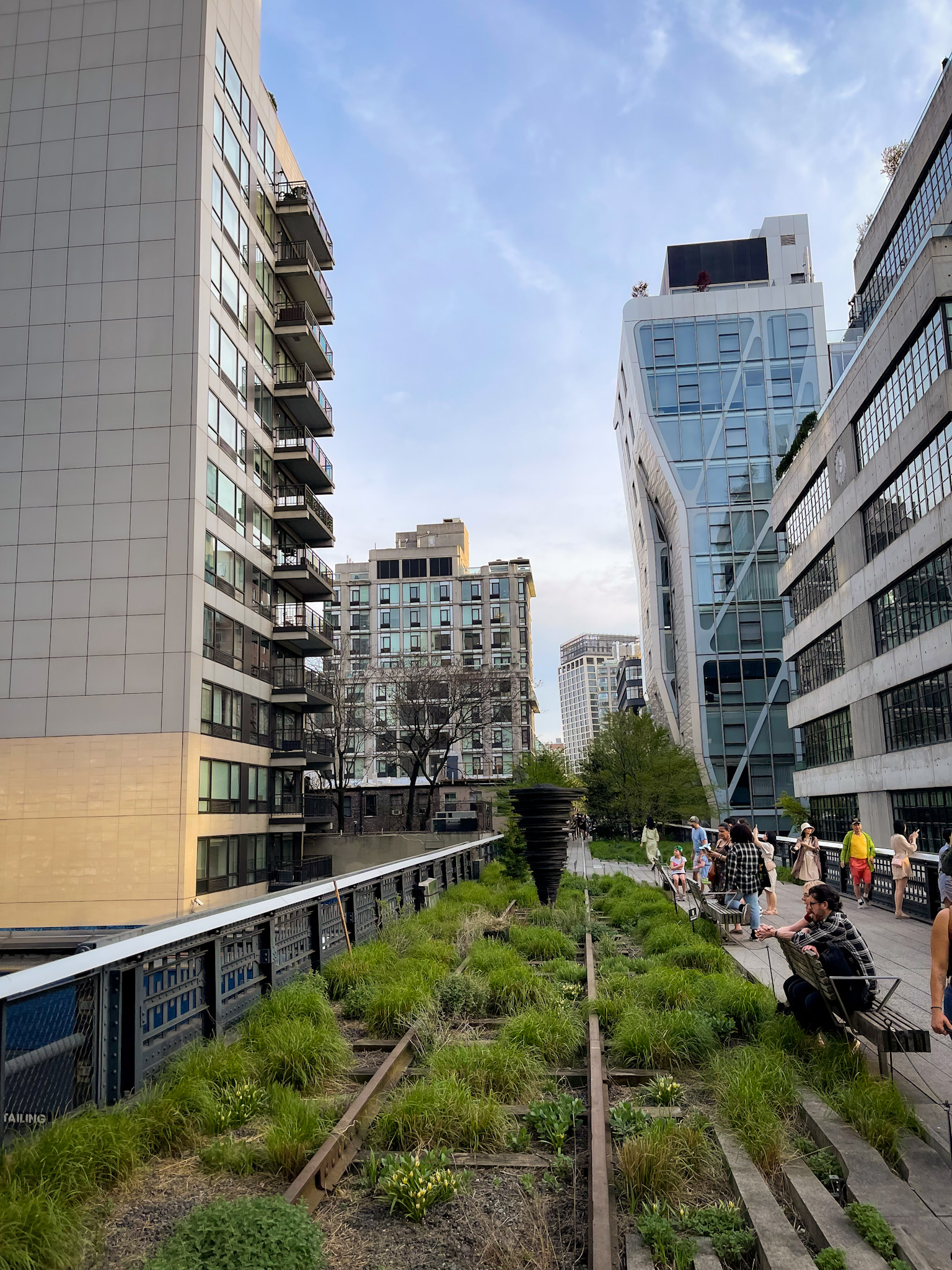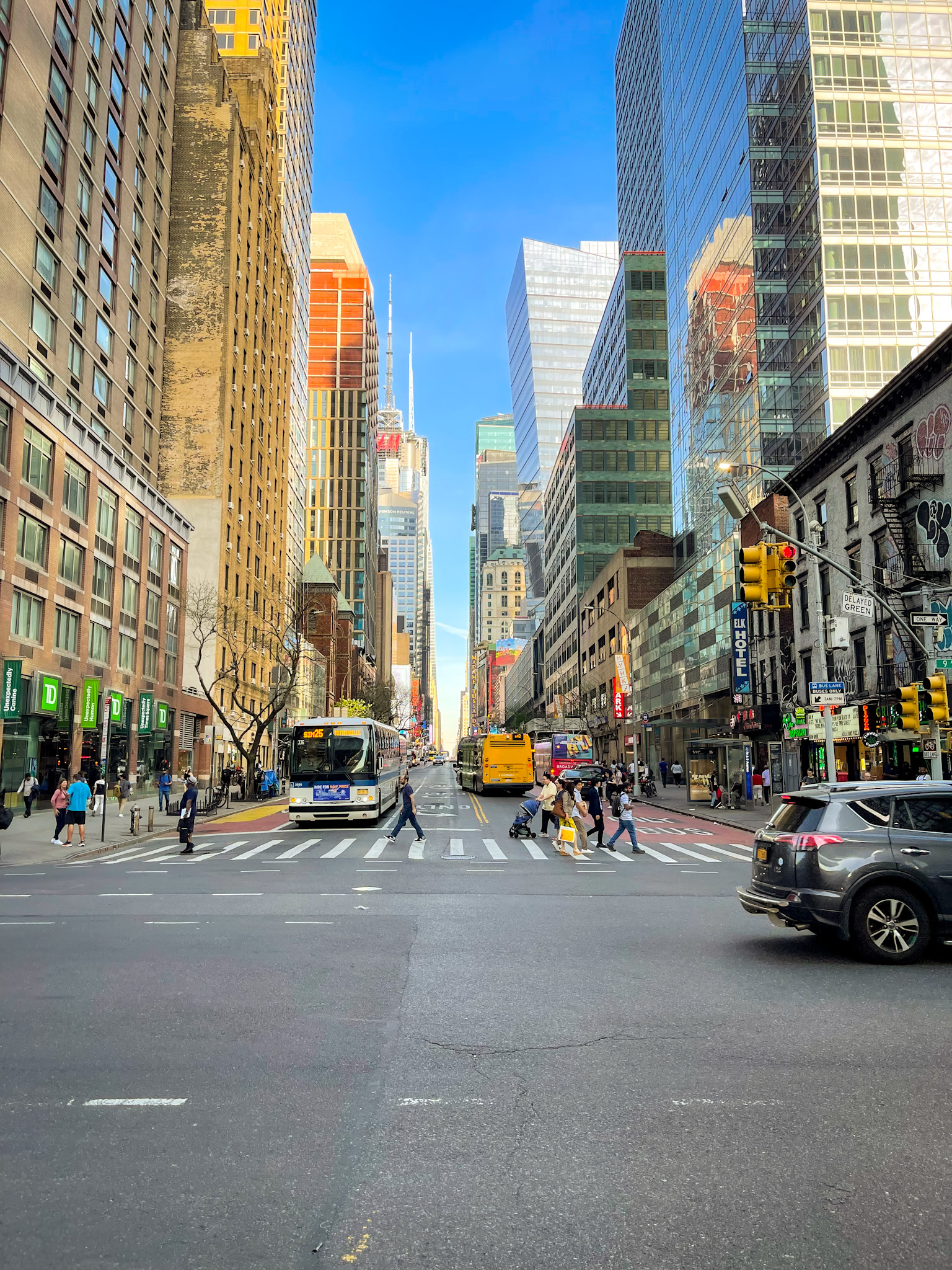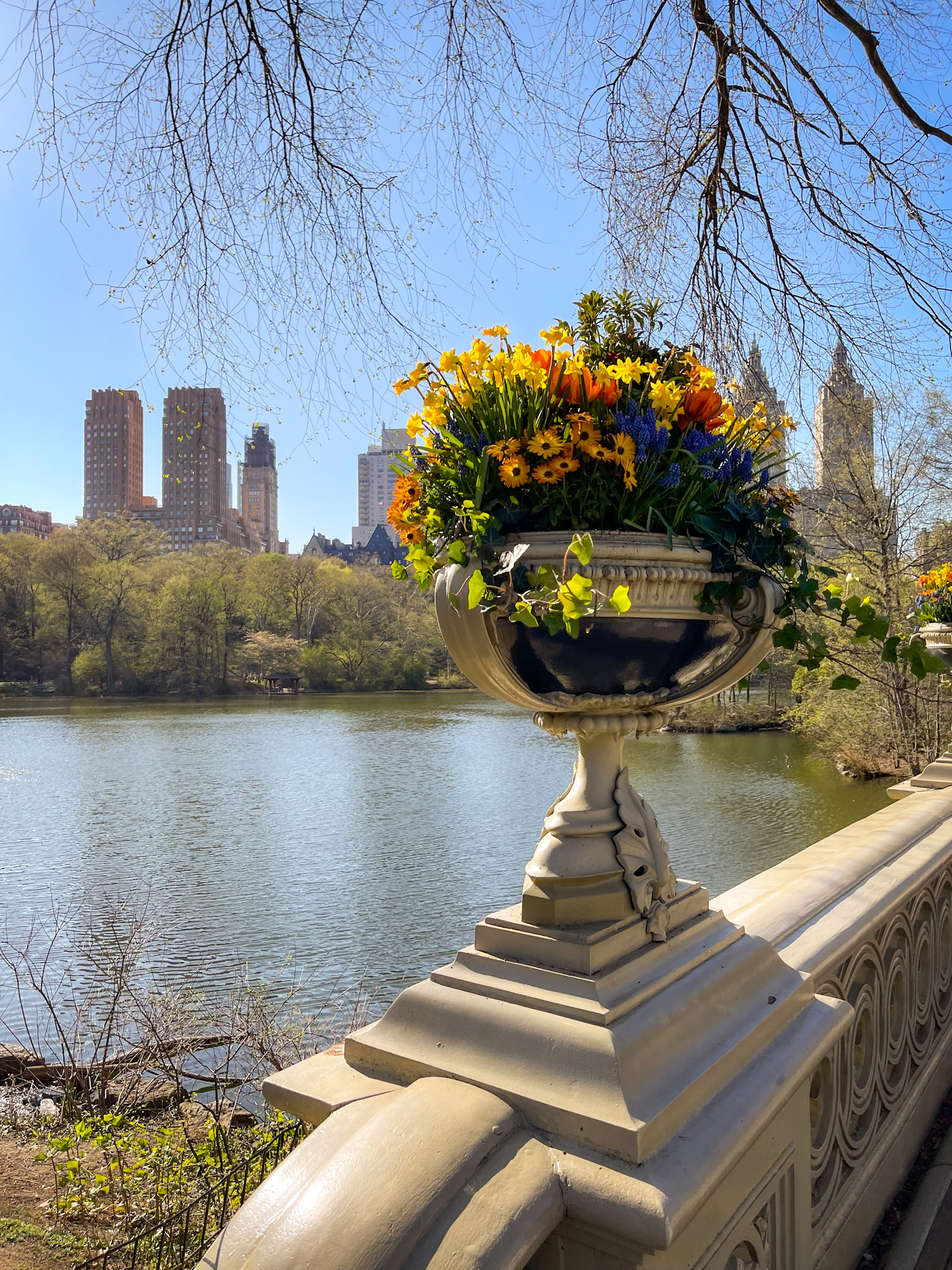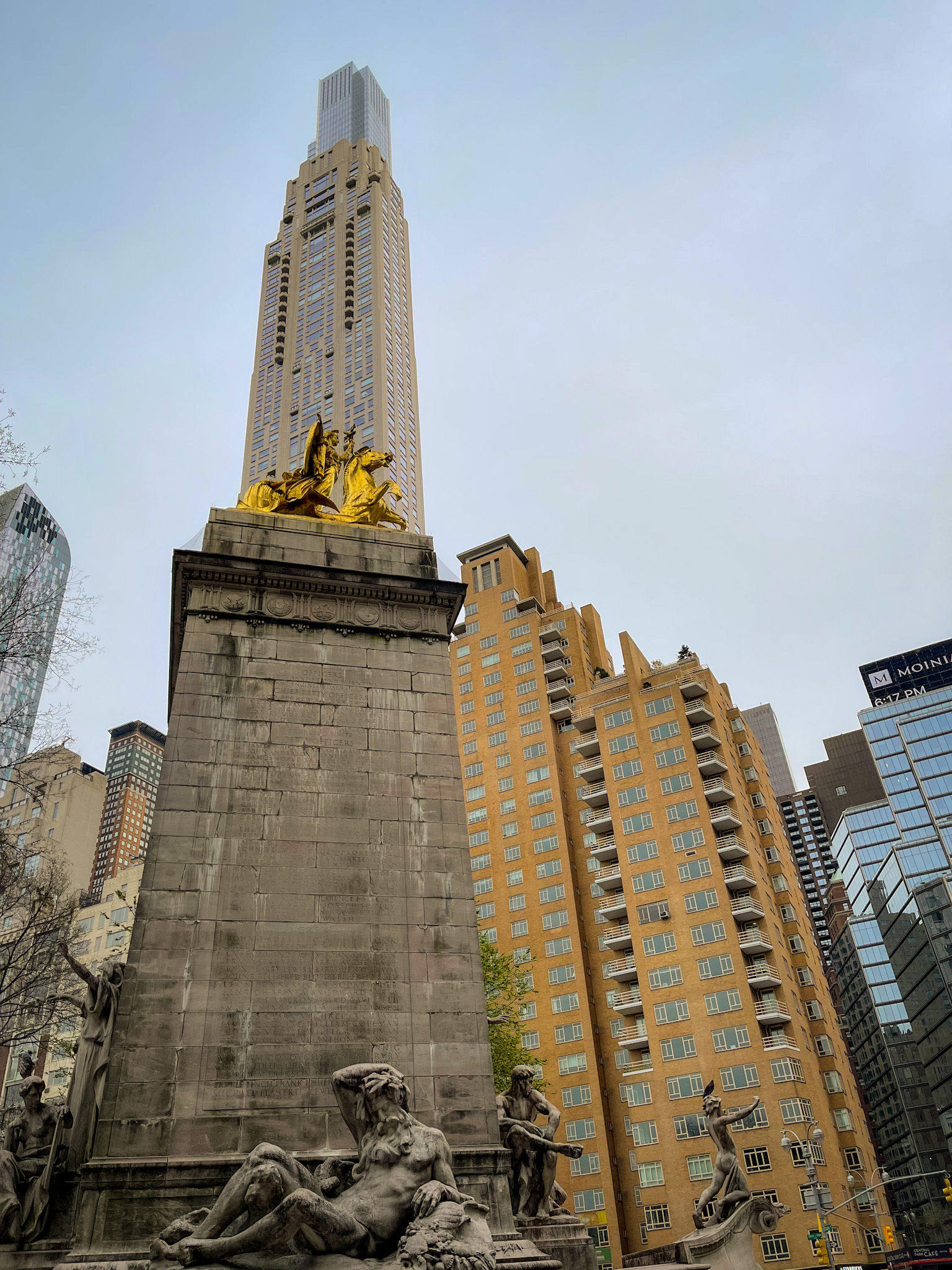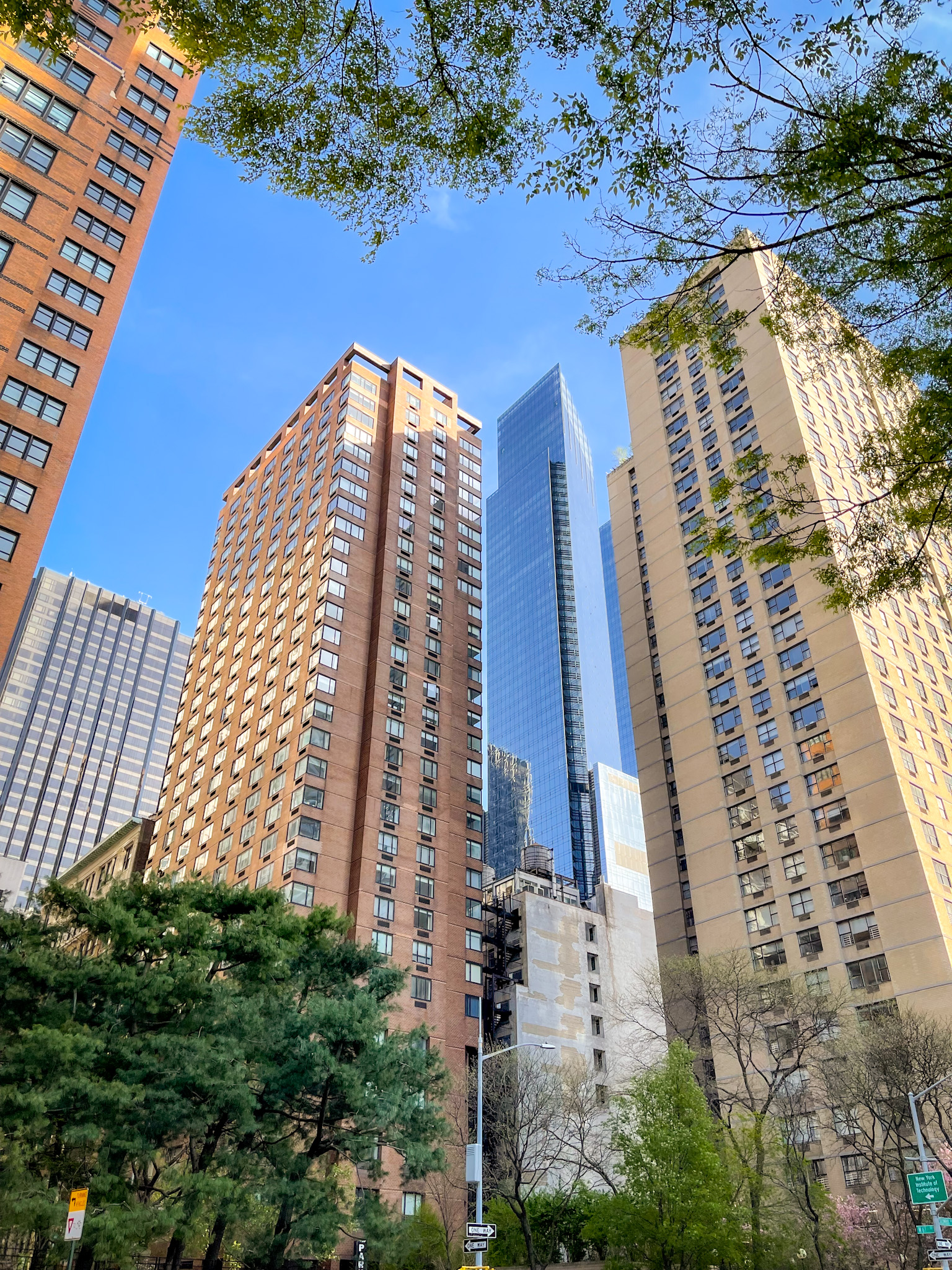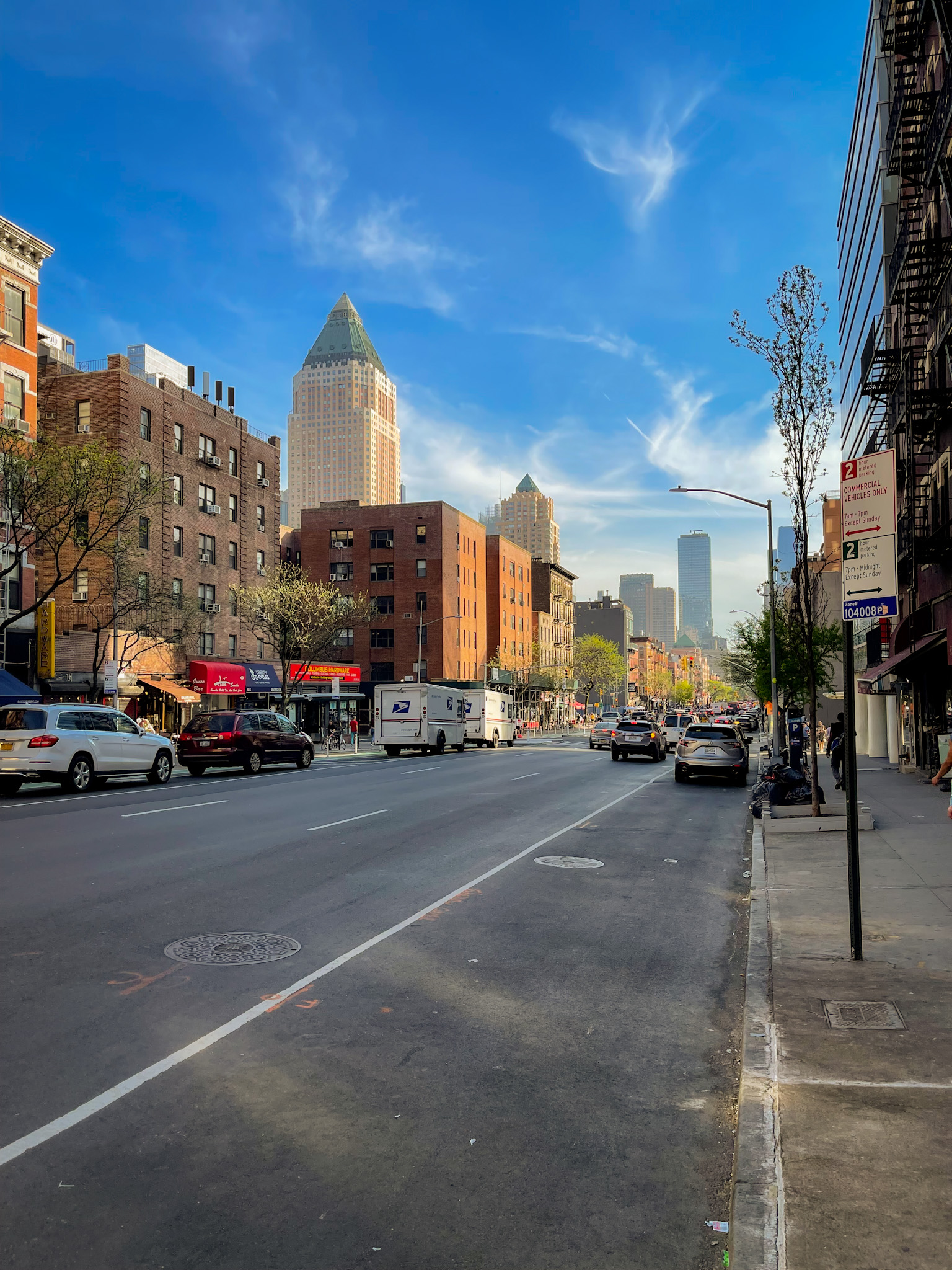My 2023 in Review
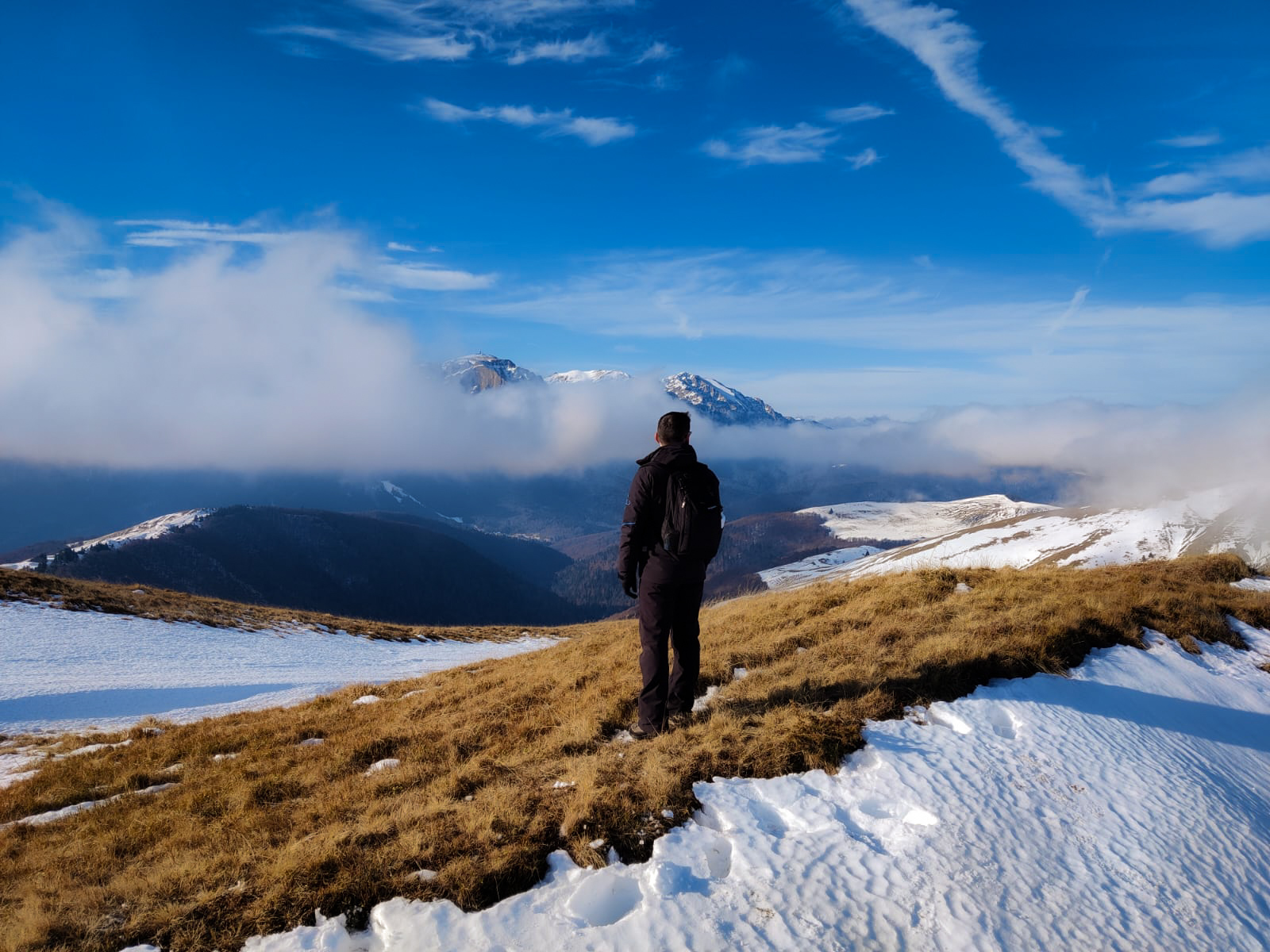 View over the Baiului
Mountains.
View over the Baiului
Mountains.
I've learned to do the Corpse Reviver #2 and the Paloma.
I plan to write each of my year in review articles at the end of December. This one lands at the end of February, so things are not really going as planned so far. To be honest, during the whole year I felt that I've pushed many deadlines, and at times it felt quite overwhelming, but, looking back, my 2023 was not as bad as I thought it would be. Motivation was low throughout the year, sure, but consistency did help quite a lot, and I'm thankful for the habits that helped me decisively.
Goals for 2023
In my 2022 year in review, I set a list of goals for myself, and I am curious how many did I manage to accomplish. Let's start this article with a disappointment, shall we?
- update Downshift to v8
Actually, we're at v8.3.1 and, even though we still have some important things to fix, we are React 18 compatible, we support fully the ARIA 1.2 pattern, we have TS type support for the getter props (a long time coming) and overall API improvements. Actually, I'm not very mad with the current of the library.
- finish Marcy's course and 2 more Frontend Masters web development courses.
The biggest fail for 2023 was in fact the learning aspect. I did not finish Marcy's course, I still have a lot to go, and, obviously, the Frontend Masters courses were out of reach.
- read at least 10 books, starting with Don Quixote.
I fell short of the number 10, but not by far, and the books I've read were actually quite impressive. More on that later.
- improve to 3 times per week gym schedule.
Done. Big win. Not that big gains, but still fine.
- attend at least one dancing congress.
I am going to my first salsa congress in Brasov at the end of January, so let's consider it done.
- visit the south of Spain and New York.
2023 main achievement was travelling, and yes, I did check Spain and New York, among many others. More on that, later.
- revive the Tab Order Testing library I worked at in Adobe.
I reviewed the current state of the art in Microsoft and decided that the library is not going to be useful anymore.
Overall, not half bad. Yes, motivation was not my gratest 2023 asset, but it wasn't motivation that helped me achieve my initial 2023 plans, or the things I achieved on top of them. It was consistency, it was habit. Motivation comes and goes. Habit is there once it's built. I heard about it in most motivational content, and 2023 helped me actually understand why it is so valuable.
Coding Stuff
I've enjoyed quite a successful year at Microsoft, and so far I'm quite happy with the projects I'm contributing to. Microsoft Teams is a very used product, and even though it does have its reputation, it's packed with features and it became better through the years, and I'm happy to contribute to that effort. My favorite part was the March hackathon when I successfully presented my project to the leadership, which got very favorable reviews and we might even see it one day fully implemented in Teams. Super excited about that.
Apart from my normal job, I also continued to code for open source, and updated Downshift to include React 18 and ARIA 1.2 pattern support, among many other fixes. What I'm also proud about is that I continued to write on this blog, and not just tech related articles, but also from my trips, and everything is coming along nicely. Oh, and I also achieved something quite big in the work department, but, at least for now, it's classified.
Hobbies
Quite a few updates here as well. I've started to go 3 times a week to the gym, and it feels so good. I've also resumed basketball once per week and also running, even though it became mostly a once per week event as well. Overall, I'm quite satisfied with my current active shape, and I look forward too keeping it. I only wish that I've been more times on hiking trails, as 2023 was not my best, so I hope to improve the hiking frequency in 2024.
A big change for me was giving up bachata classes, but, on the flip side, I continued my salsa classes, and I'm having a blast. I'm super happy at my current dance school and I feel that I'm improving. To top it off, I went to my first salsa congress in Brasov in January 2024 and, even though I dislike staying awake at night, doing only that while not doing anything else during the day is, let's say, manageable. The congress itself was super fun, I feel like going again next year.
| Algarve Beach Hiking | Guns 'N Roses Concert |
|---|---|
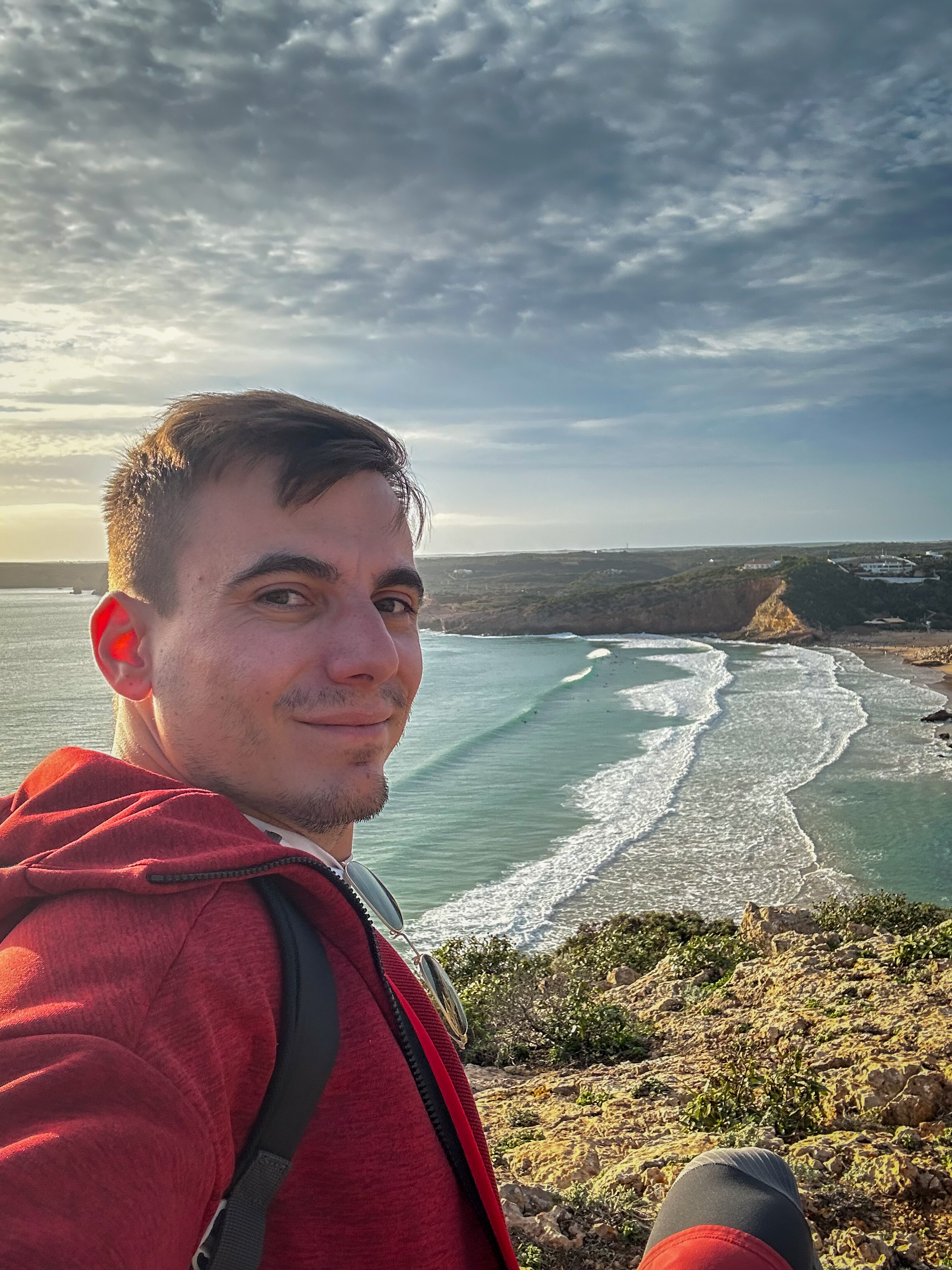 | 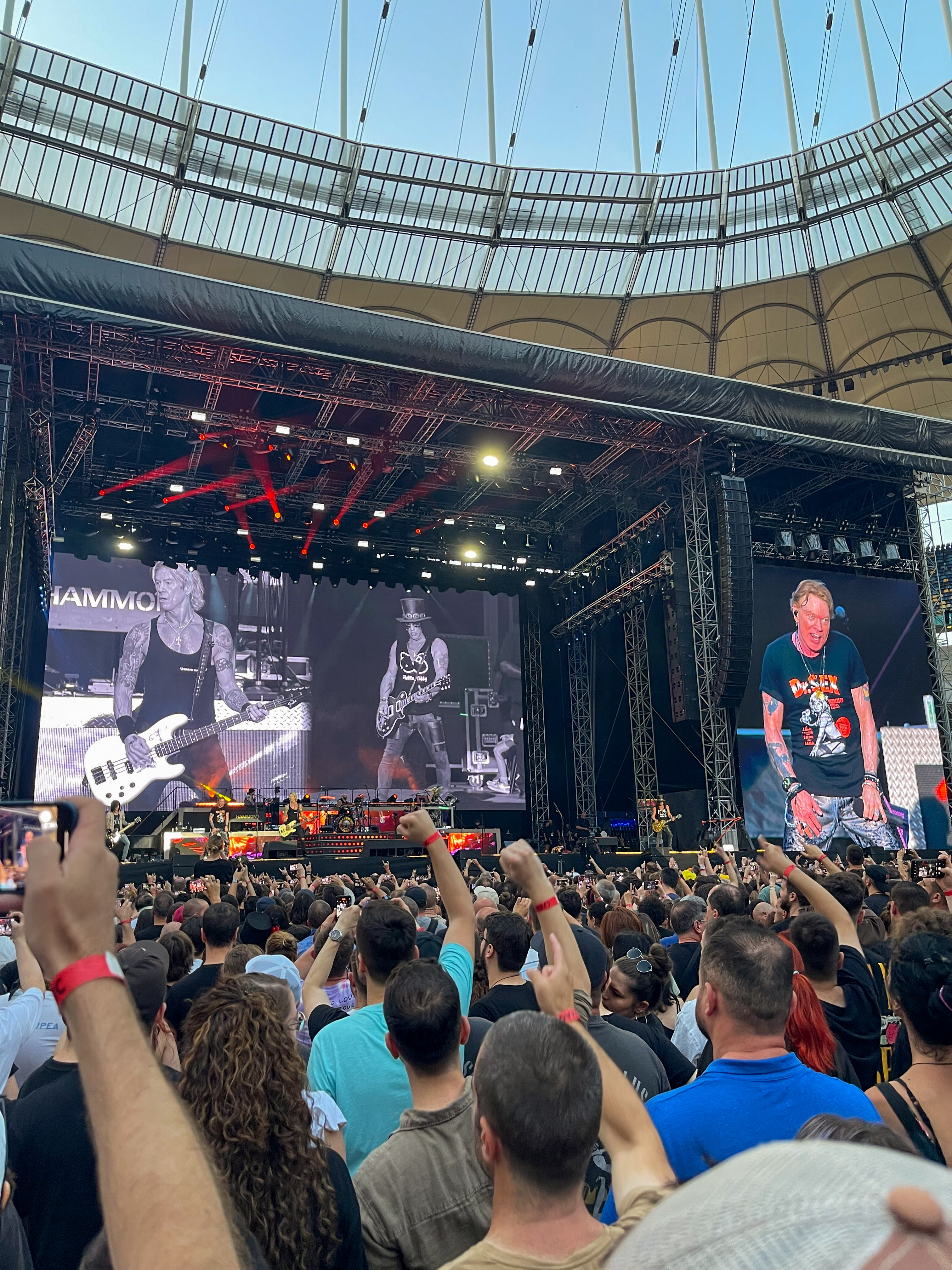 |
Another event worth mentioning for me was the Guns 'N Roses concert from July at the Arena Nationala. I was lucky to receive tickets for the concert and wow, what a show. It was an incredible experience, and a top notch performance from the band. I won't forget it anythime soon. Even though the sound from their microphones was annoyingly cut out many times, the event was unlike anything else.
Oh, and did I mention that my banana bread is probably the best in the world? I perfected my technique quite a bit. Also, I added the lemon and like cakes to my portfolio, so the coffee shop does not sound like a bad idea at all. Oh, and cocktails! I've learned to do the Corpse Reviver #2 and the Paloma.
Books
I aimed to read at least 10 books during 2023, and I fell short of that number, but not by far. Here's my list:
- Don Quixote, Miguel de Cervantes. I had so much fun reading this, even though it was quite a long book. It wasn't only fun, but a great insight into human nature, idealism, and reality versus imagination. The other stories inside the book are fun as well, especially the one with the husband that used his friend to check on his wife's loyalty.
- The Little Prince, Antoine Saint-Exupery. This tiny book is a great opener into subjects such as human relationships, love and innocence.
- Augustus, Adrian Goldsworthy. I'm a sucker for ancient history and I've previously read Caesar from the same author. Augustus did not disappoint, as it tells the story of Octavian, with his early blunders and not so many achievements, as he took advantage of his situation in the context of the late Roman Republic and became the de facto ruler of the Roman world.
- Lord of the Flies, William Golding. As with 1984, it reminds us of what human nature really is when left unchecked.
- Myth of Sysyphus, Albert Camus. I'll be honest, I got nothing here.
- Invisible Man, Ralph Ellison. I've enjoyed this one quite a lot, as the narrator grappled with racism, injustice and political manipulation as he endlessly searches for his personal identity.
- The Richest Man in Babylon, George S. Clason. It was a very useful read to refresh my own ideas related to wealth and budgeting.
- Jane Eyre, Charlotte Brontë. A very refreshing book, as it goes beyond the love story into feminism, the search for identity and social justice.
So, not really 10 books, but not very far off. My favorite was probably Jane Eyre, given the main character's complex journey and the very deep insight of her thoughts. The Invisible Man was not very far off.
Travelling
If there was a personal highlight of 2023, travelling would have been that one. I love travelling, but 2023 was on a whole different level for me, and, to be honest, it felt really good. I enjoy spending both a few days in a different place, as well as a full 2 week vacation far from home. It helps me clear my thoughts, re-energise and even become more creative within my daily work. I only wish 2024 to be quite similar in this regard. Here it goes, the list of all the places I've been to:
- Prague, January. It "happened" for me to be in Prague for Microsoft's Winter Party. What a coincidence.
- Perugia, March. One of those random destinations you pick because plane tickets are cheap, and it proved to be a very good idea. The biking along the Lago Trasimeno was the highlight, for sure.
- New York & Seattle, April. Best vacation for a while, maybe the best ever. I now have a new favorite city and can't wait to go back there. Seattle is also great, given its laid back atmosphere, greenery and nearby hiking spots.
- Oslo, April. Another random destination, can't wait to go back to Norway for a more hiking & nature oriented experience. Oslo was quite nice as well, and it has great museums too.
- Prague, June. Business trip with a little bit of fun. The biking trip to Karlstejn was, well, quite something.
- Malta, August. It was so hot, but everything else was great. Can't wait to go back to the island, it's full of fun stuff to do. Need to book that Katamaran experience in advance, though.
- Naples & the Amalfi Coast, September. Naples is a great city to visit, as it has a quite strong personality. Also, the beauty of the Amalfi Coast is unrivaled. Can't wait to go back there again, as Capri and Amalfi are next on the list.
- Prague, October. Yeah, it's my favorite place to visit. This time there was no hardcode bike trip, just coffee, food and walks. And I finally went to visit the Prague Castle.
- Lisbon & Algarve, November. The other long 2 week trip, and what a trip it was. Everything was perfect, I hiked on the sea shore, I climbed on top of castles, I rested on the beach surrounded by dramatic cliffs. I also missed Web Summit this year, but really, whatever. I made the most out of it. Oh, and that entrecote, oh my.
- Catania, November. Maybe my hopes for this one were quite high, and it was maybe a bit disappointing, but I would still return to Sicily, maybe in the spring is better.
- Malaga, December. I'm going to return to the south of Spain, for sure. This place is marvellous, the weather is incredible, the people are smiling, and I loved it.
| Central Park Selfie |
|---|
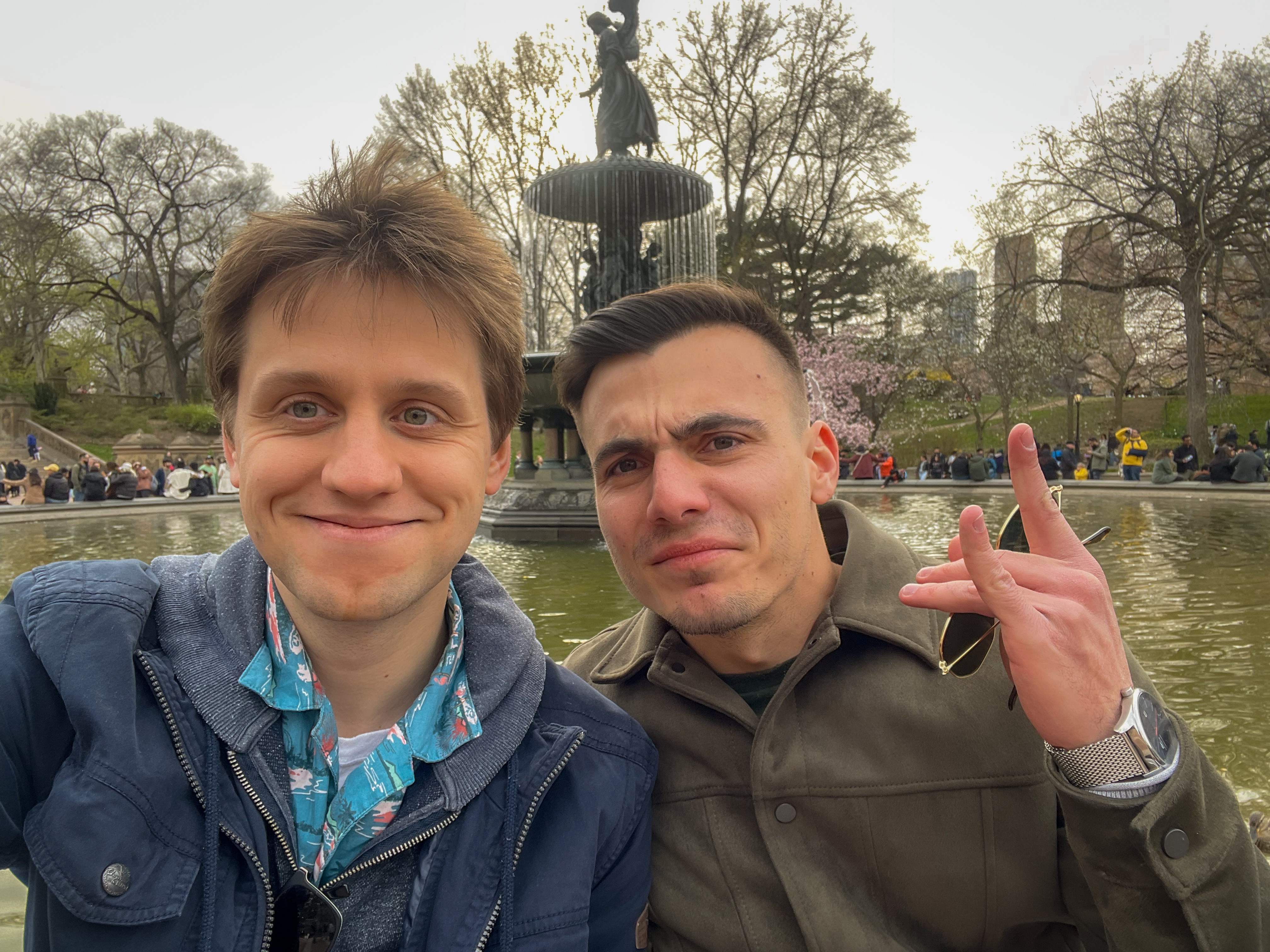 |
11 trips in total. Not bad. I want more. More is better.
Goals for 2024
Let's see.
- Finish the A11y course and do 2 more courses on Frontend Masters. Same as last year, but I'll actually do it.
- Read at least 10 books. Again, same as last year.
- Go on a trip to Asia. Anything really, Japan, China, Thailand. All three. I don't care, but I want to go there.
- Bump Downshift to v9. We do have in plan some API changes, apart from the fixes we want to implement.
- Cook 3 new recipes.
- Hike at least 6 times. Once every couple of months. Should not be too difficult.
- Make a big move. It has been quite some time since I did not do anything radical, ever since I came back from Prague in 2020. I feel that it's time I changed something dramatically about myself.
- Start doing yoga.

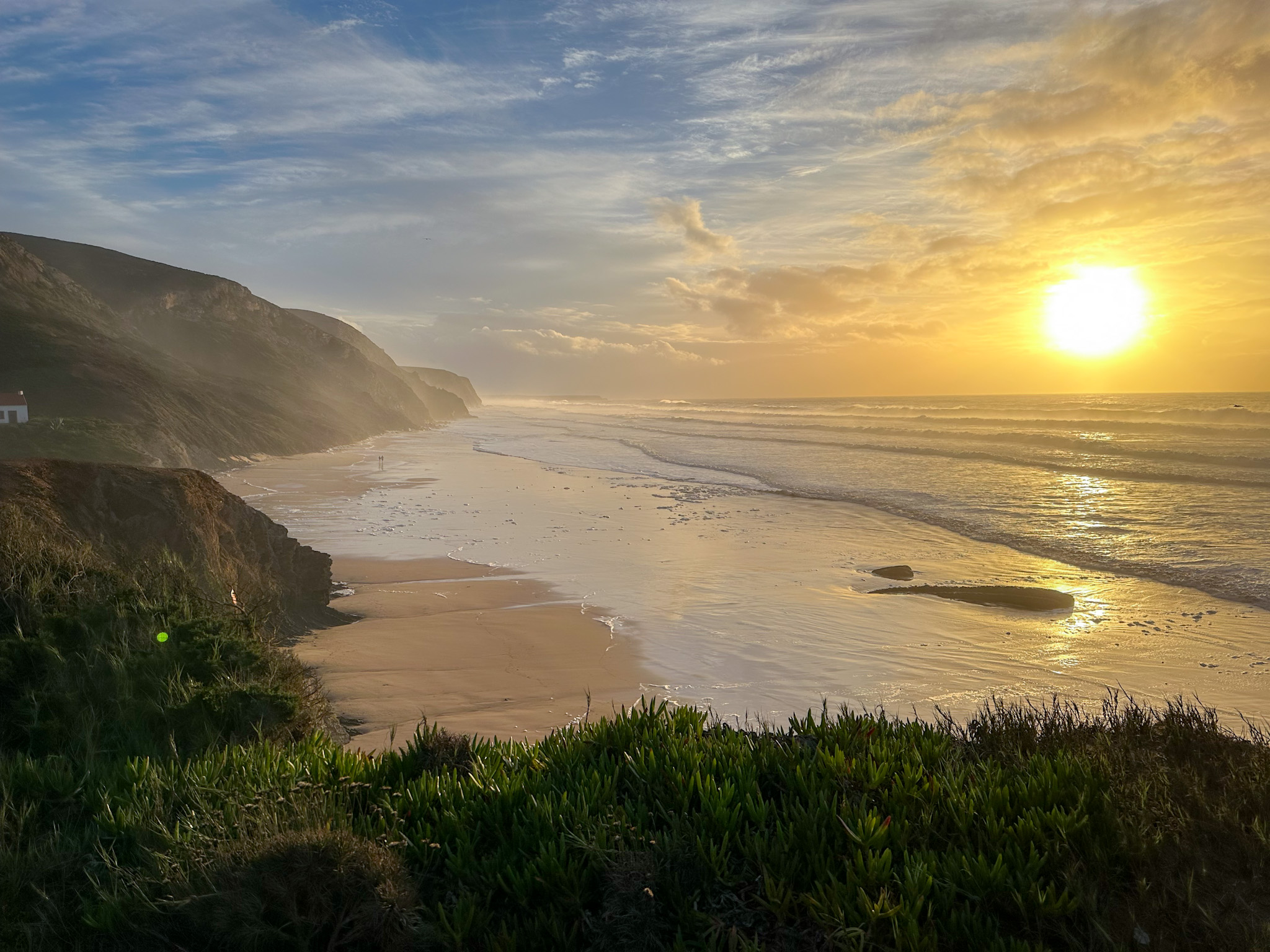 Praia de Vale Figueiras at
sunset.
Praia de Vale Figueiras at
sunset.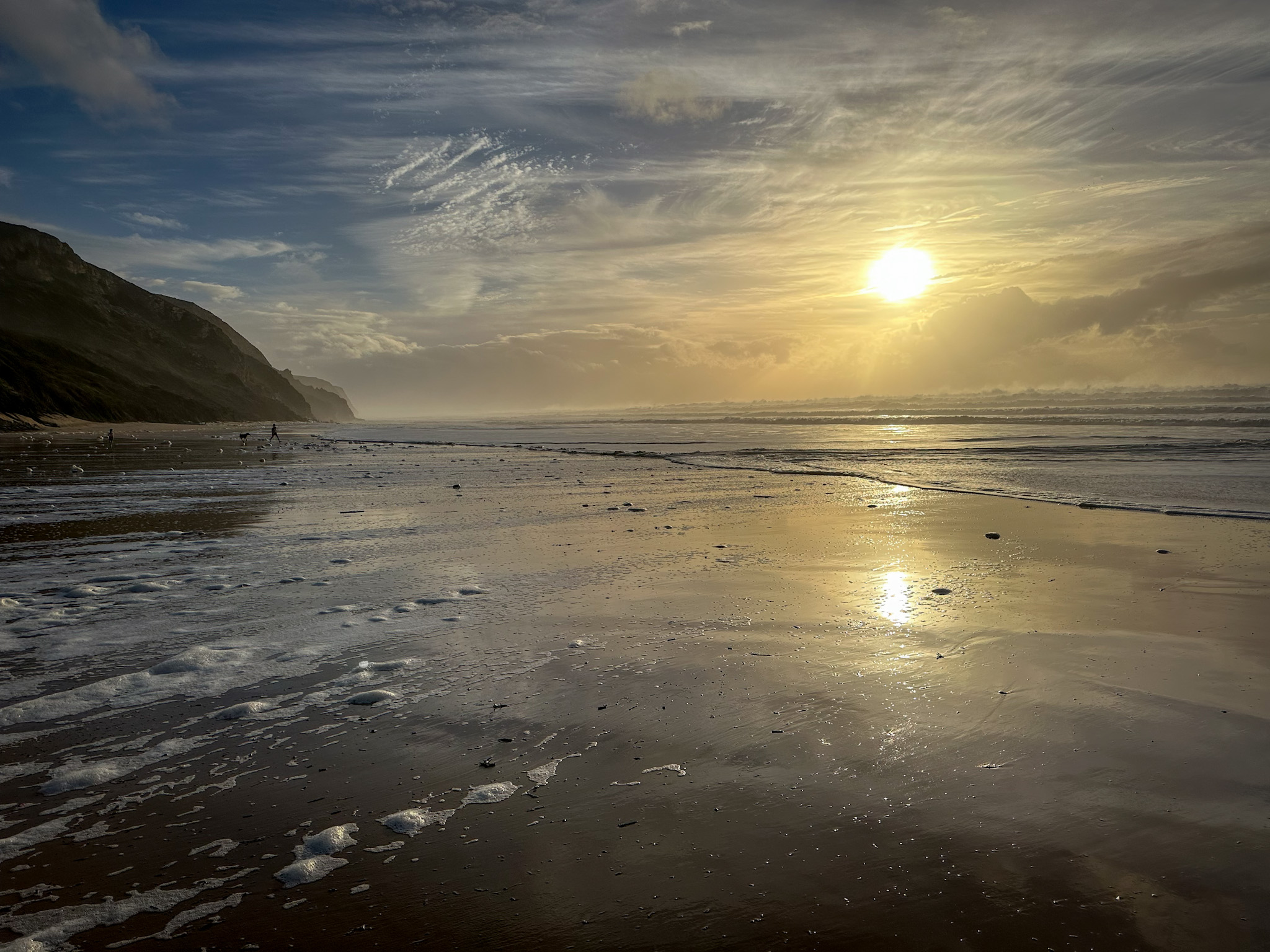
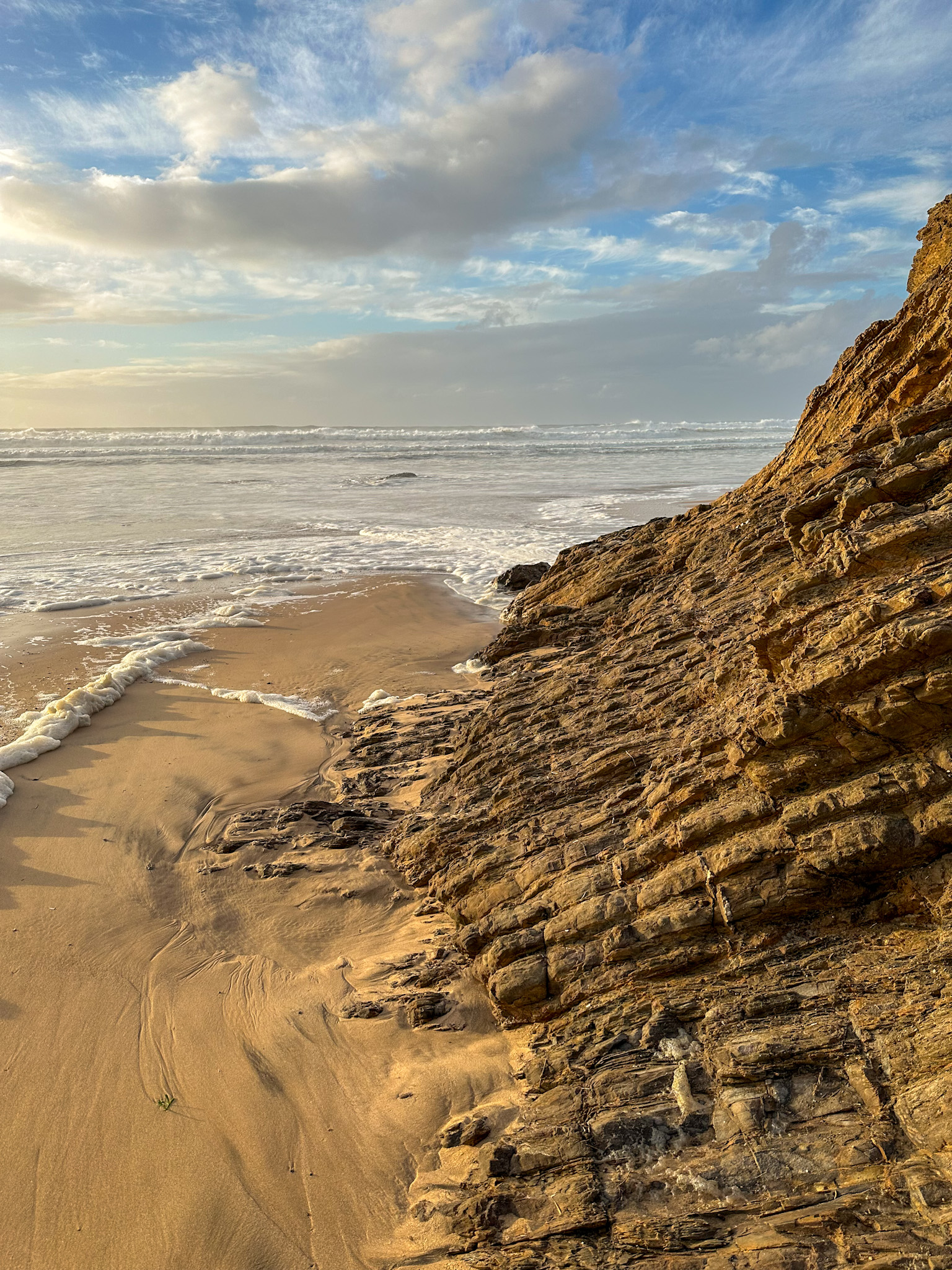
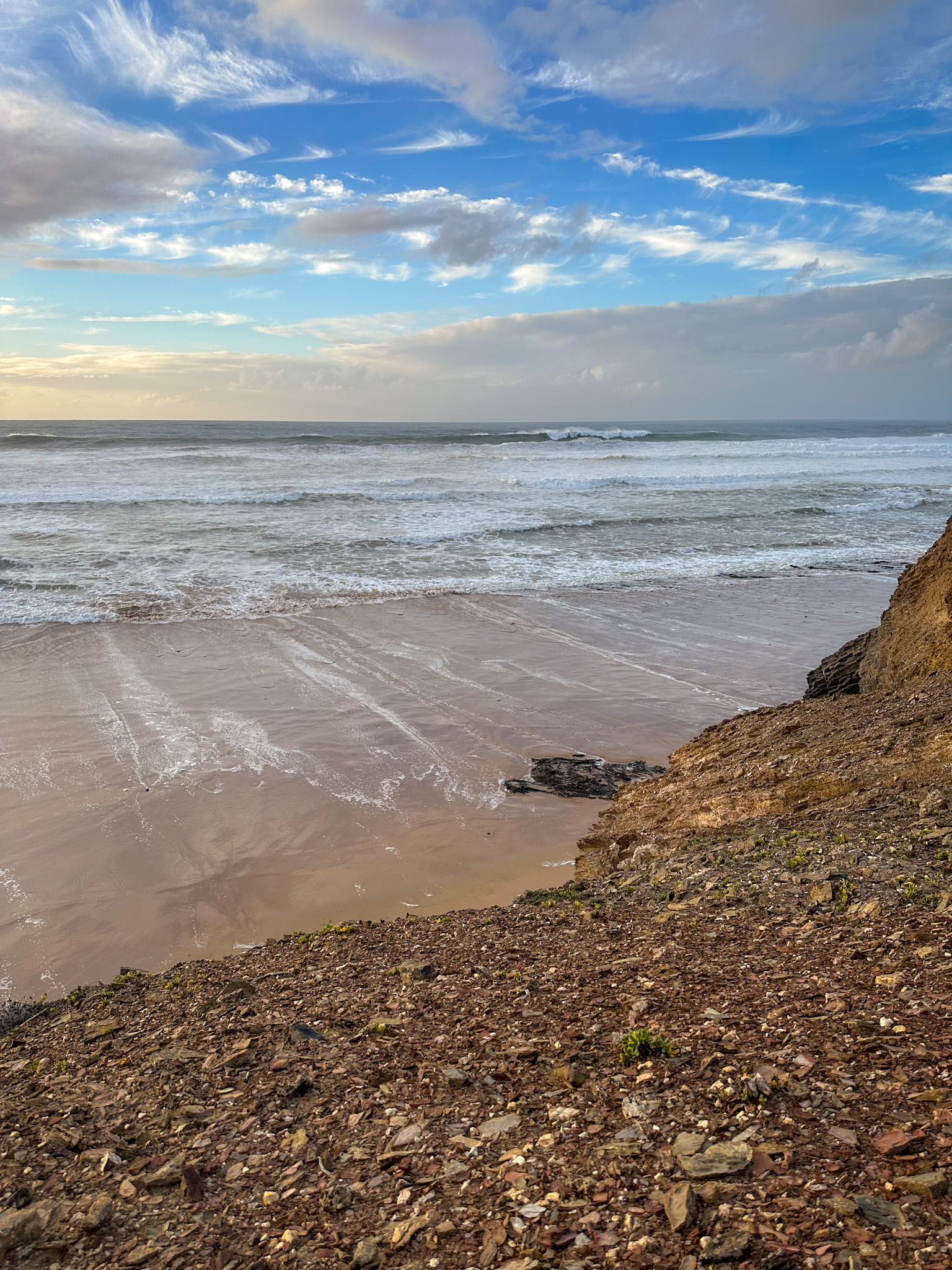
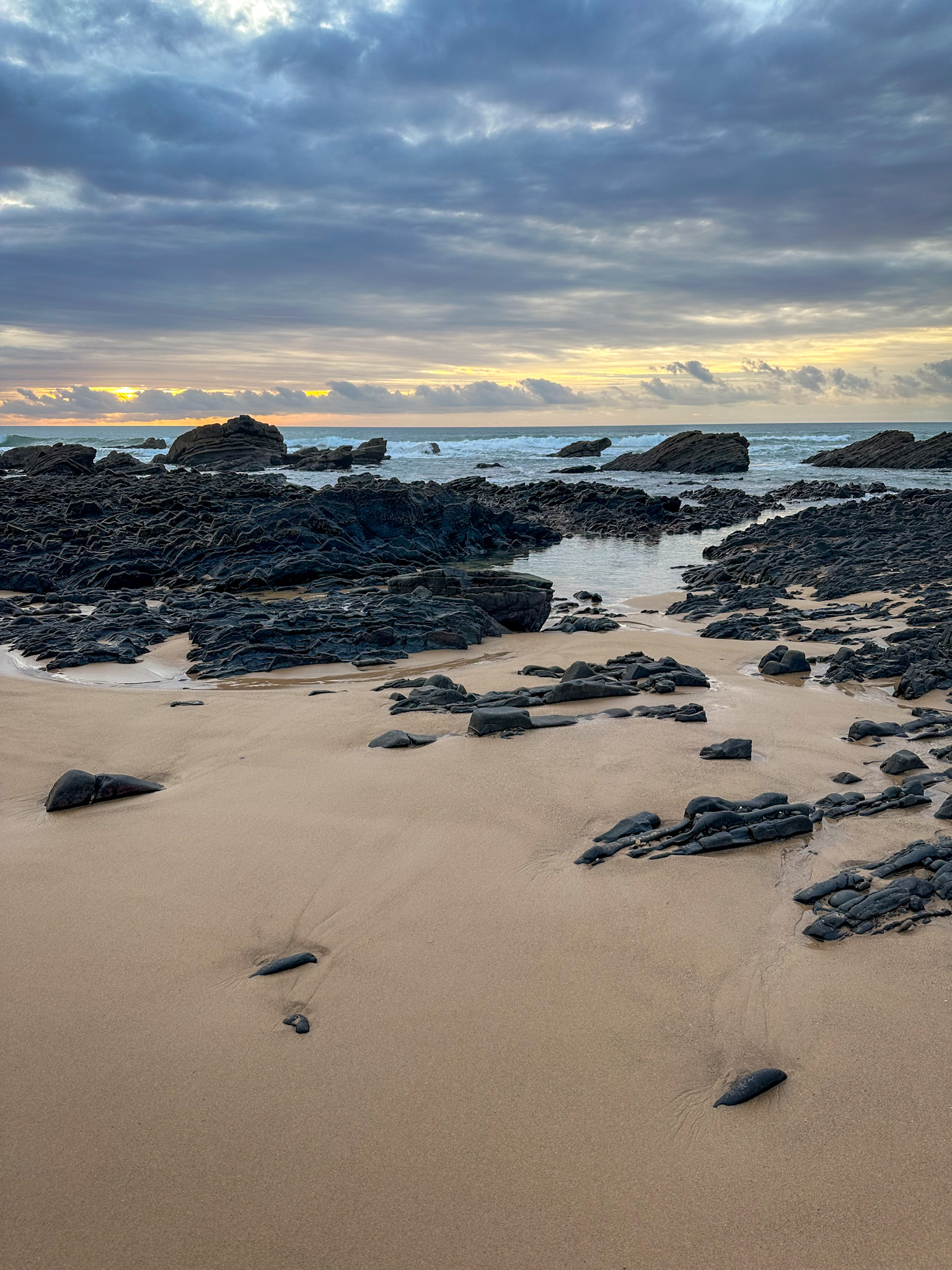
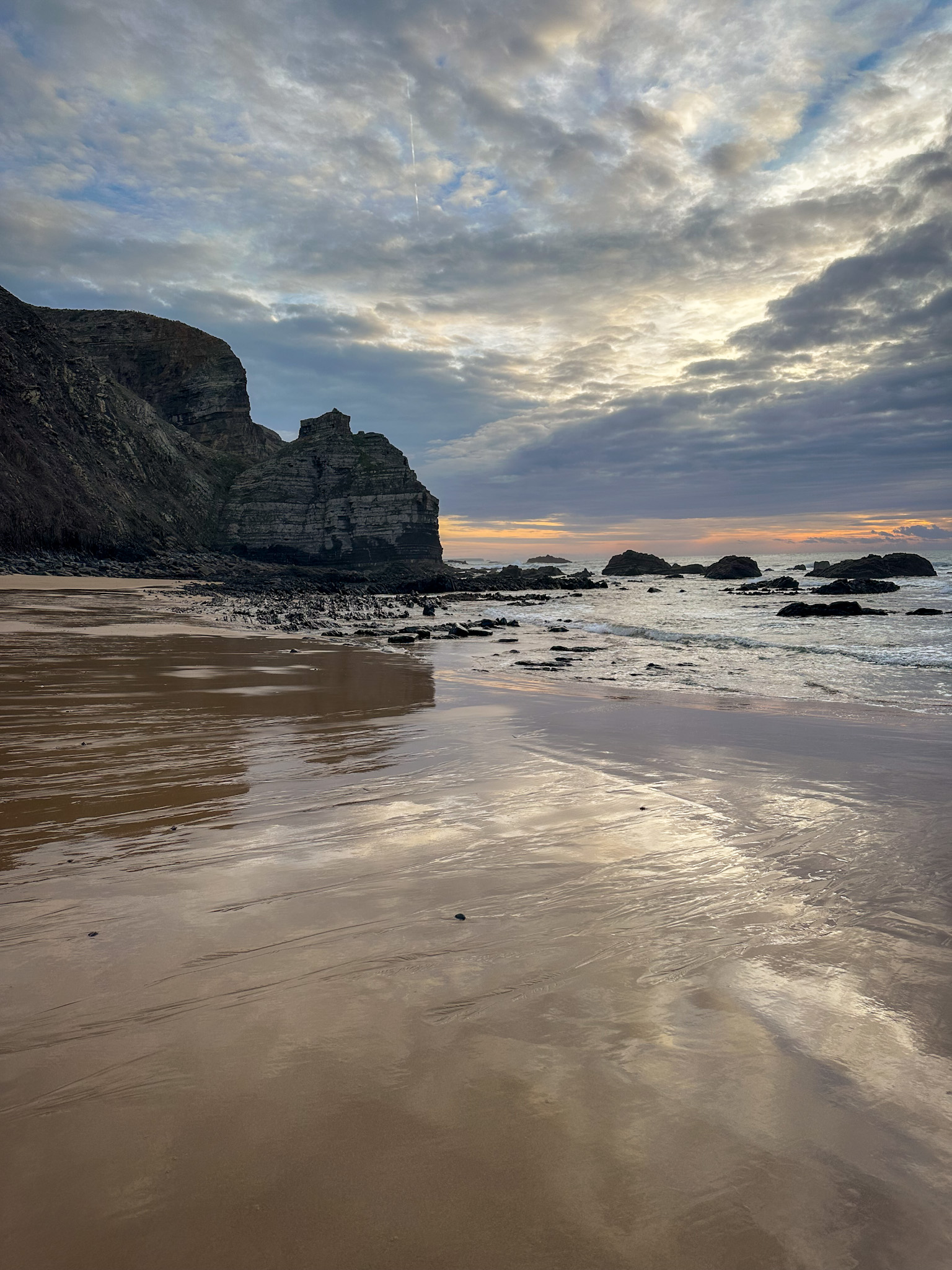
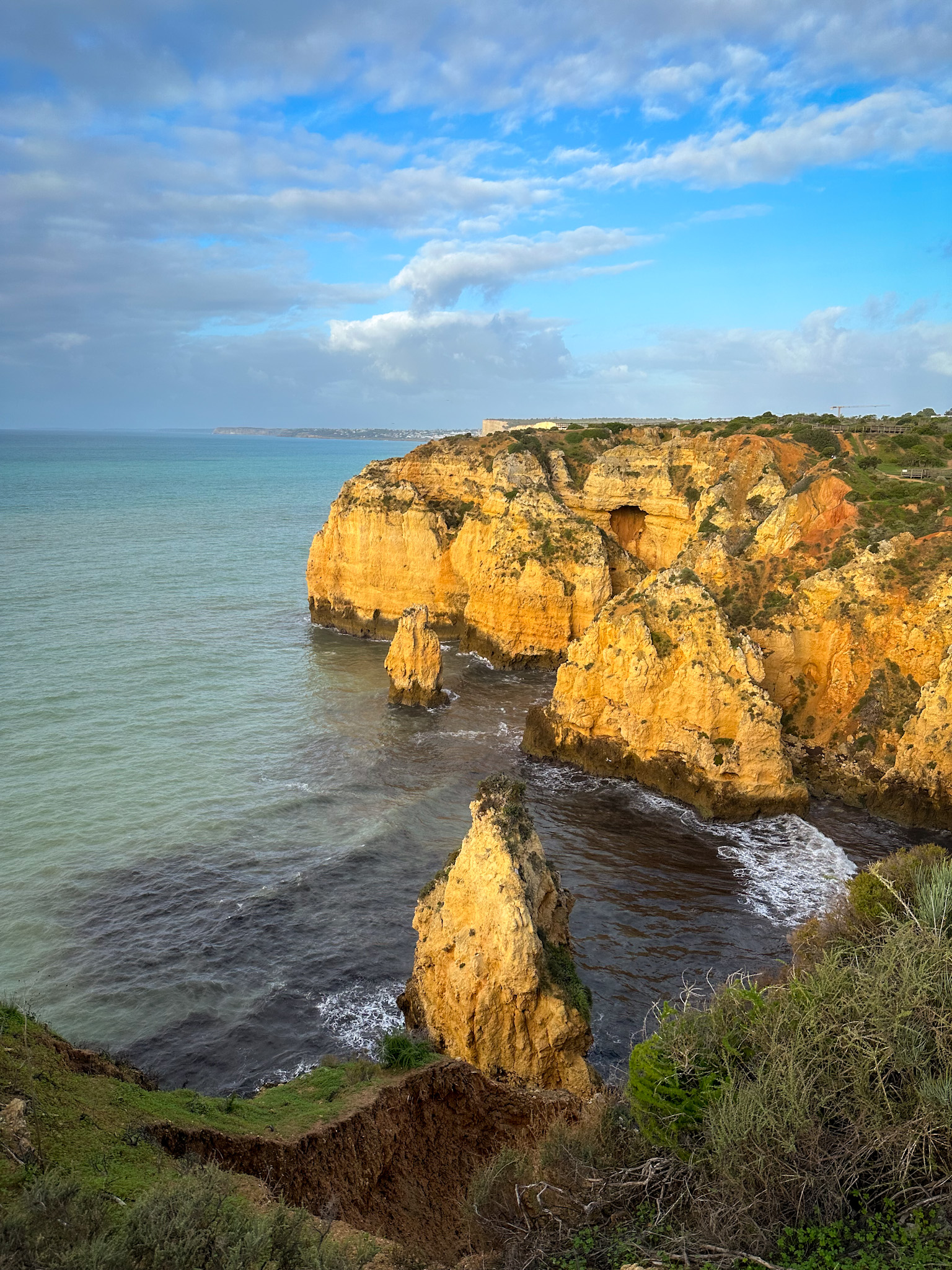
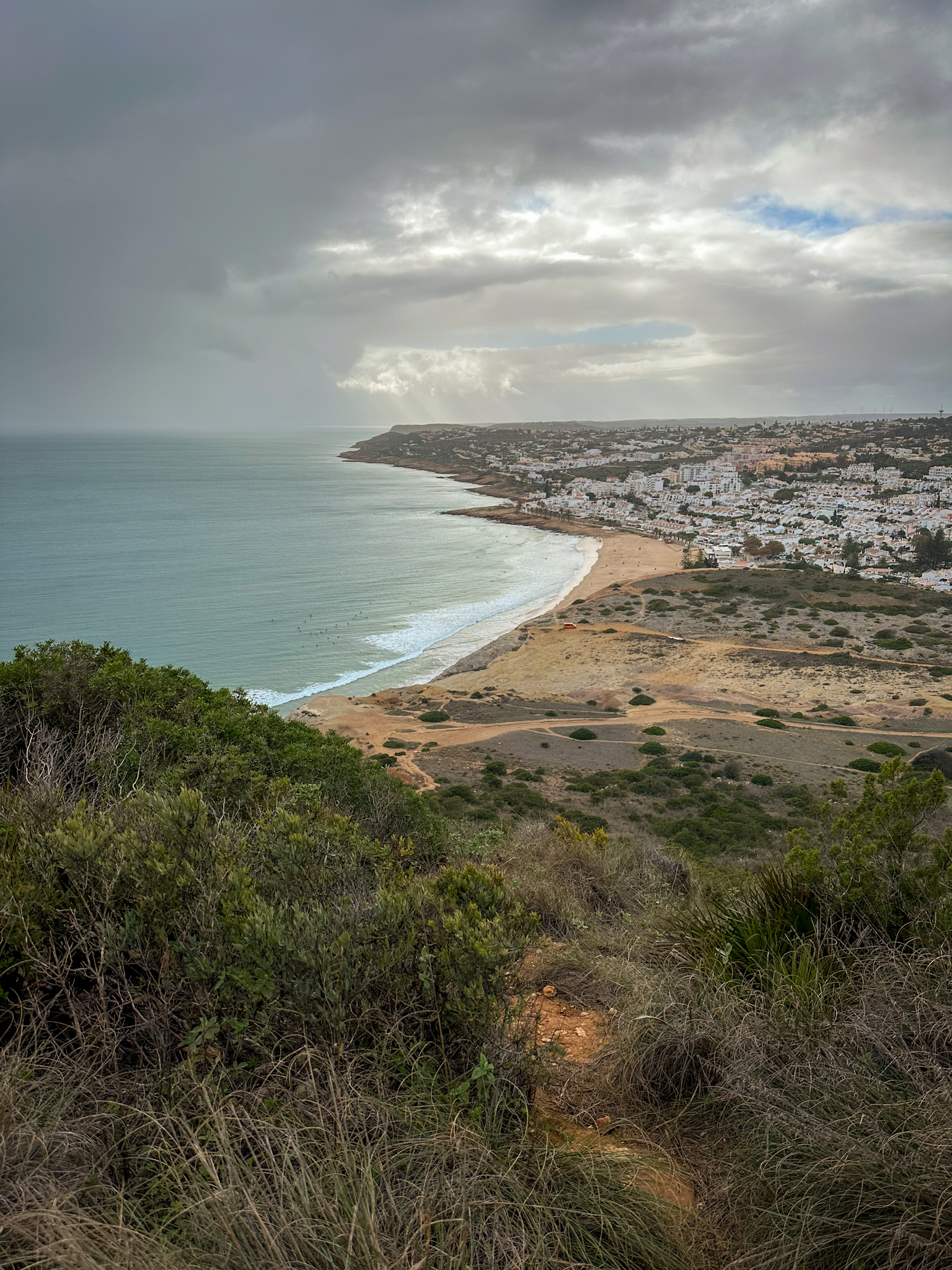
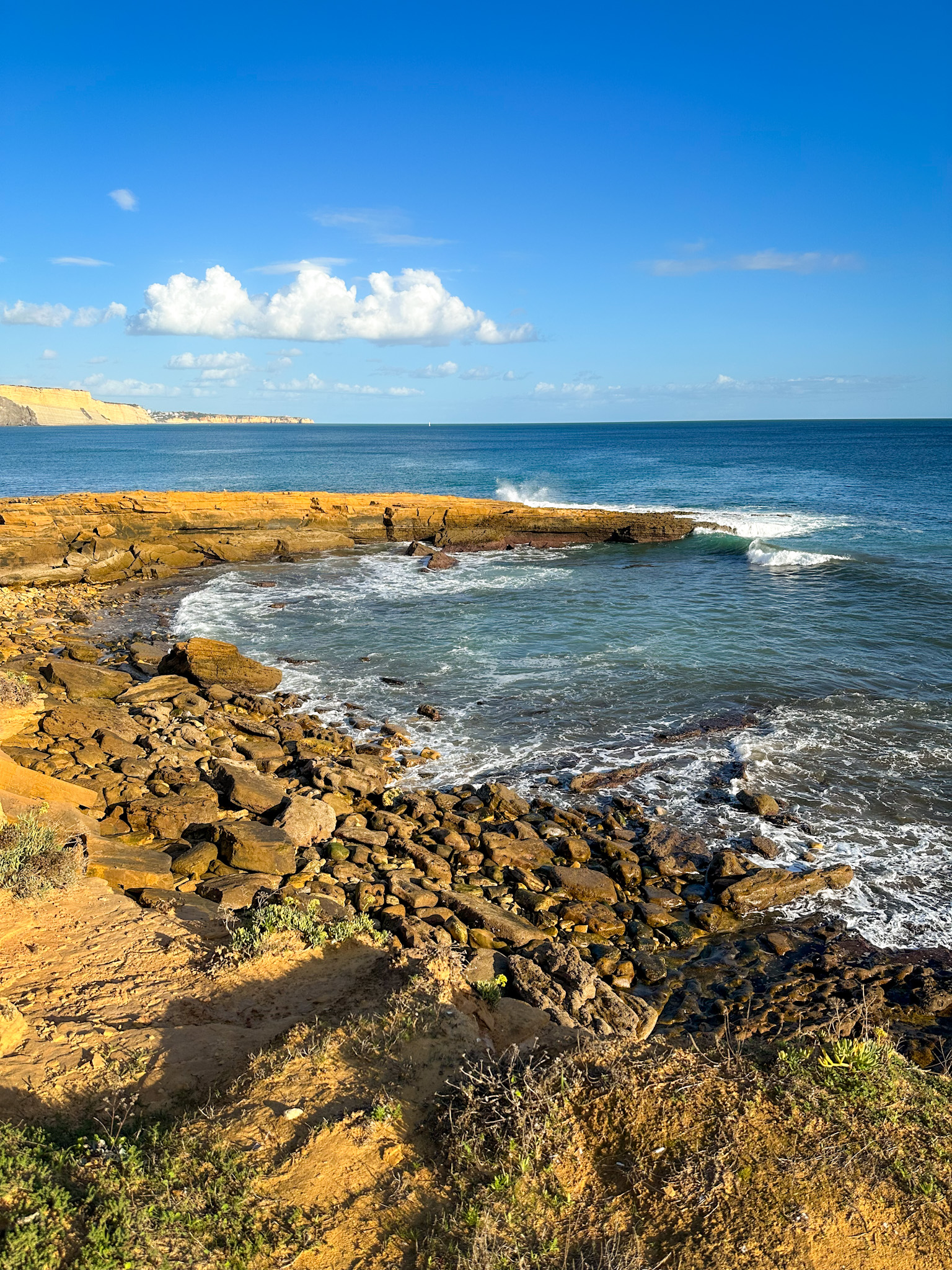
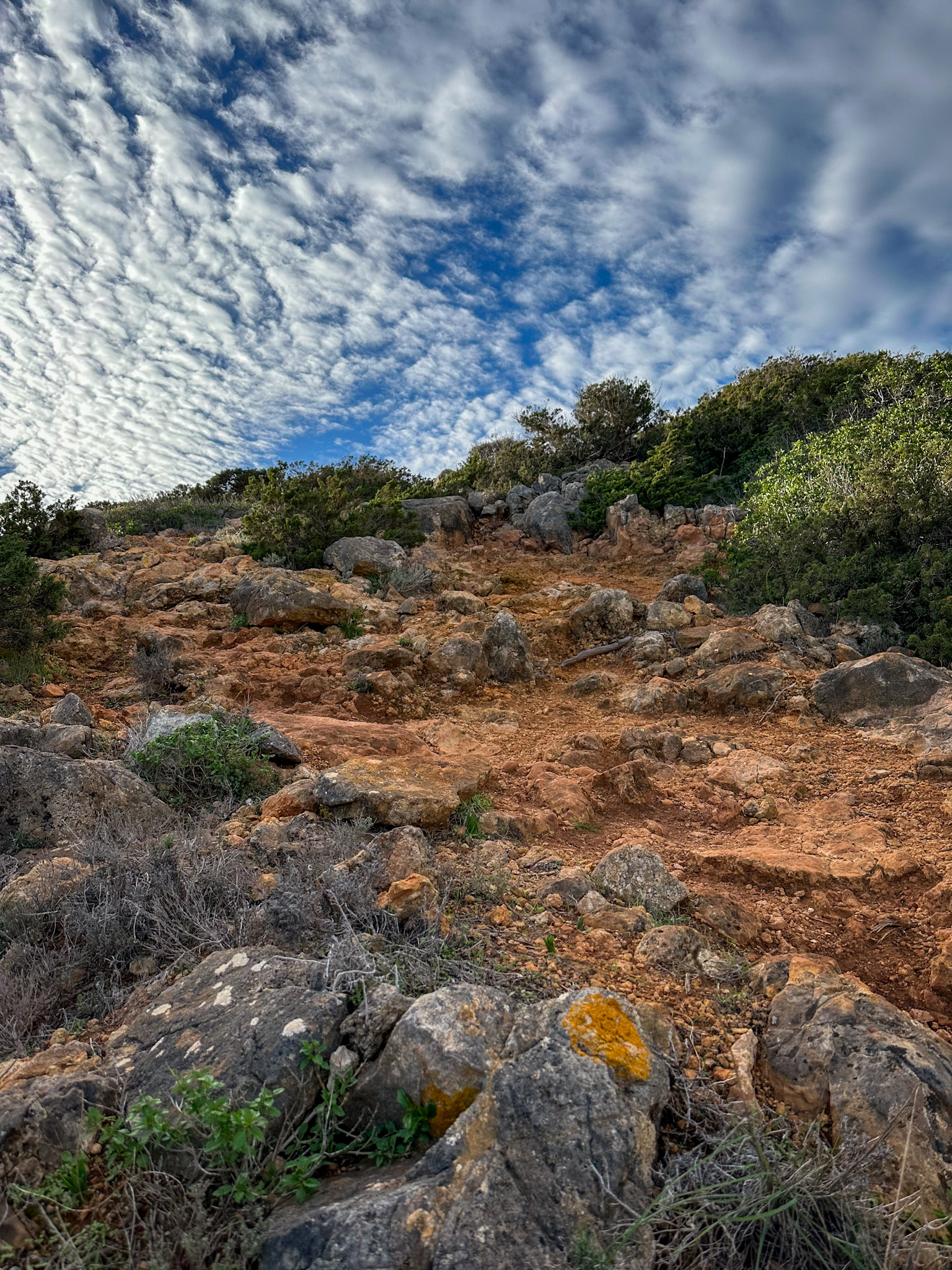
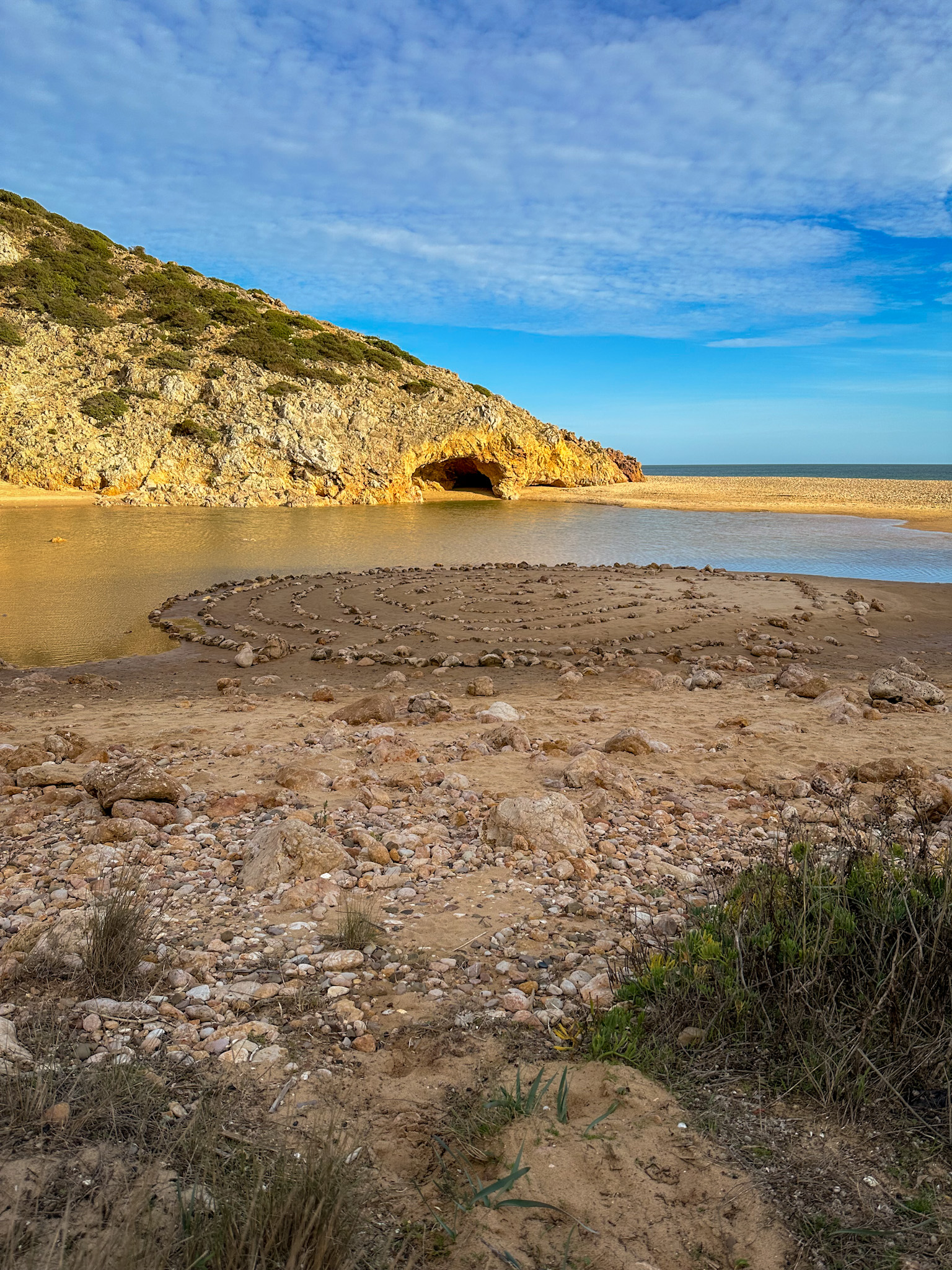
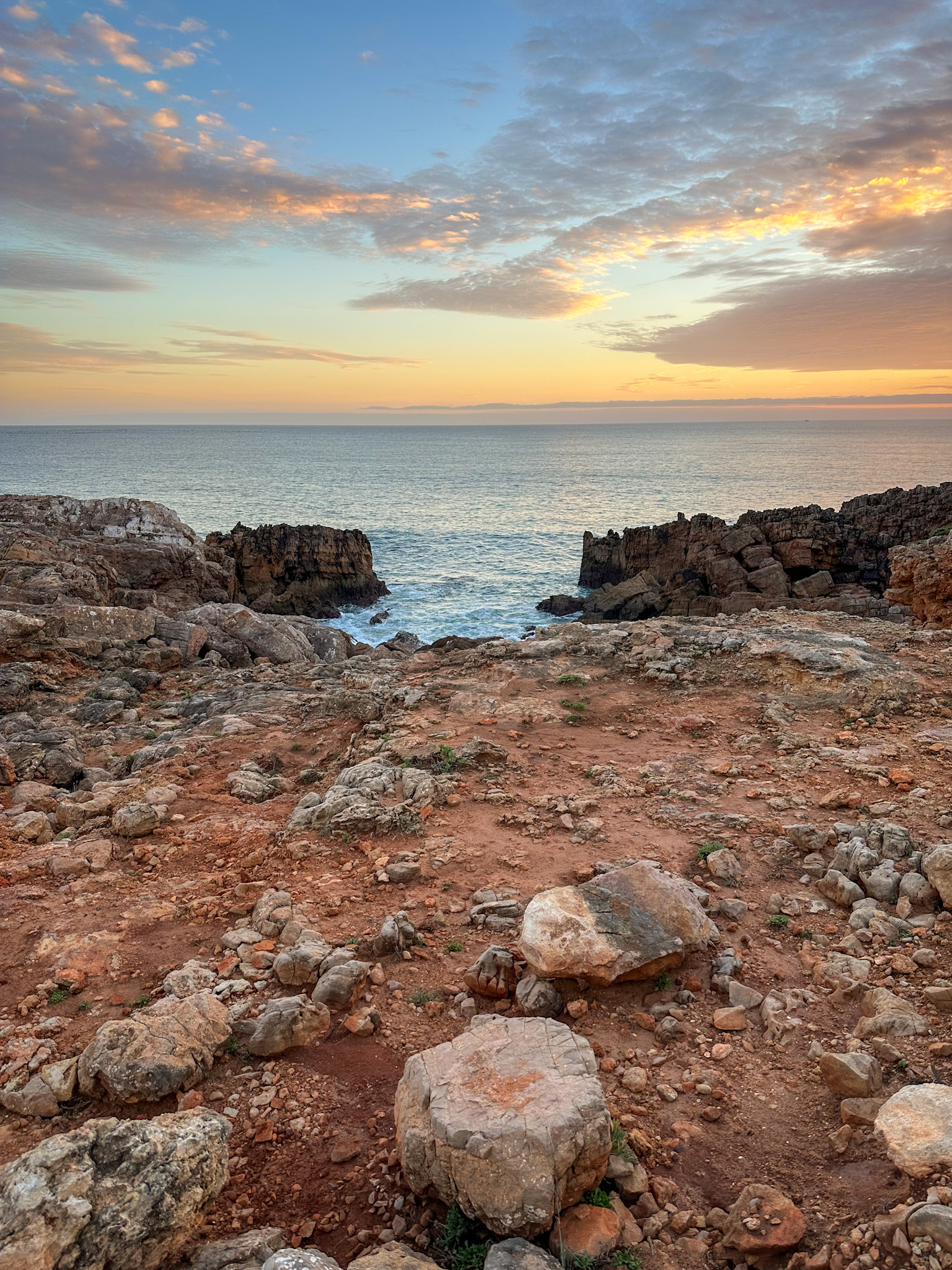
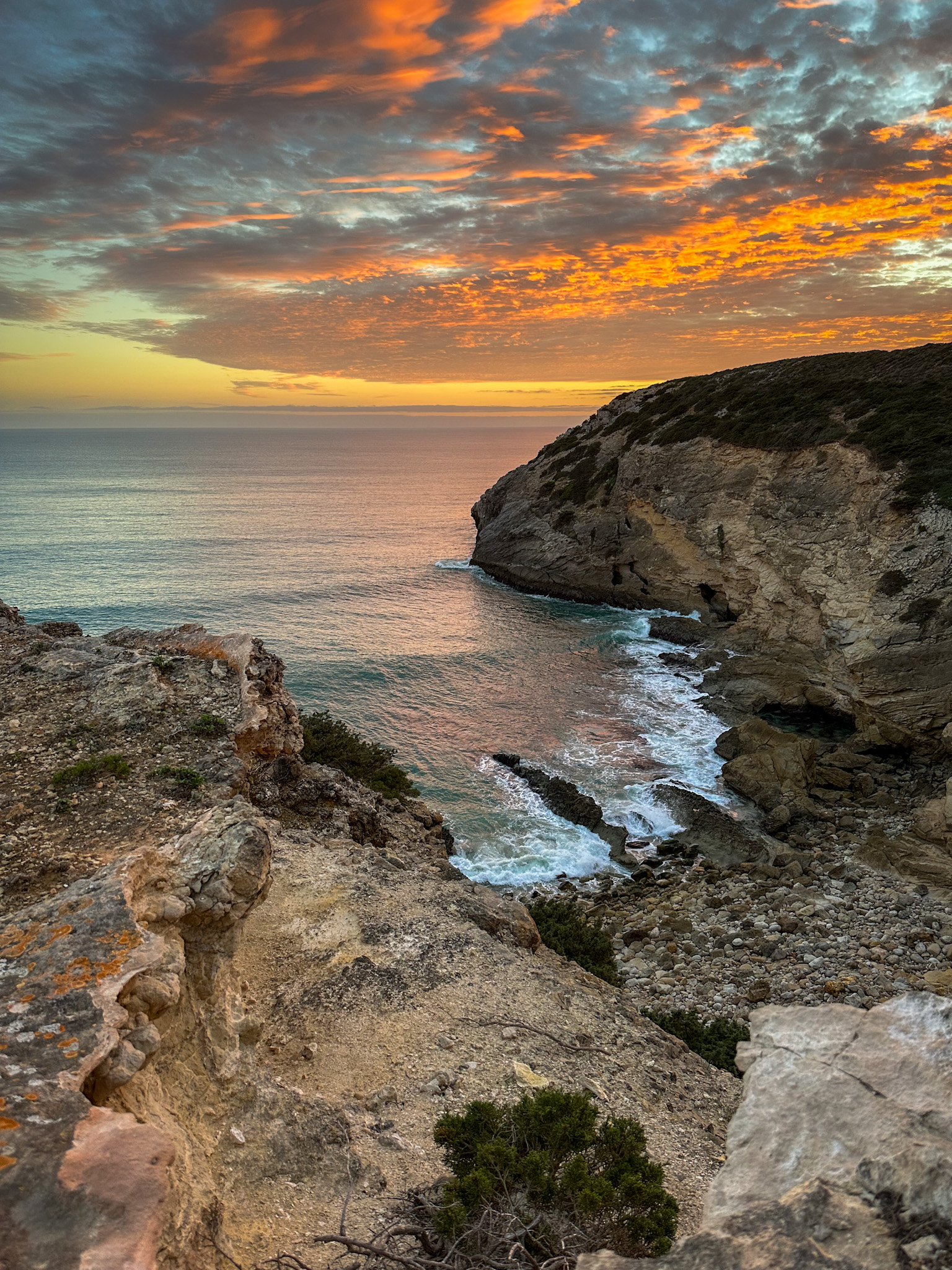
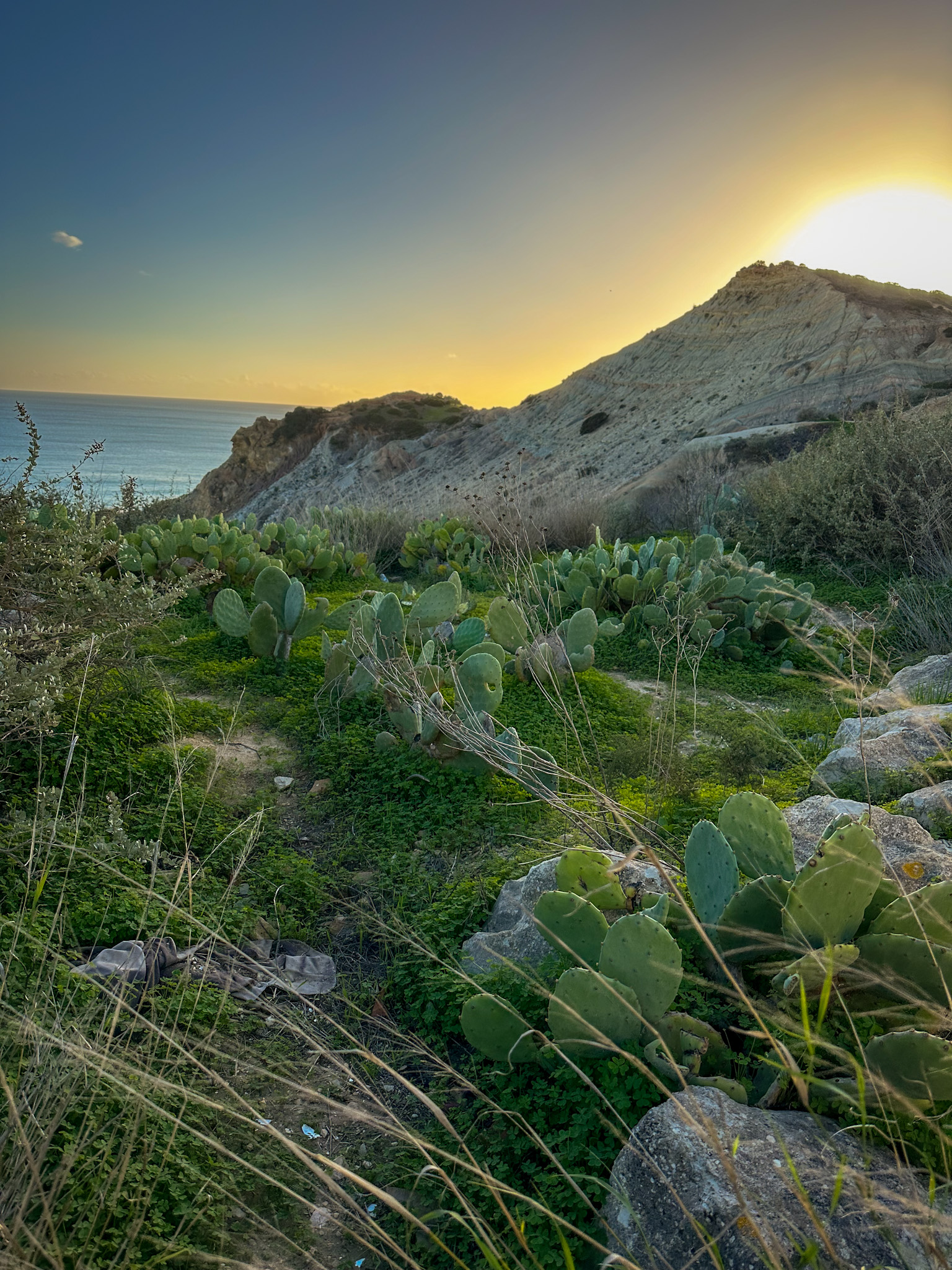
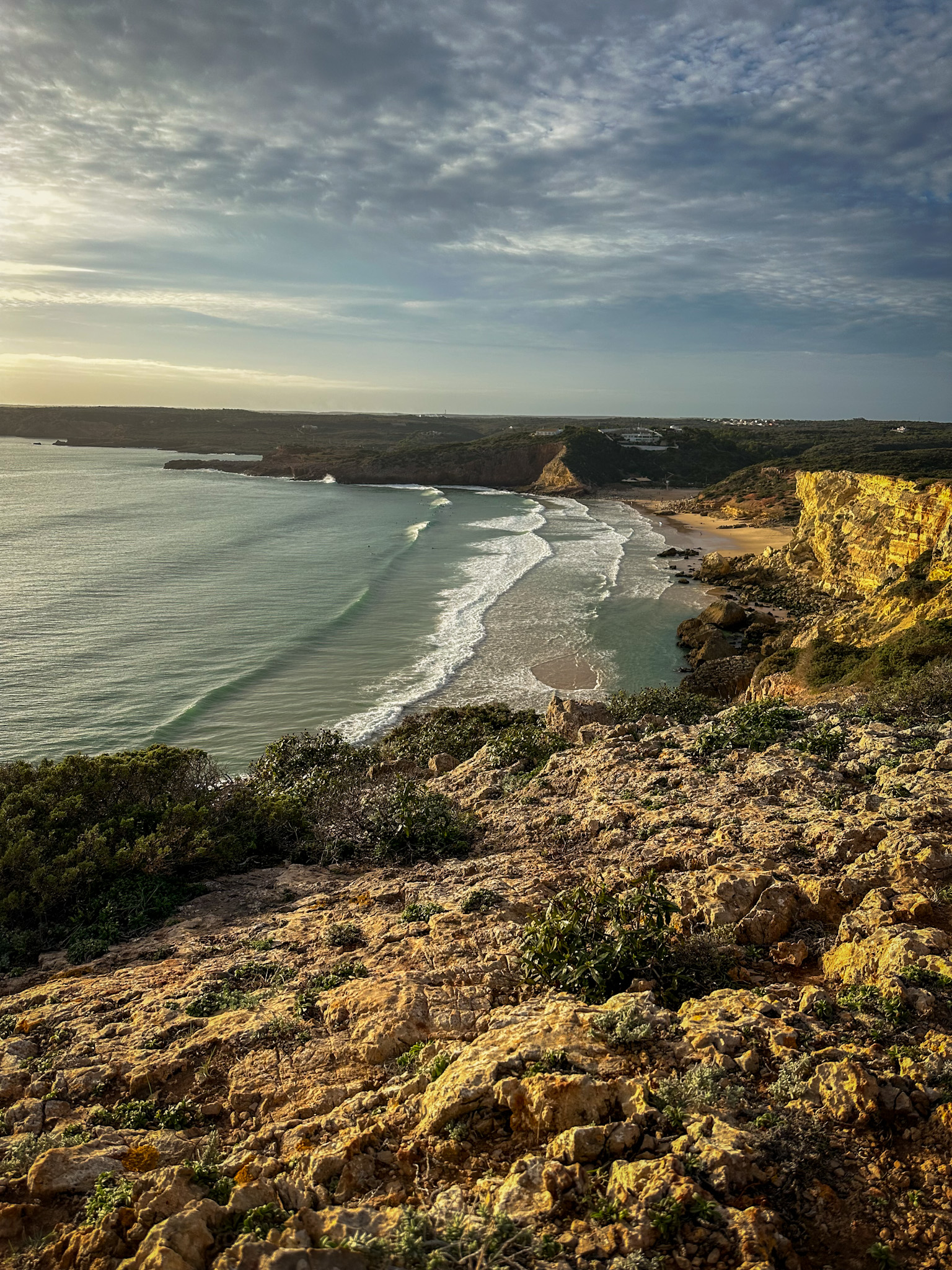
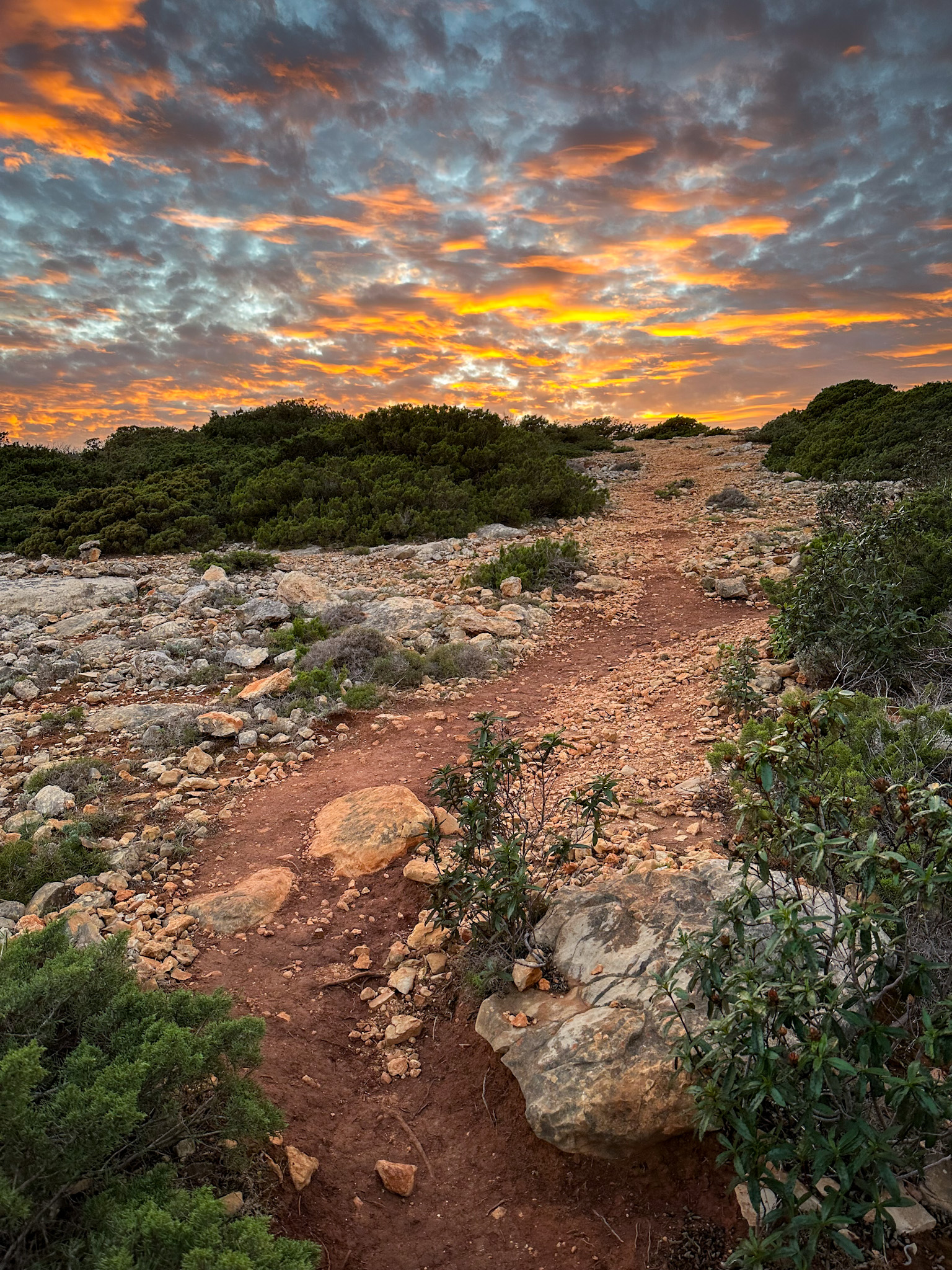
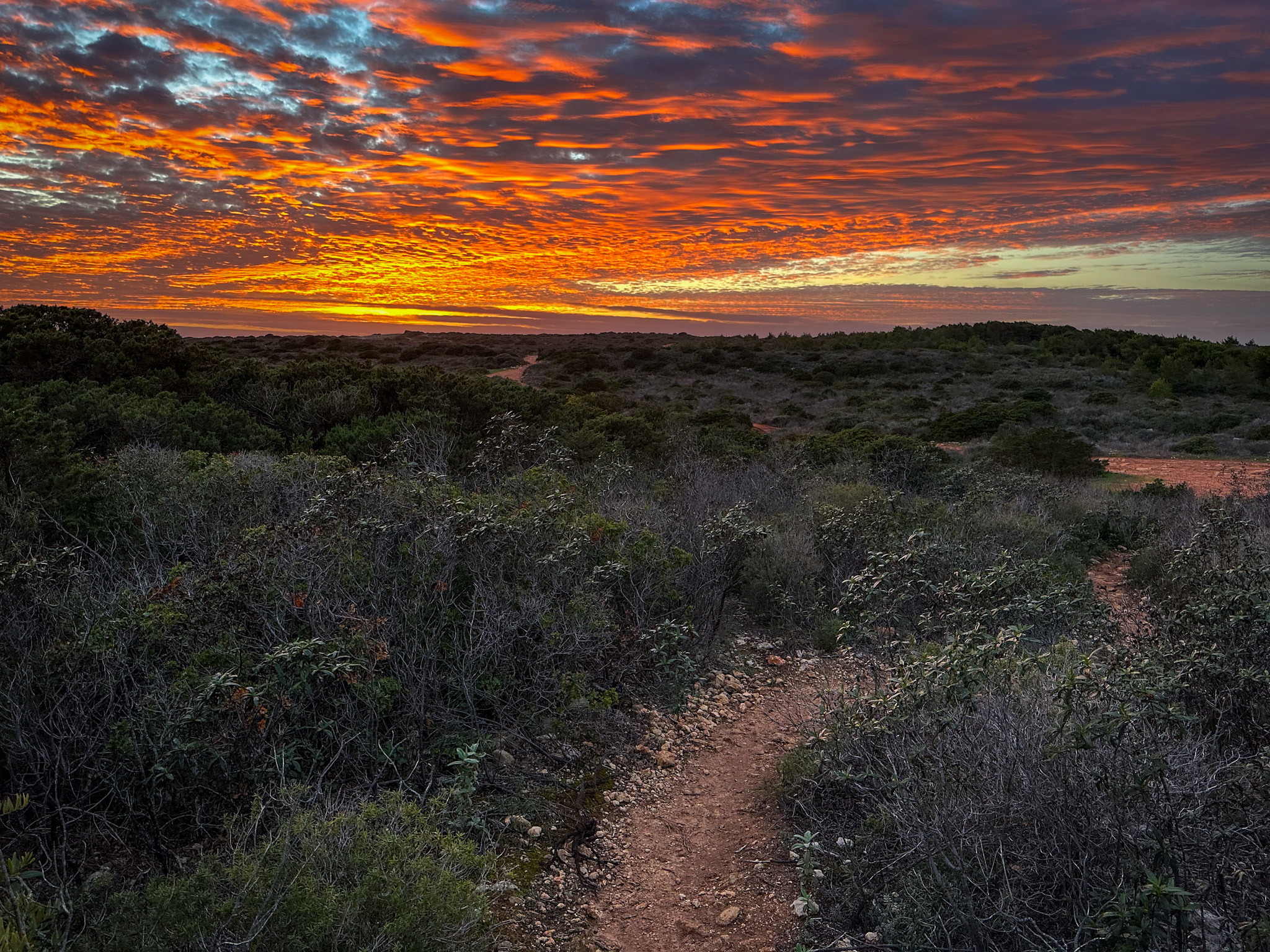
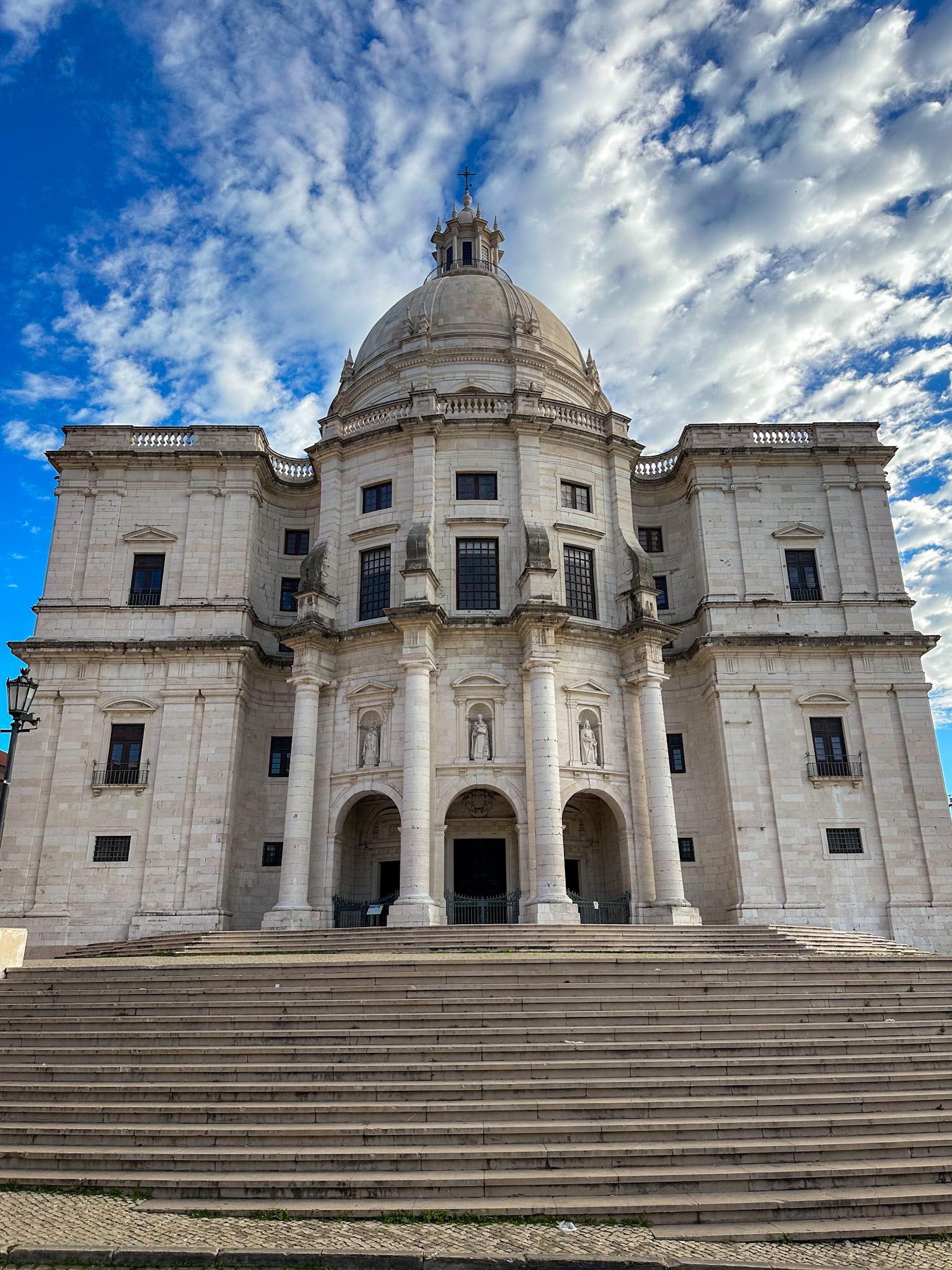
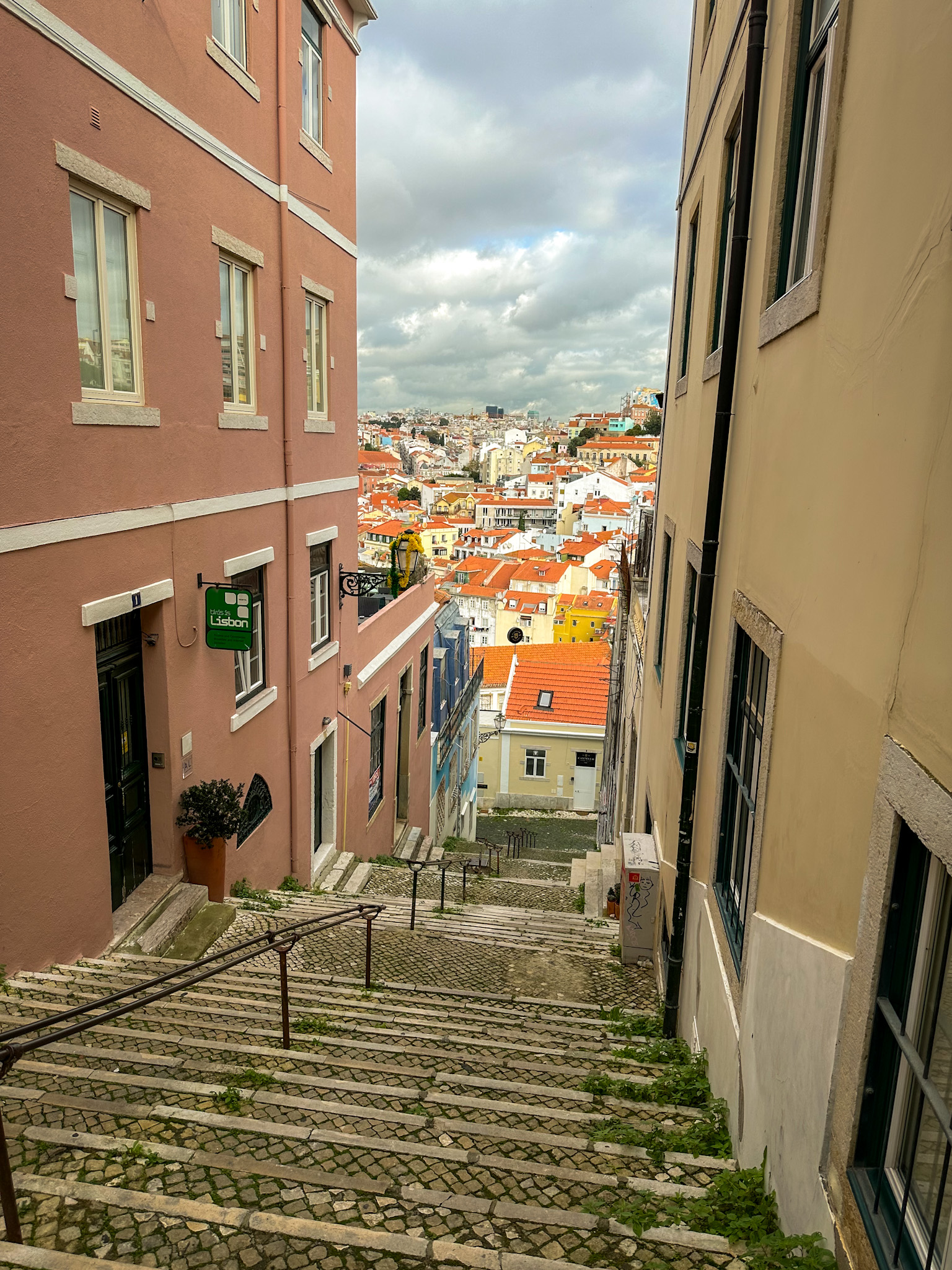
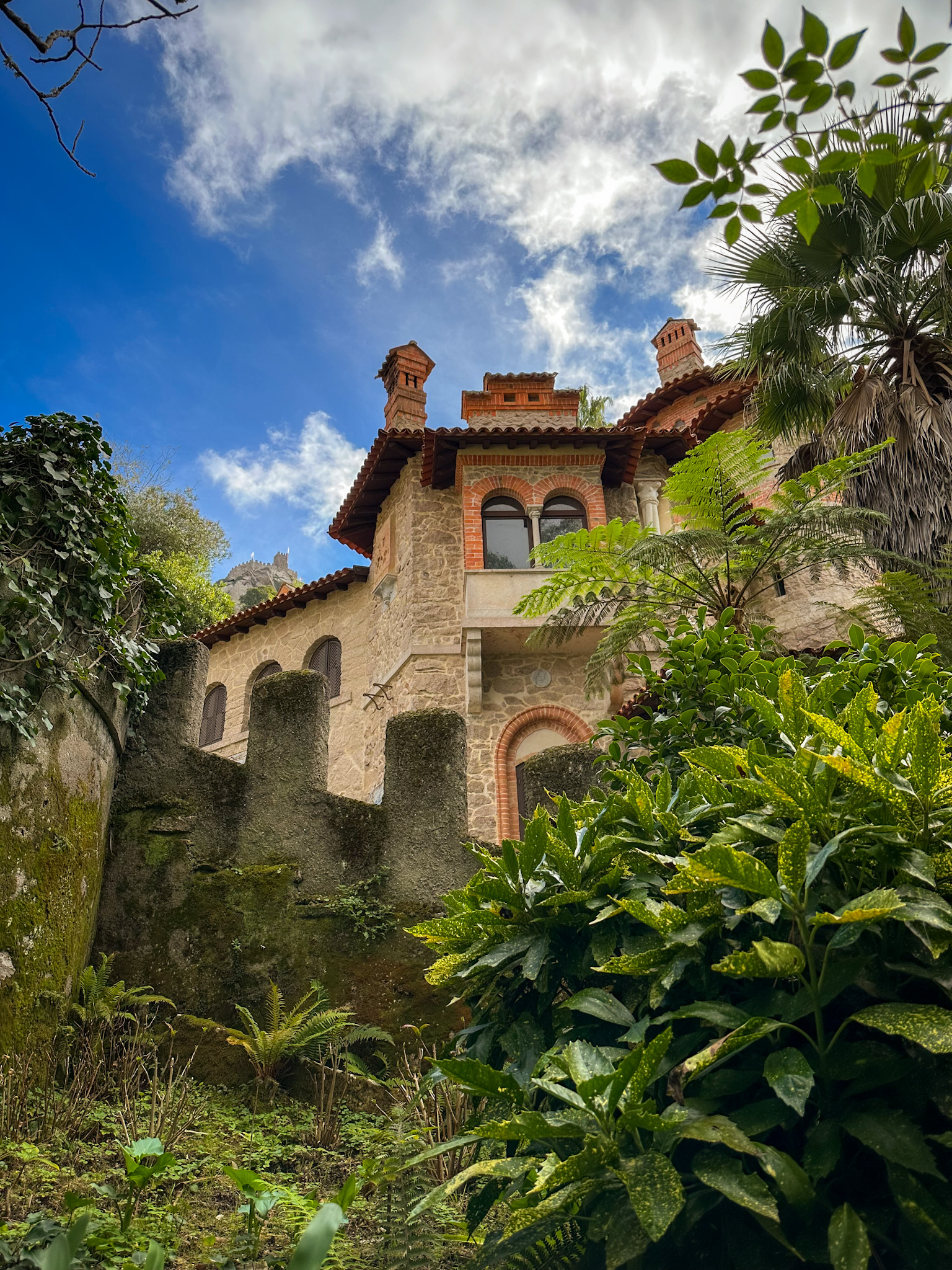
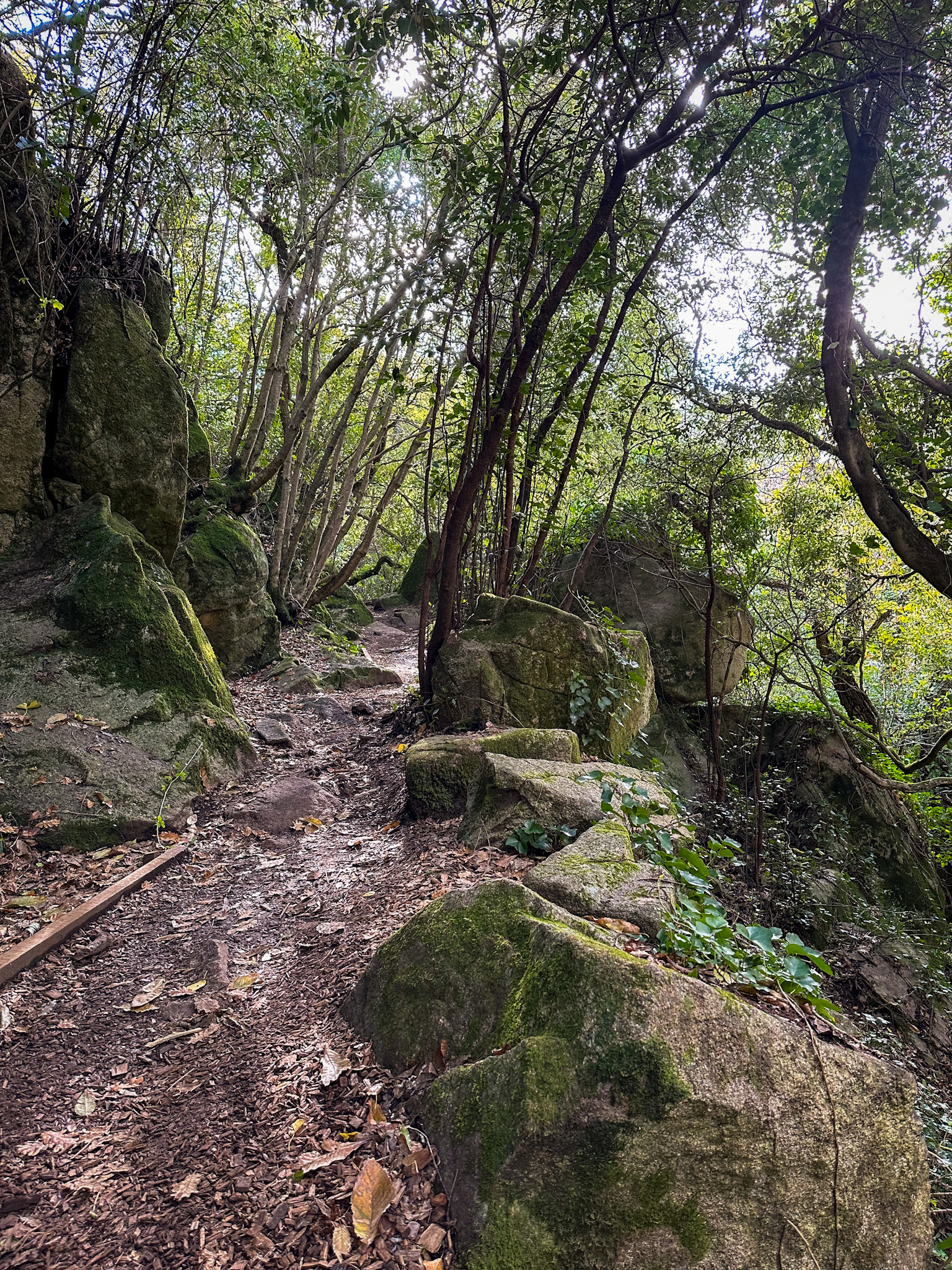
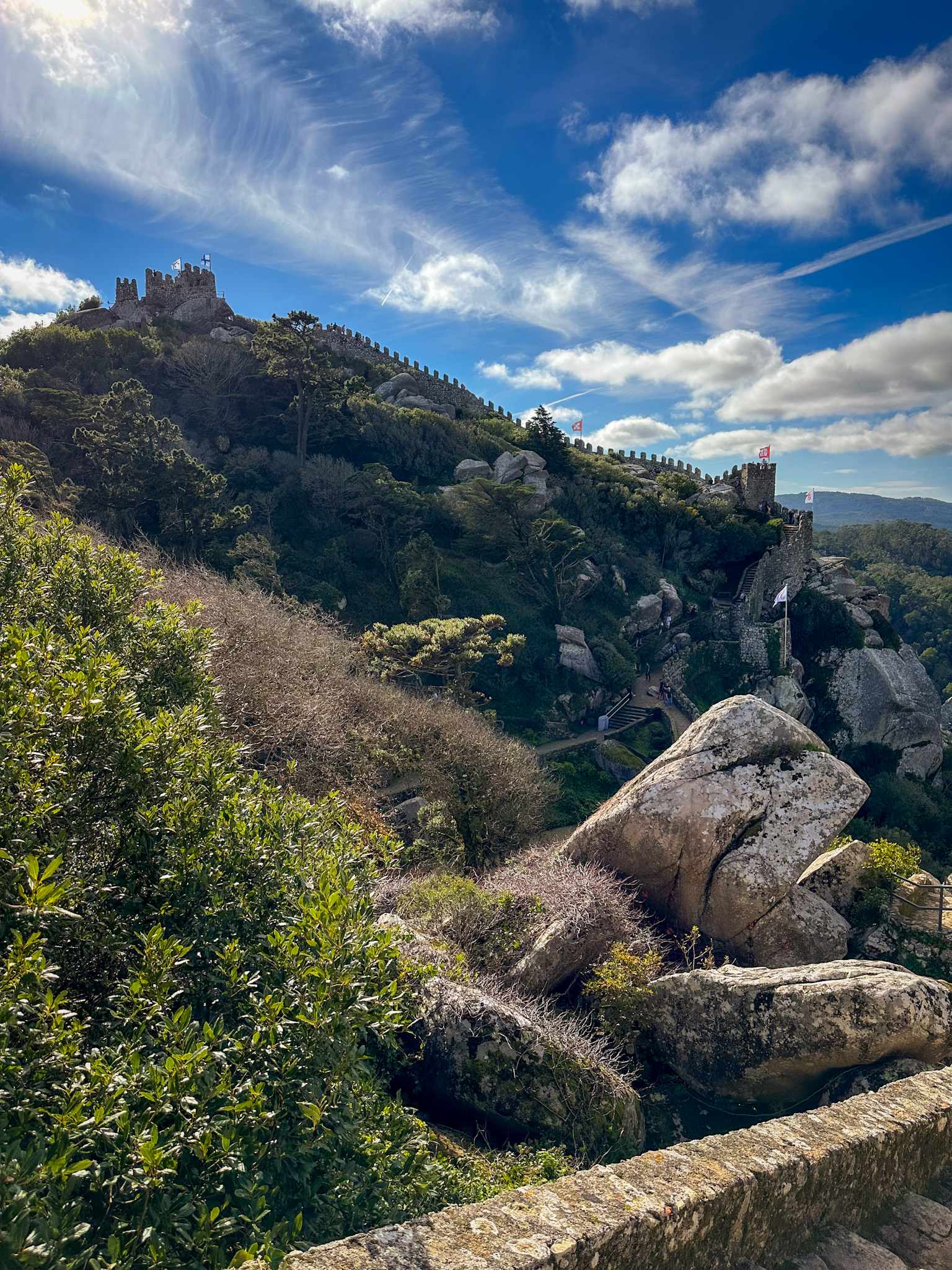
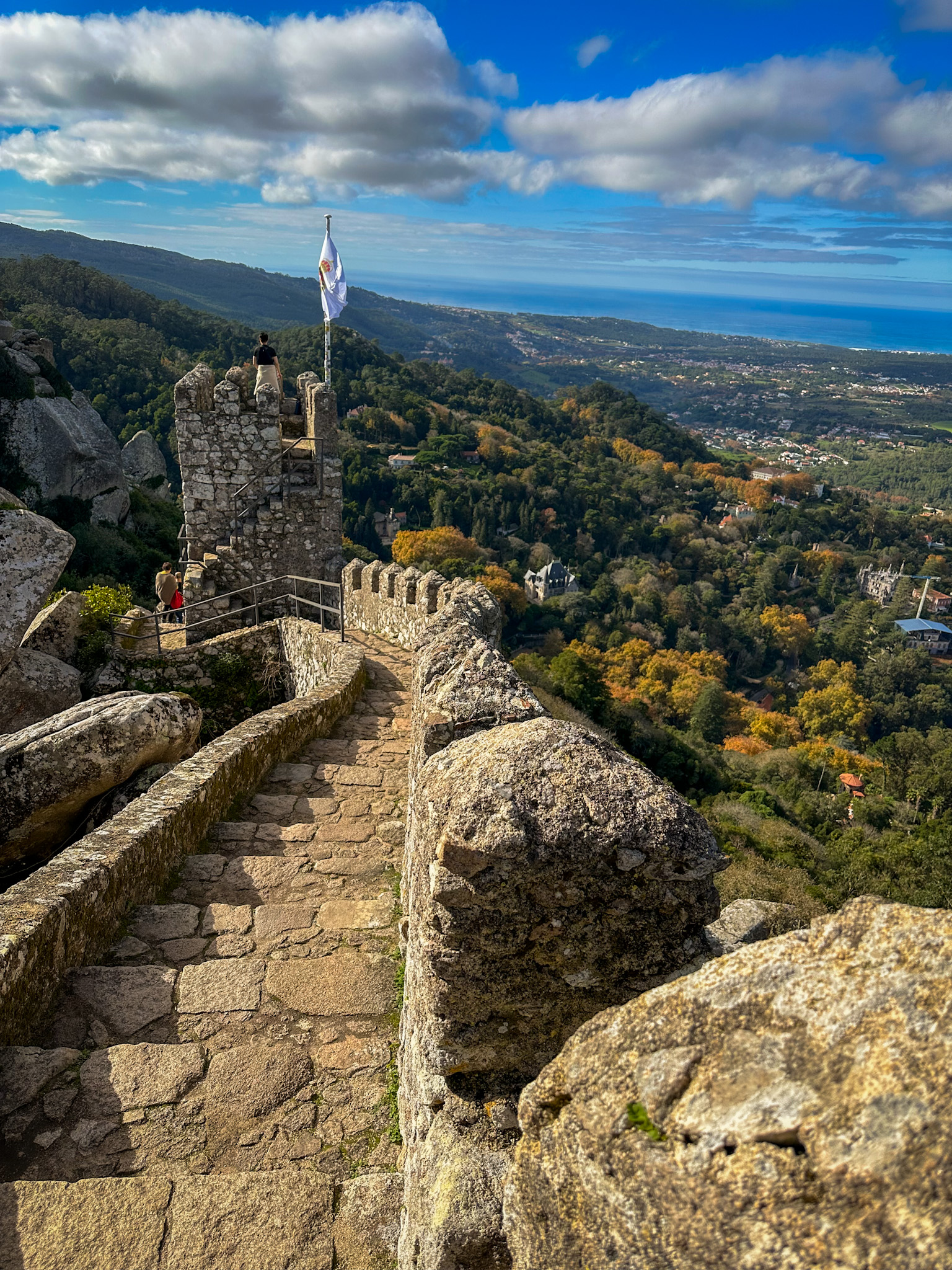
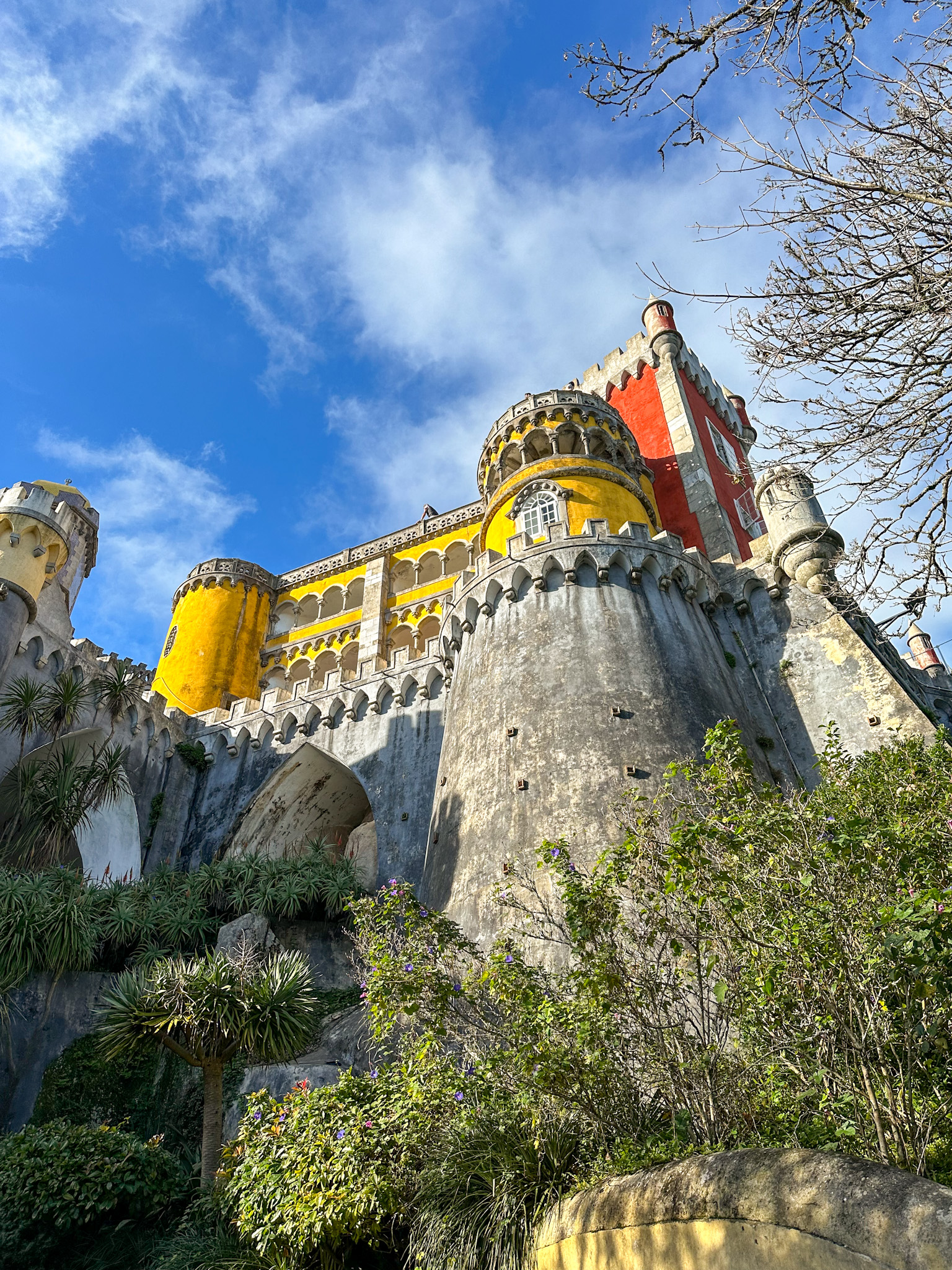
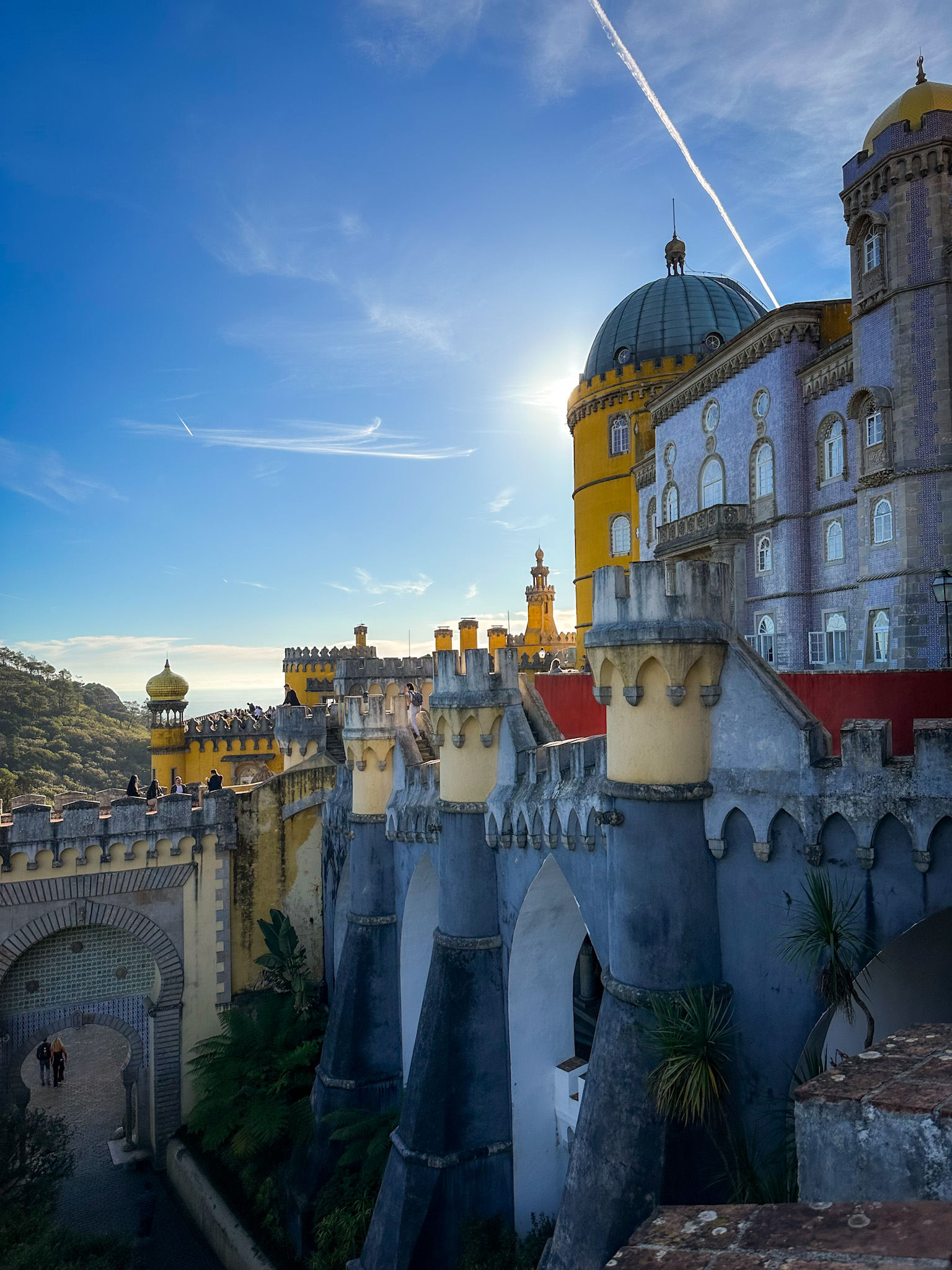
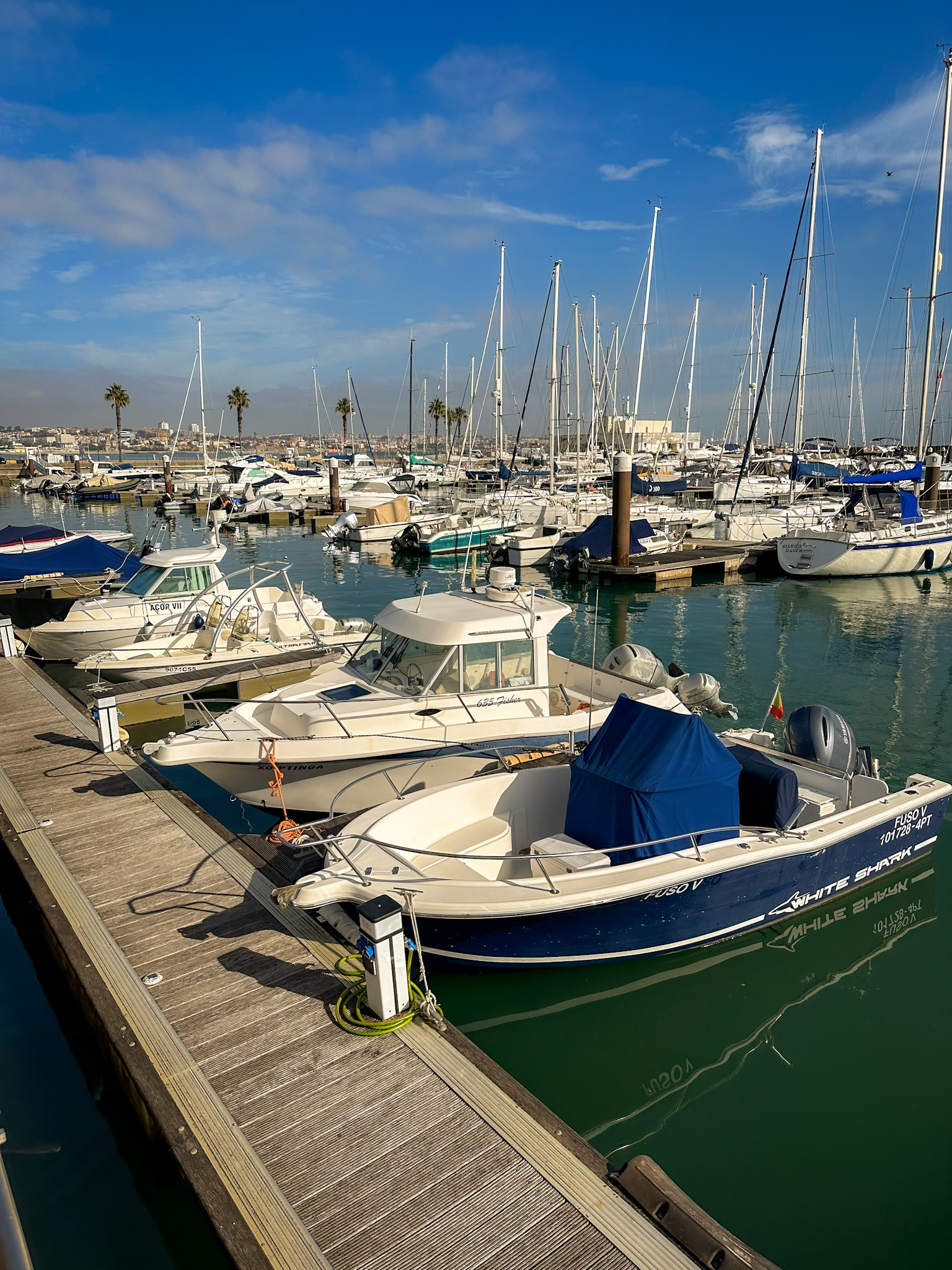
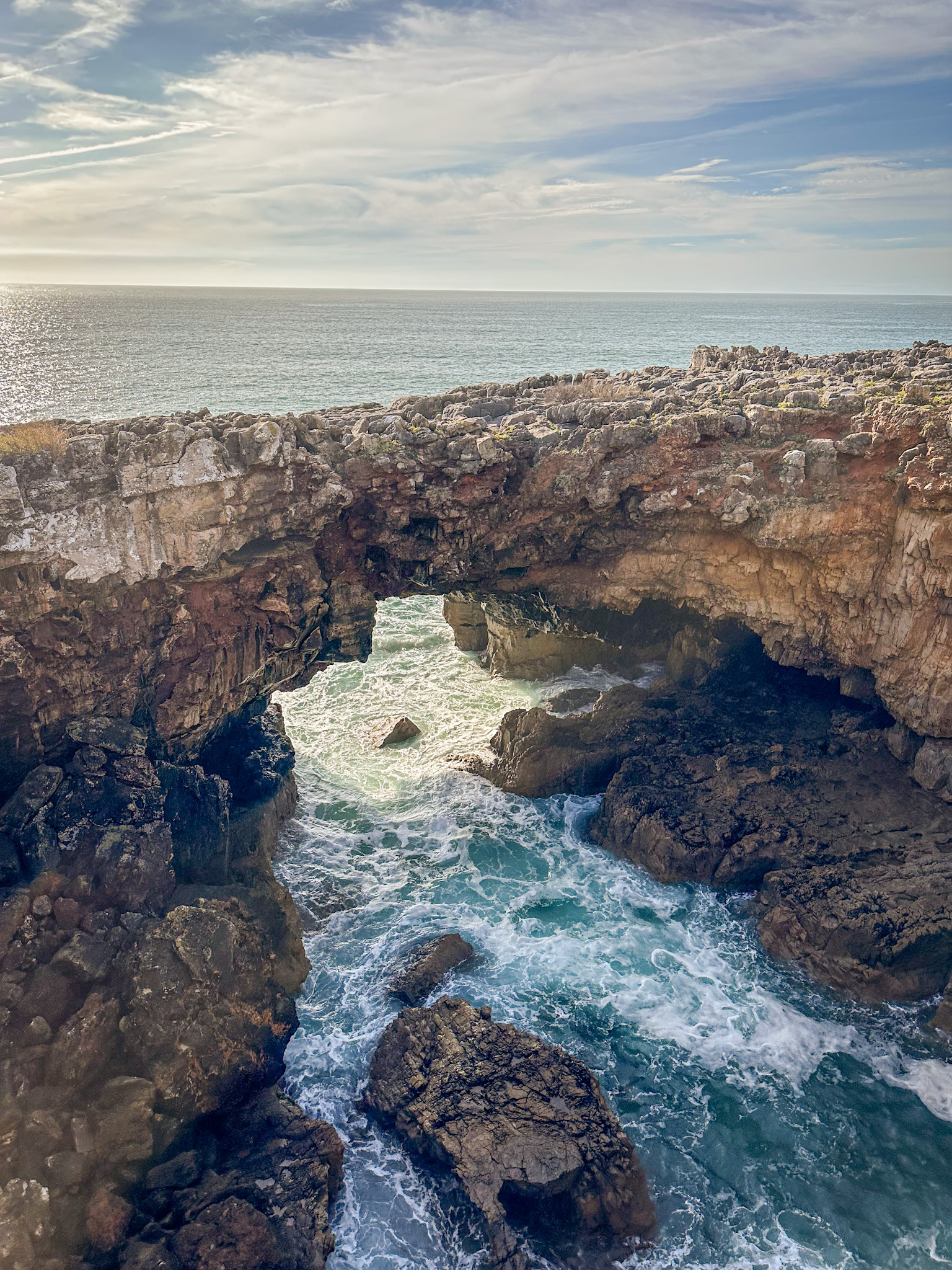
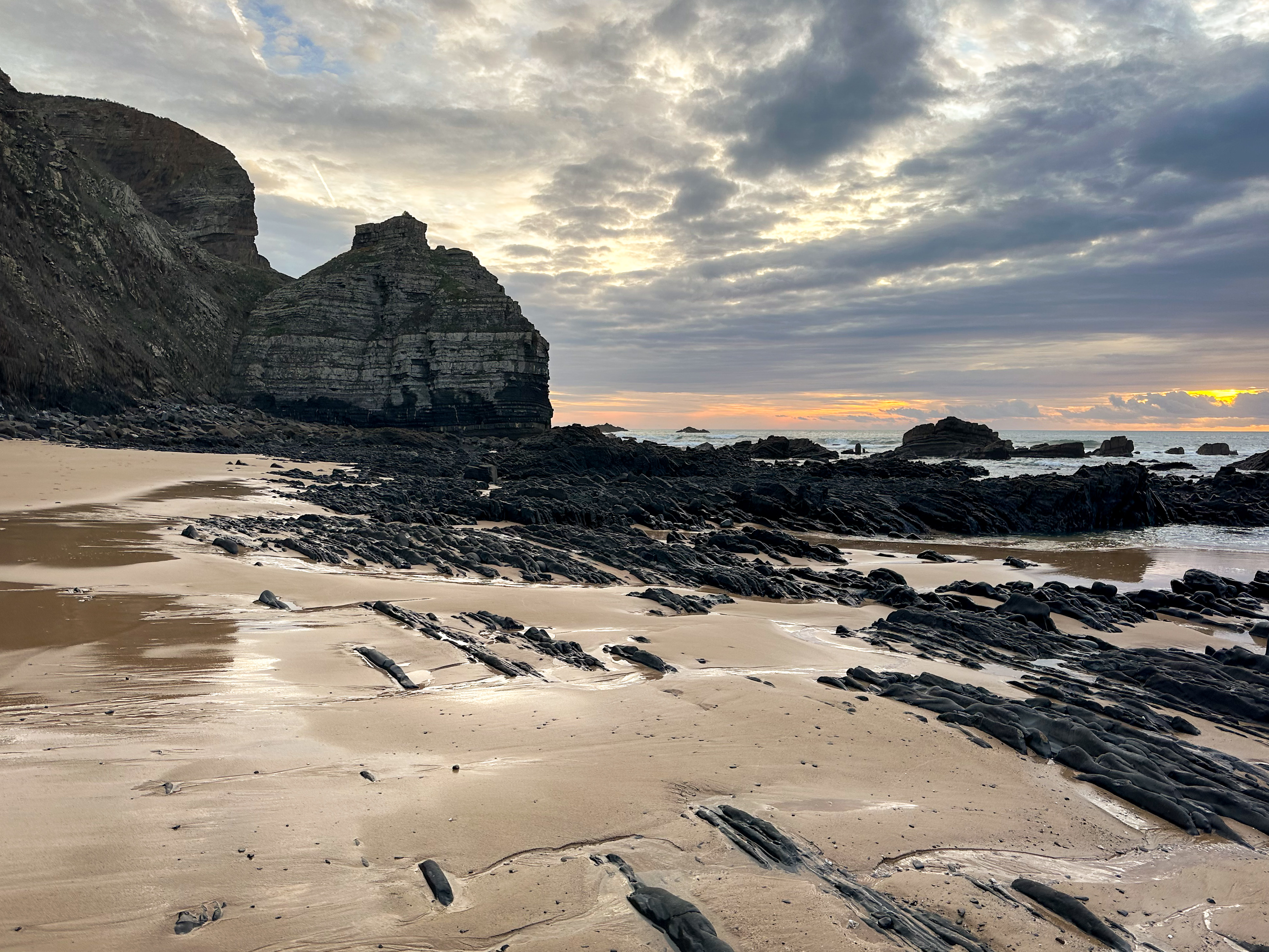 Praia da Arrifana,
Portugal.
Praia da Arrifana,
Portugal.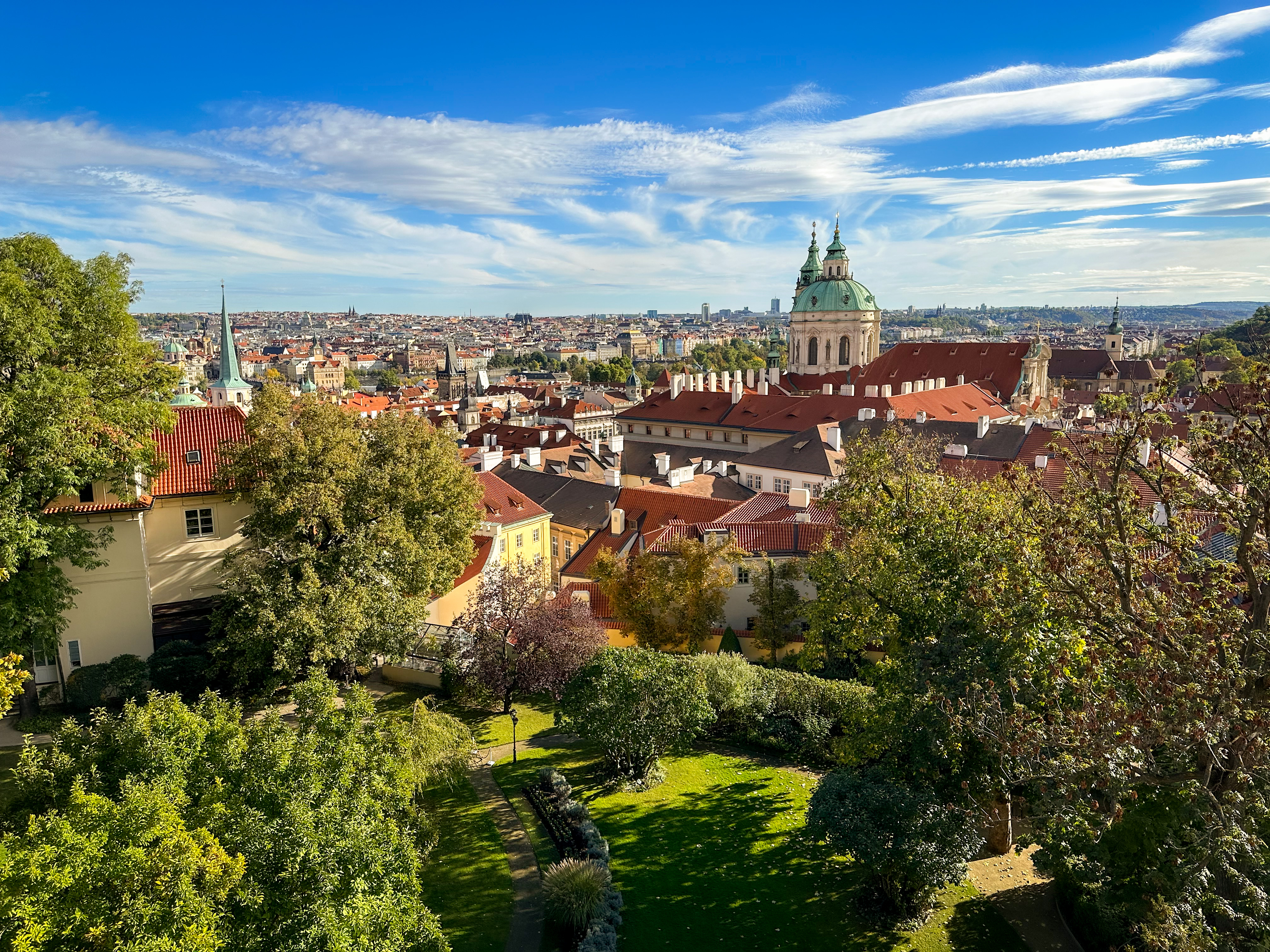 View of the old town from the
Prague Castle.
View of the old town from the
Prague Castle.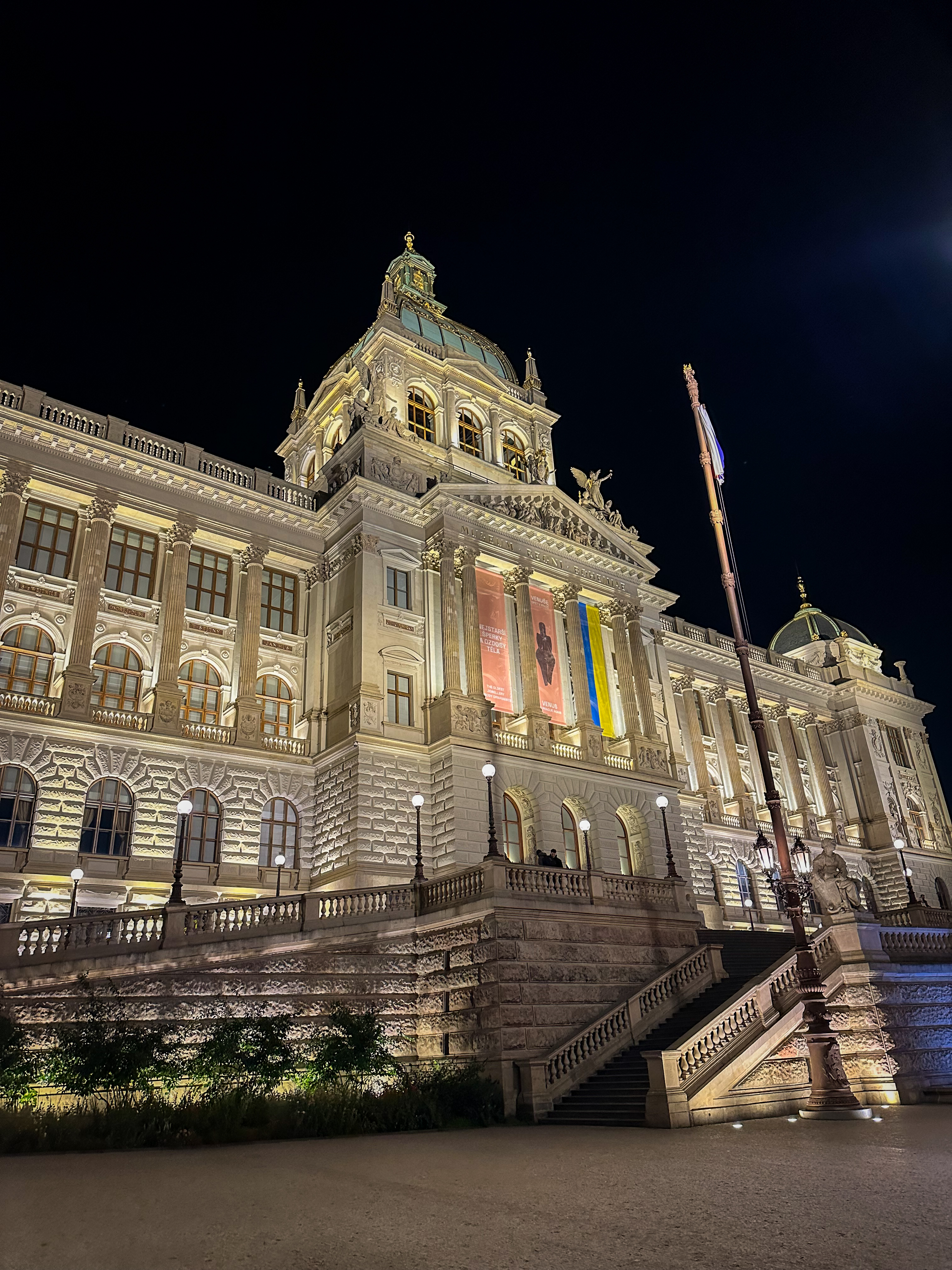
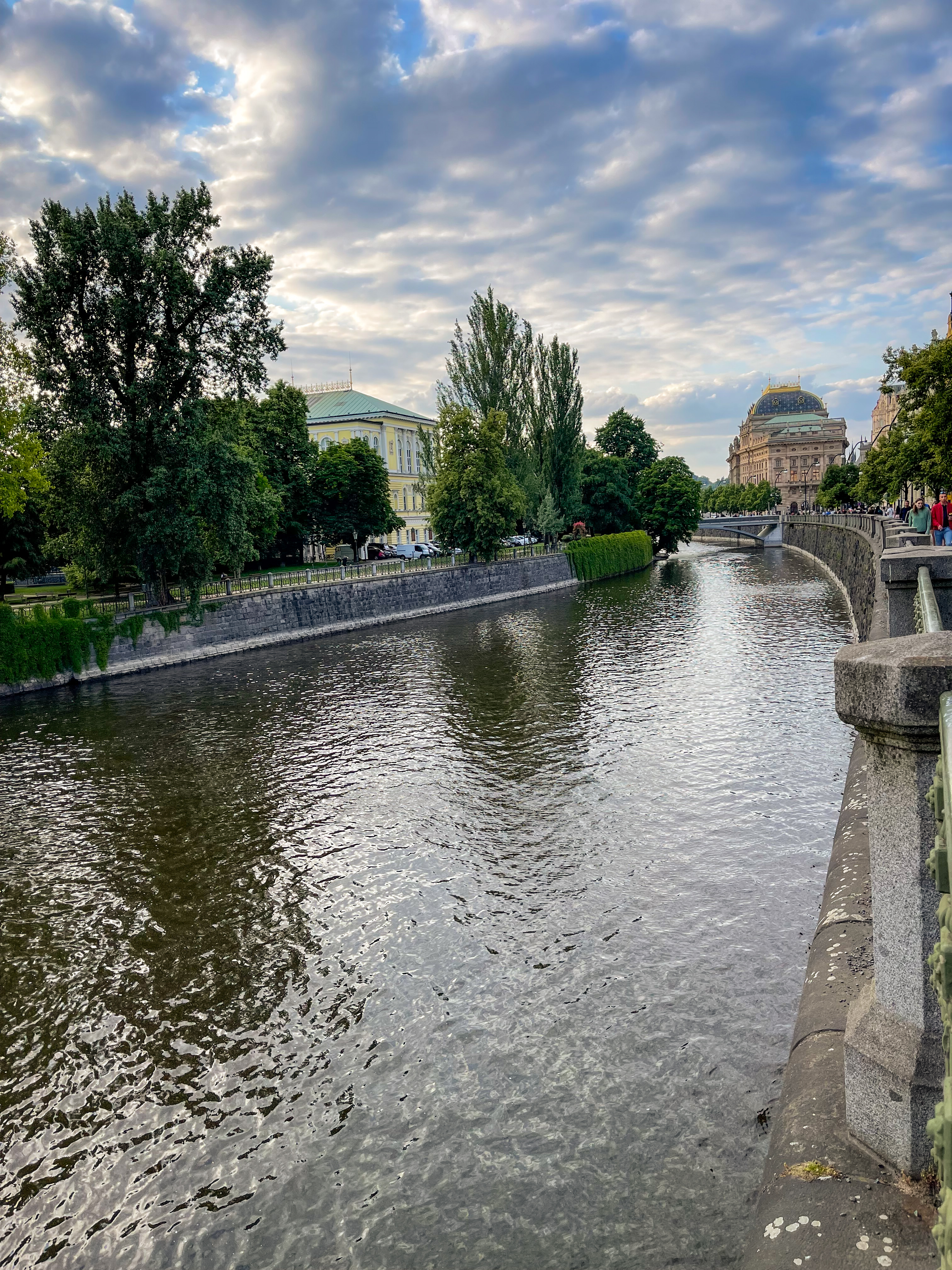
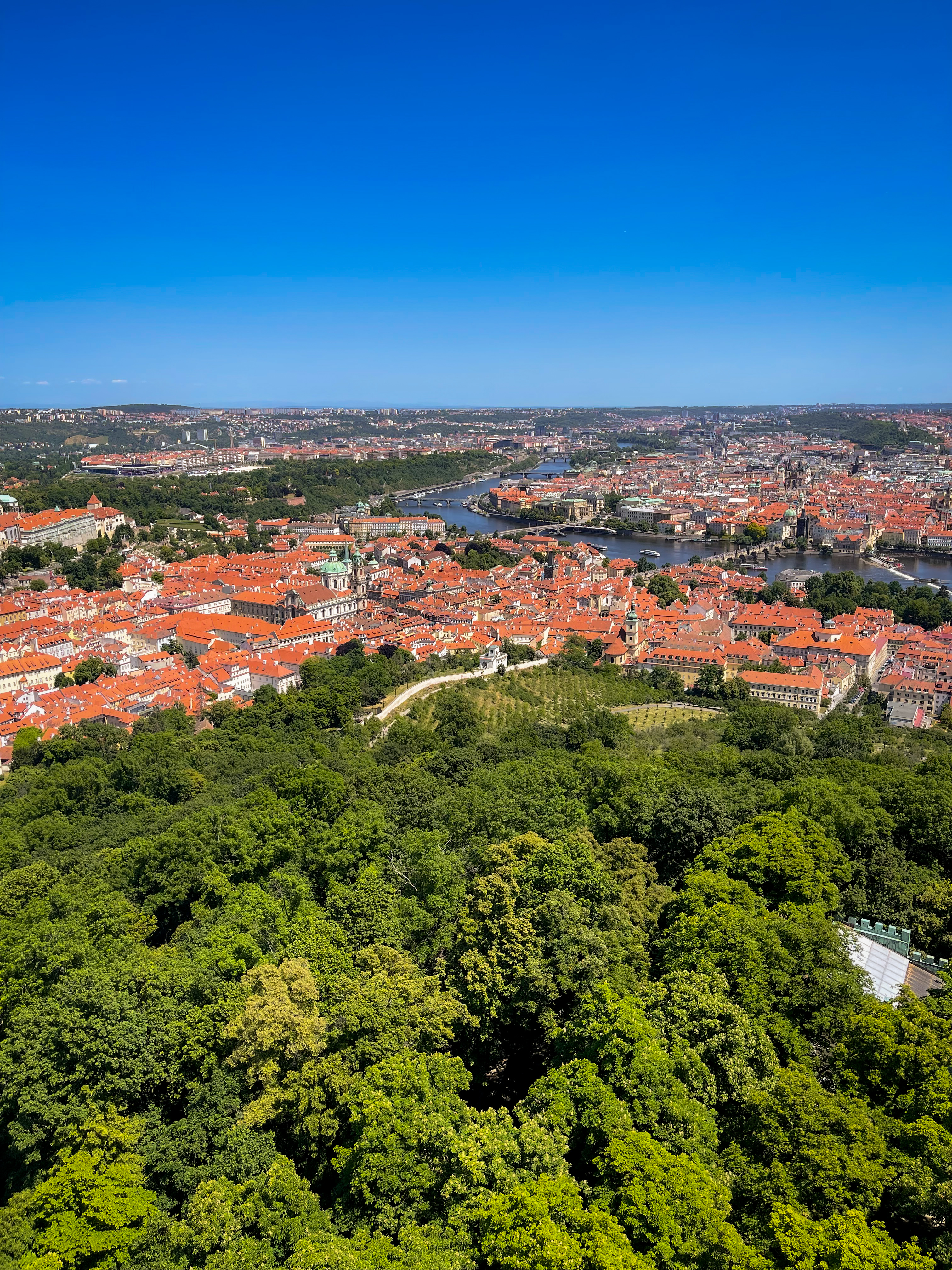
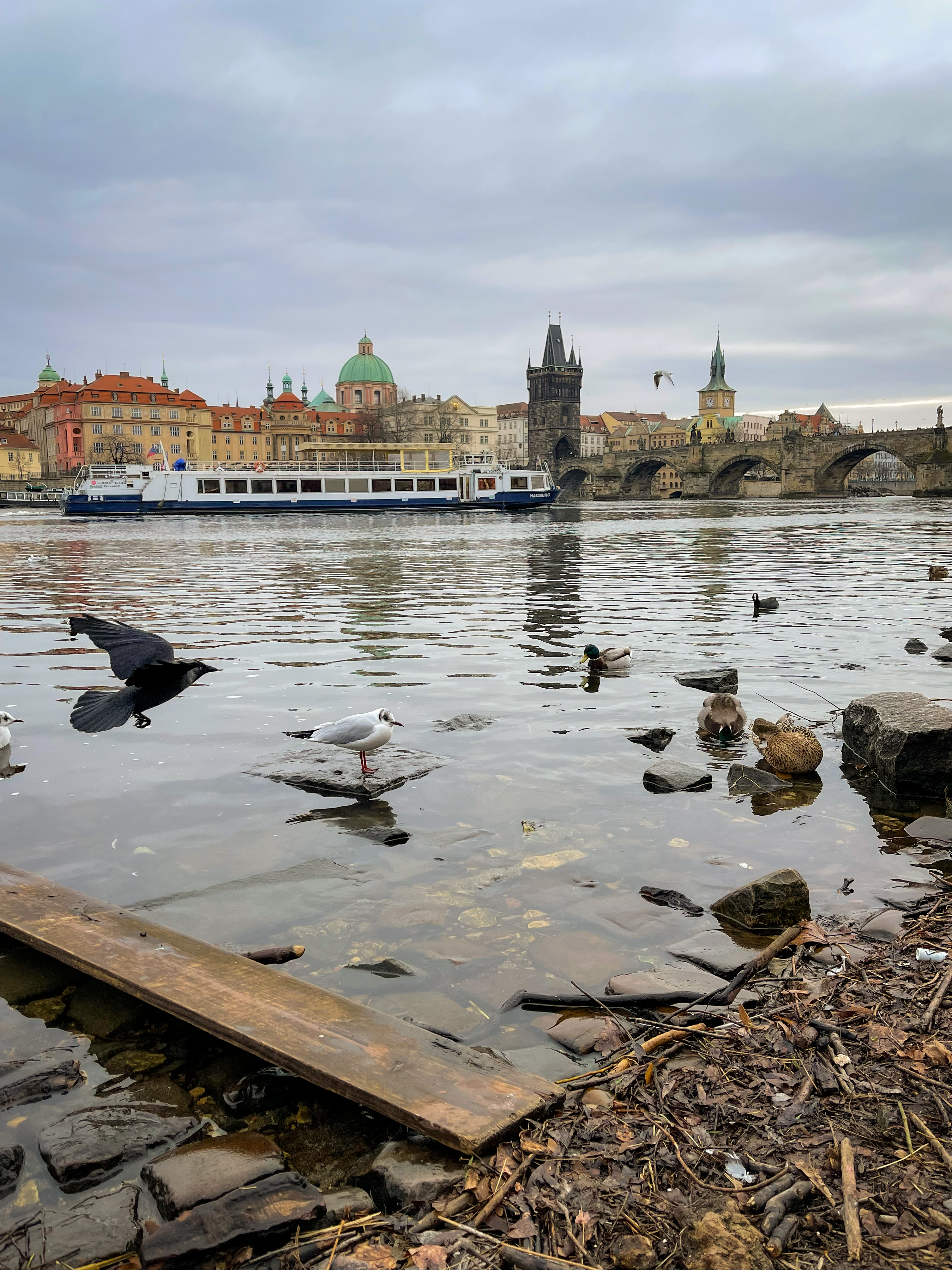
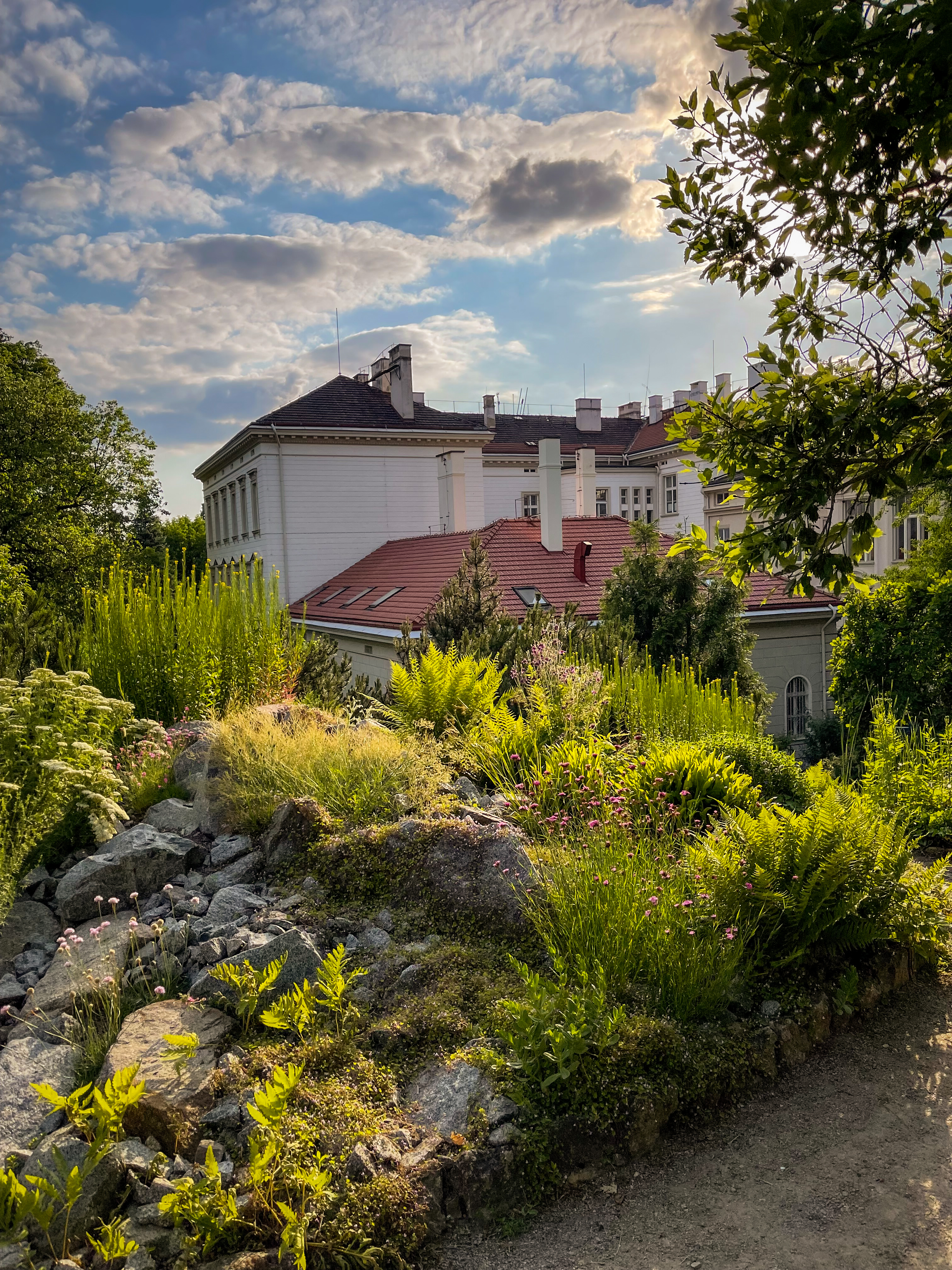
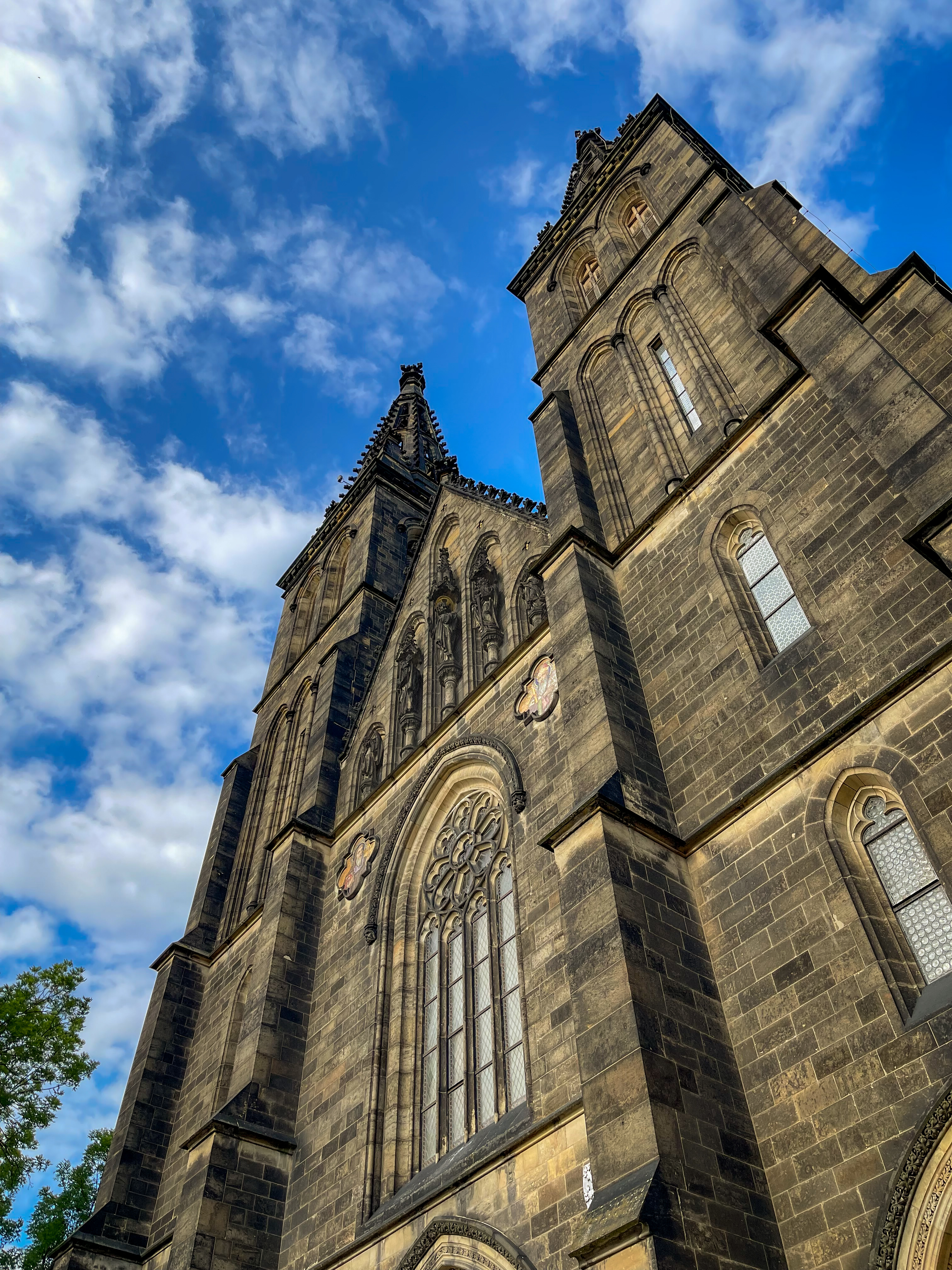
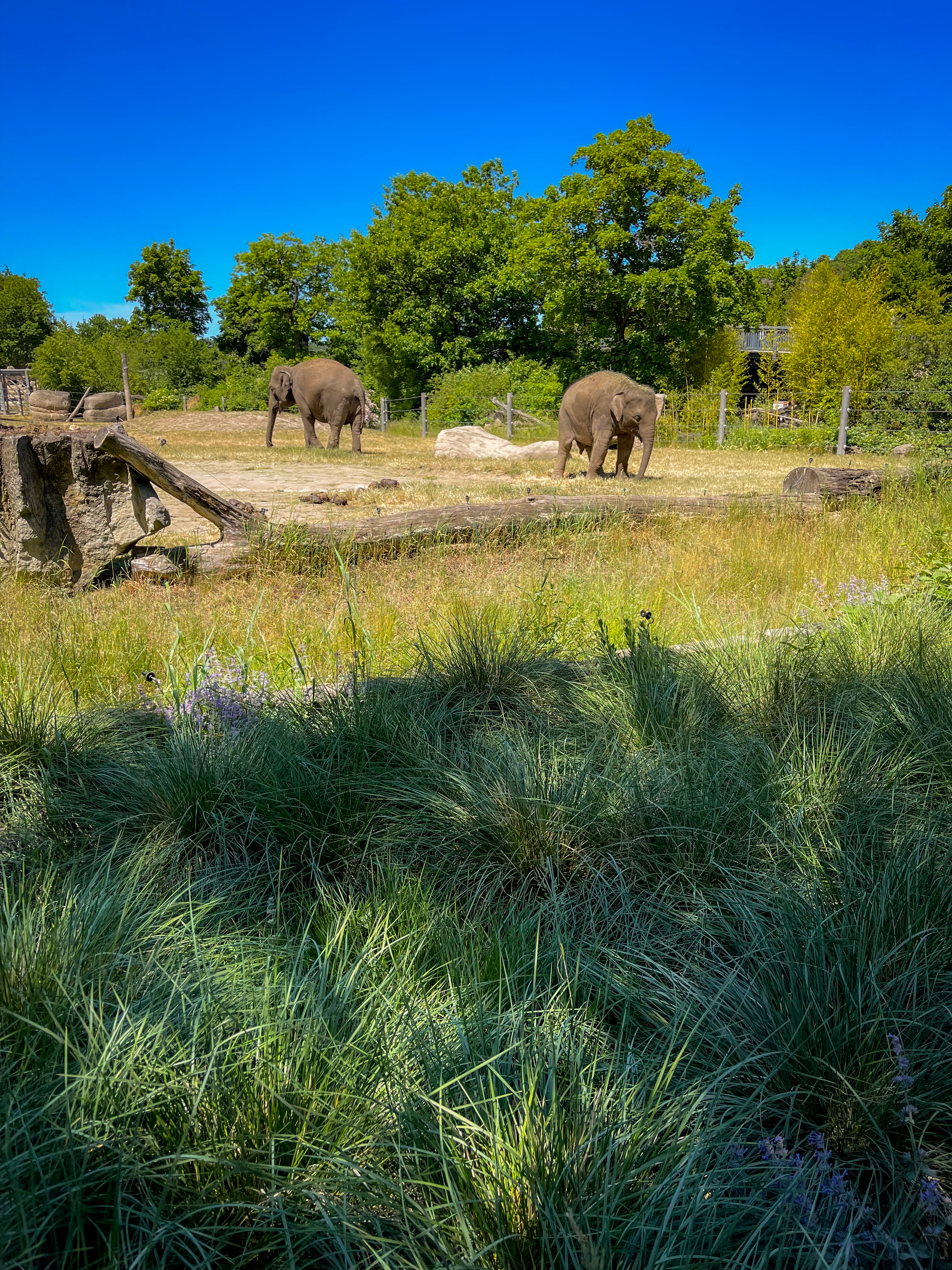
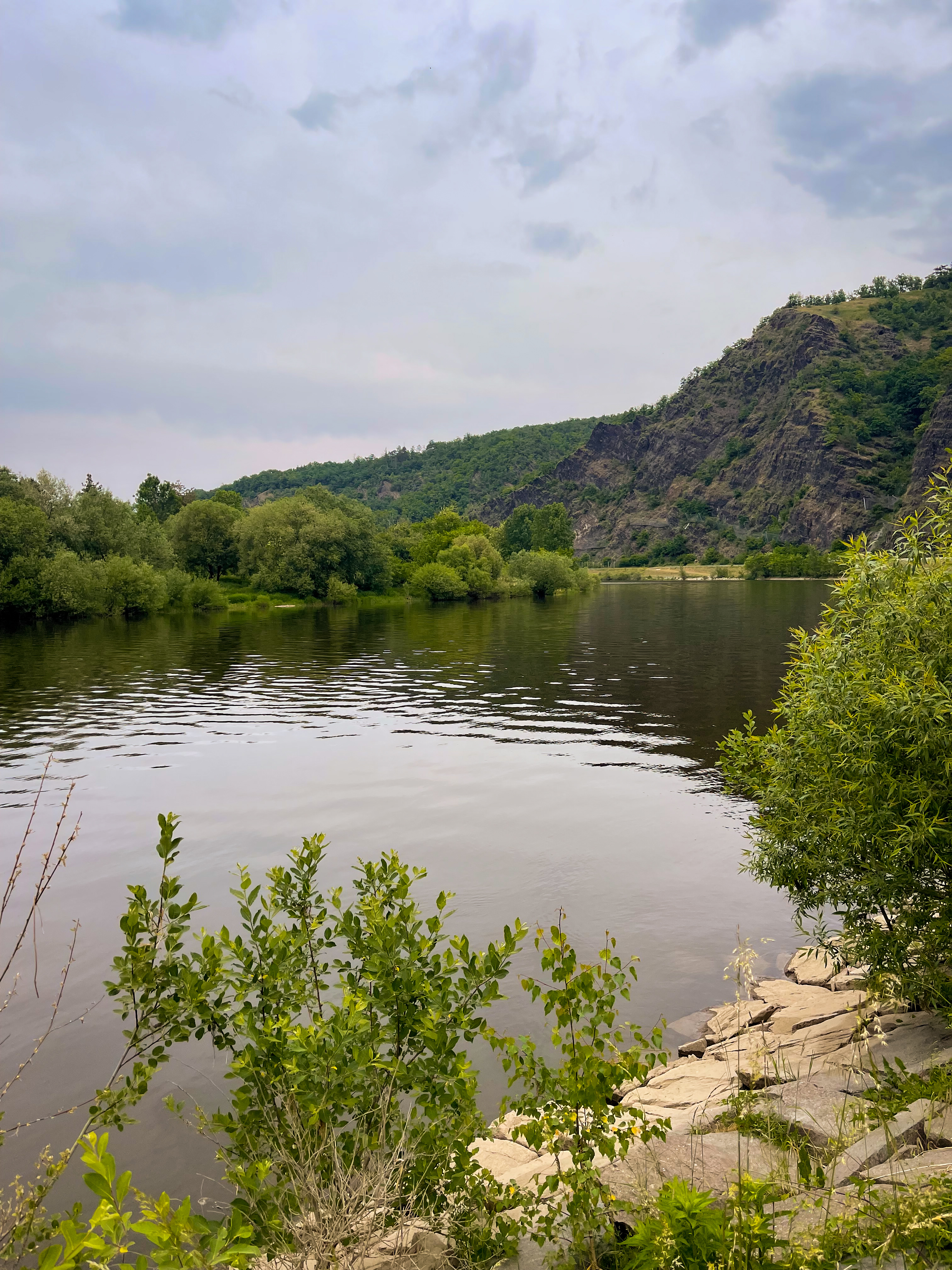
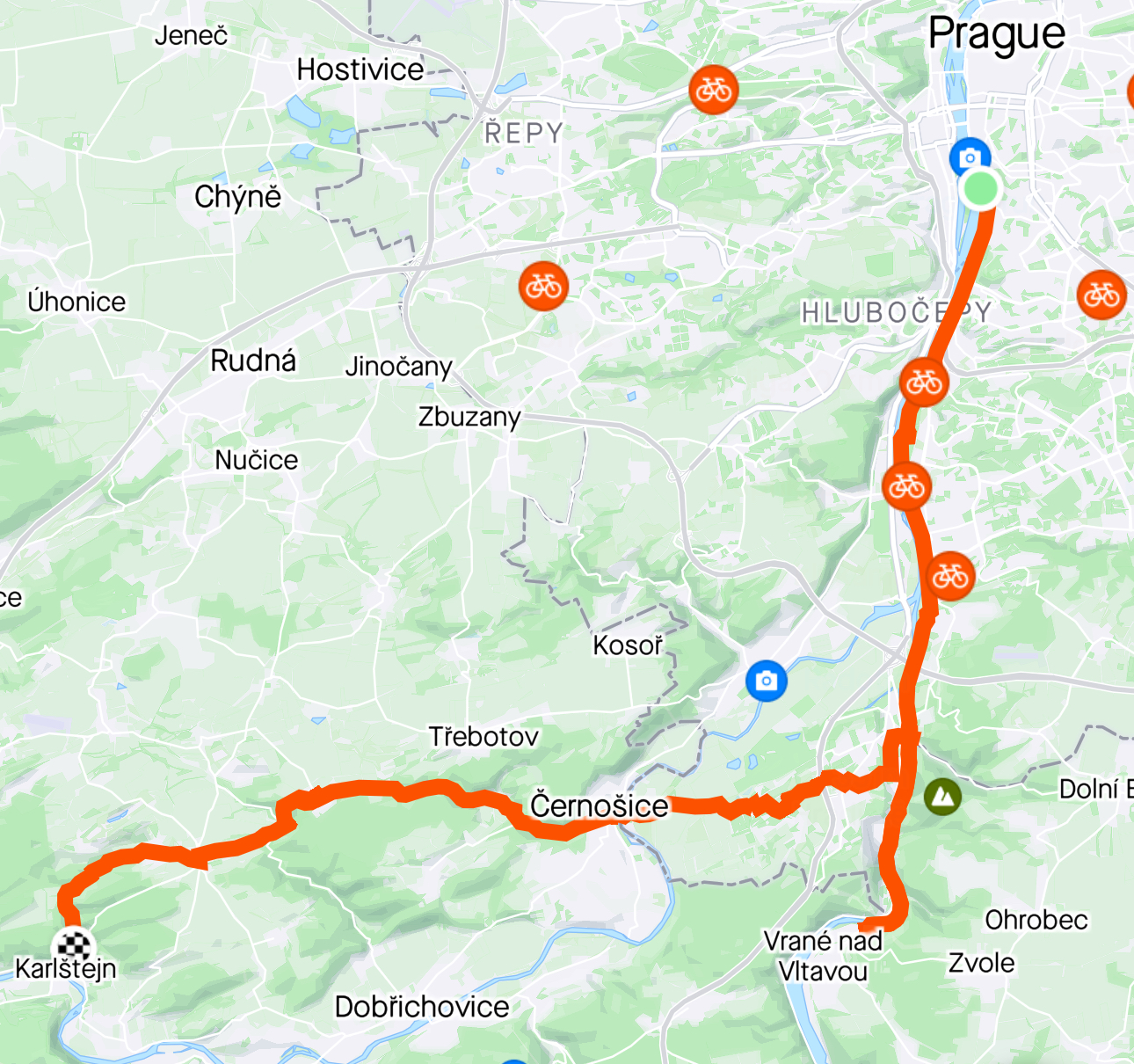
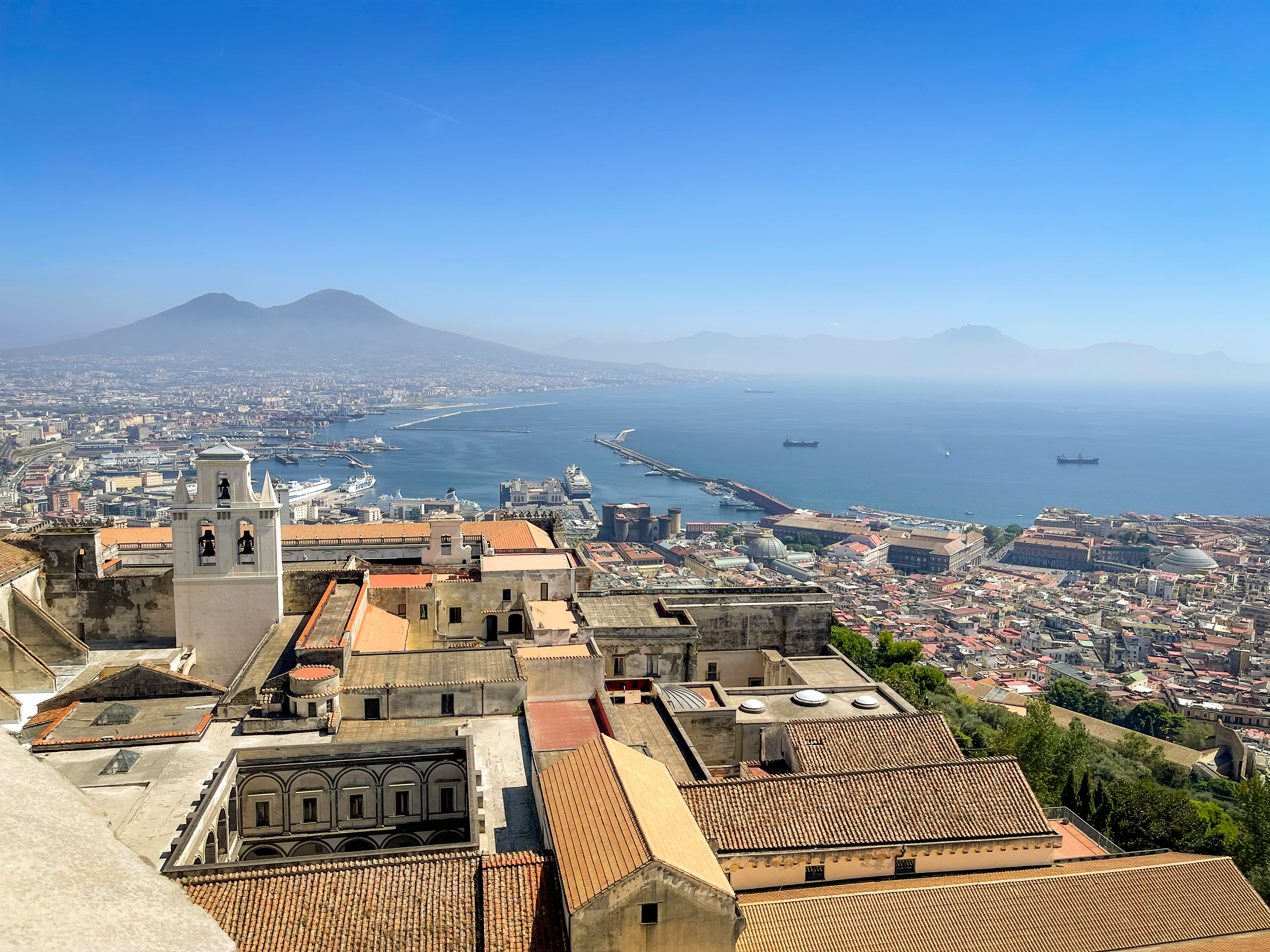 View of Naples and Vesuvius
from the Sant'Elmo Castle.
View of Naples and Vesuvius
from the Sant'Elmo Castle.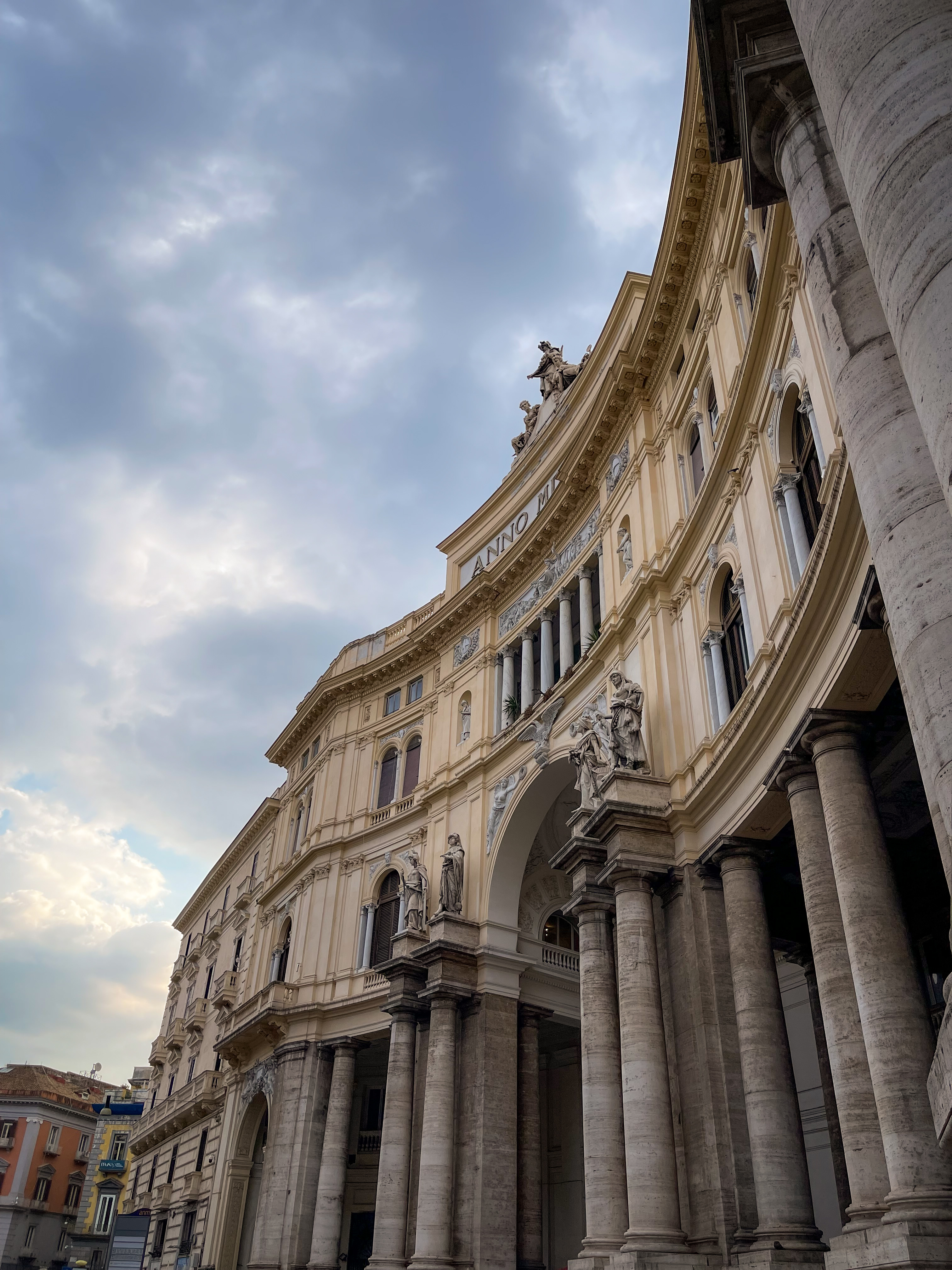
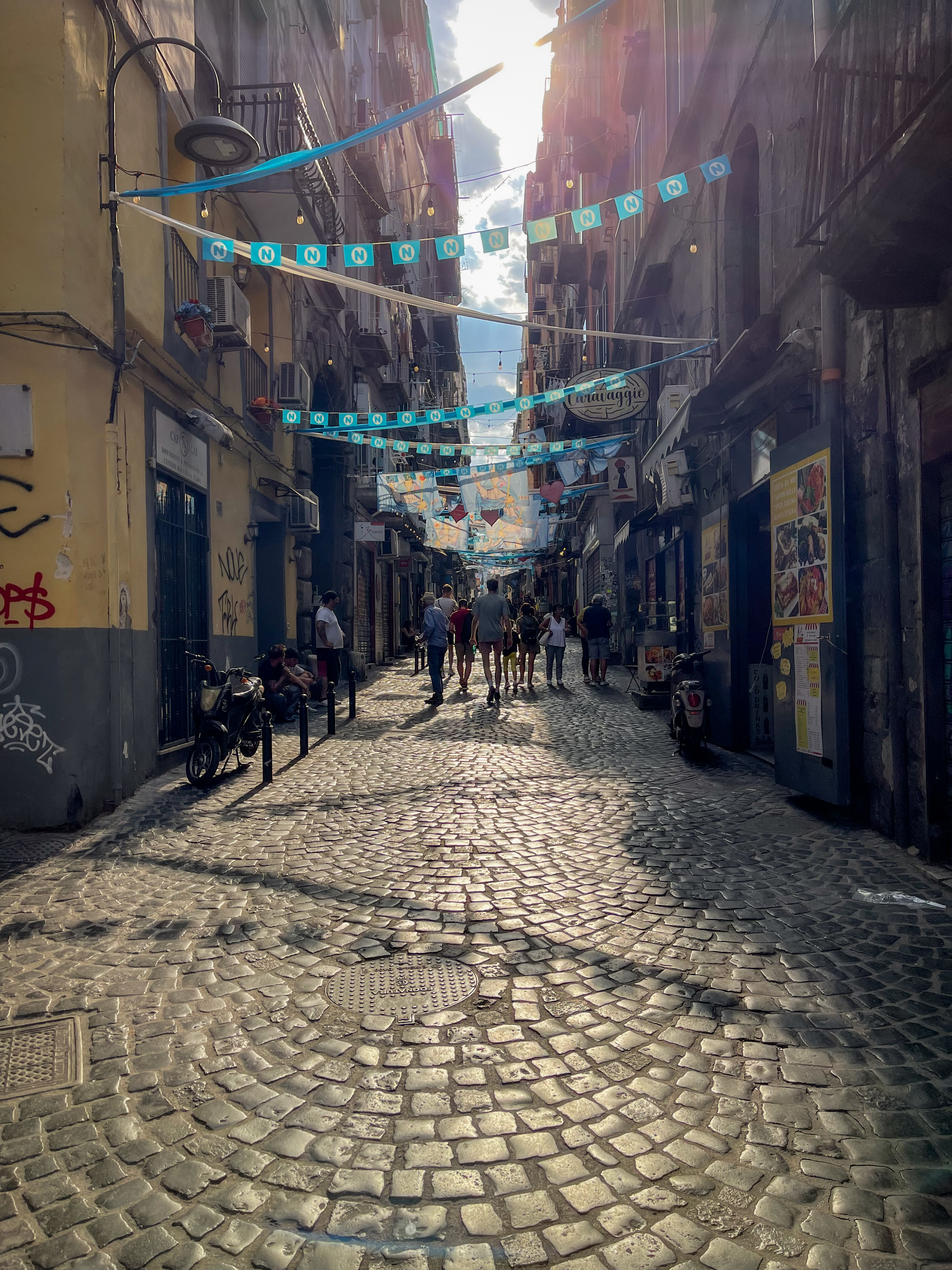
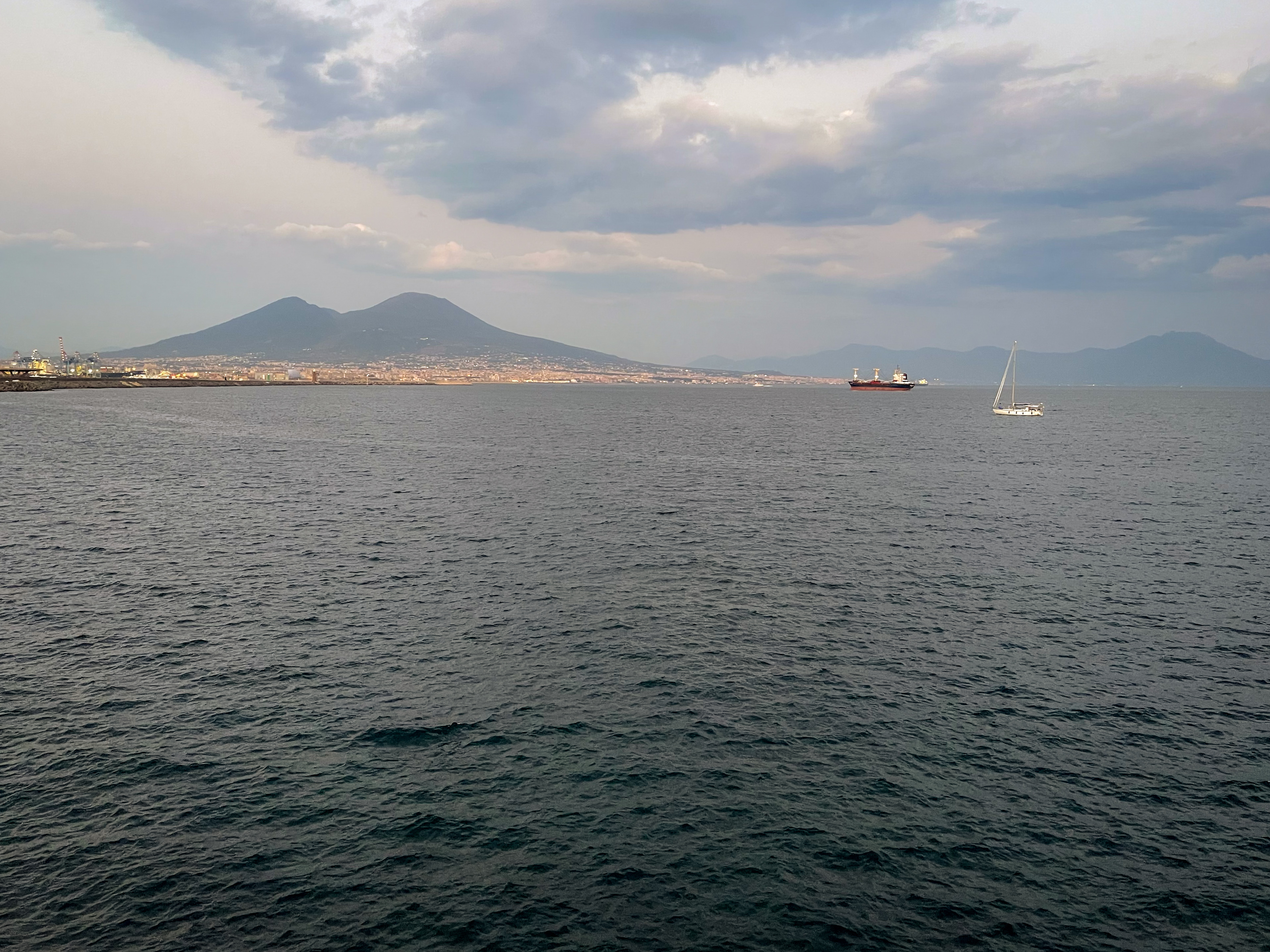
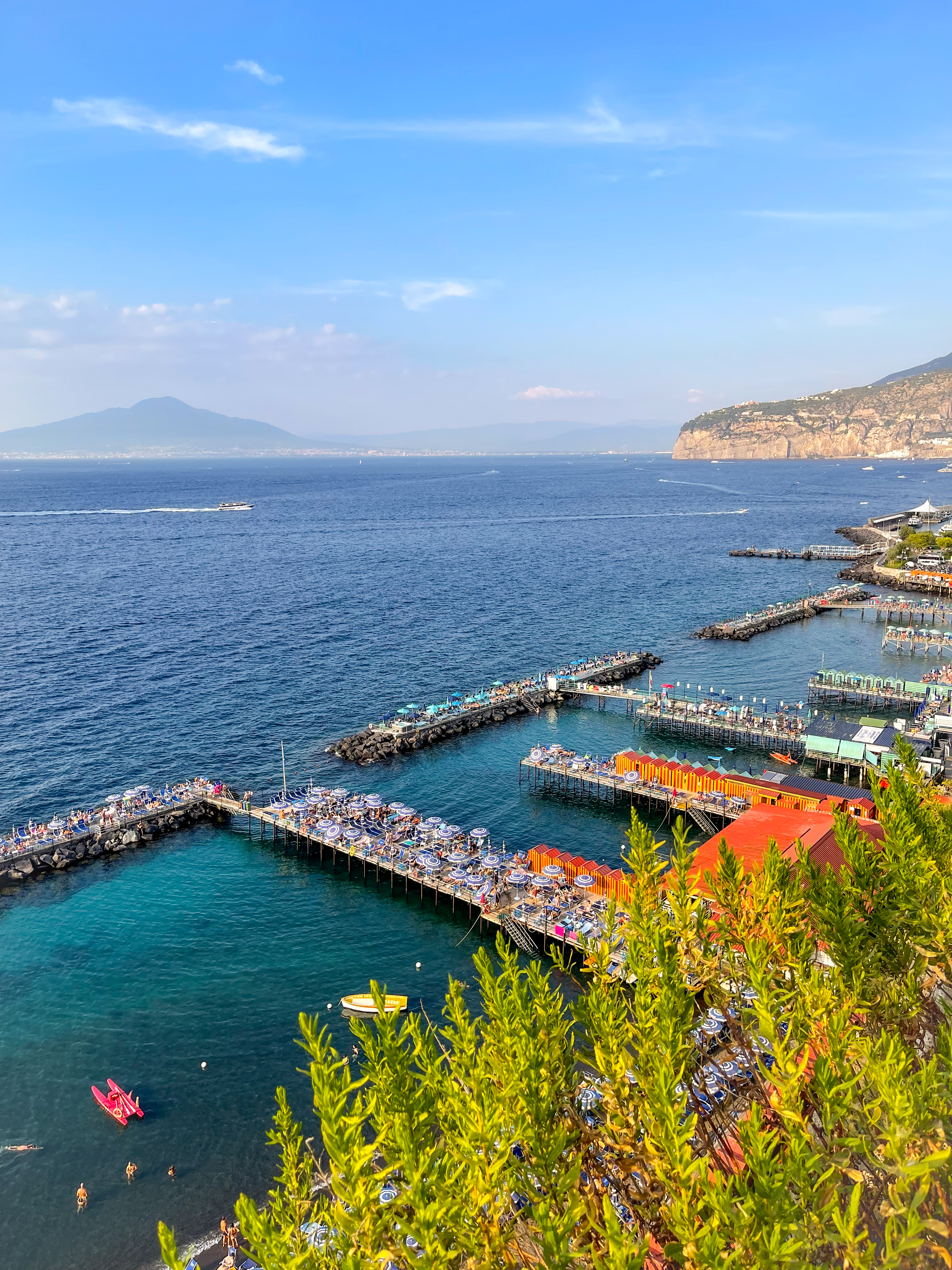
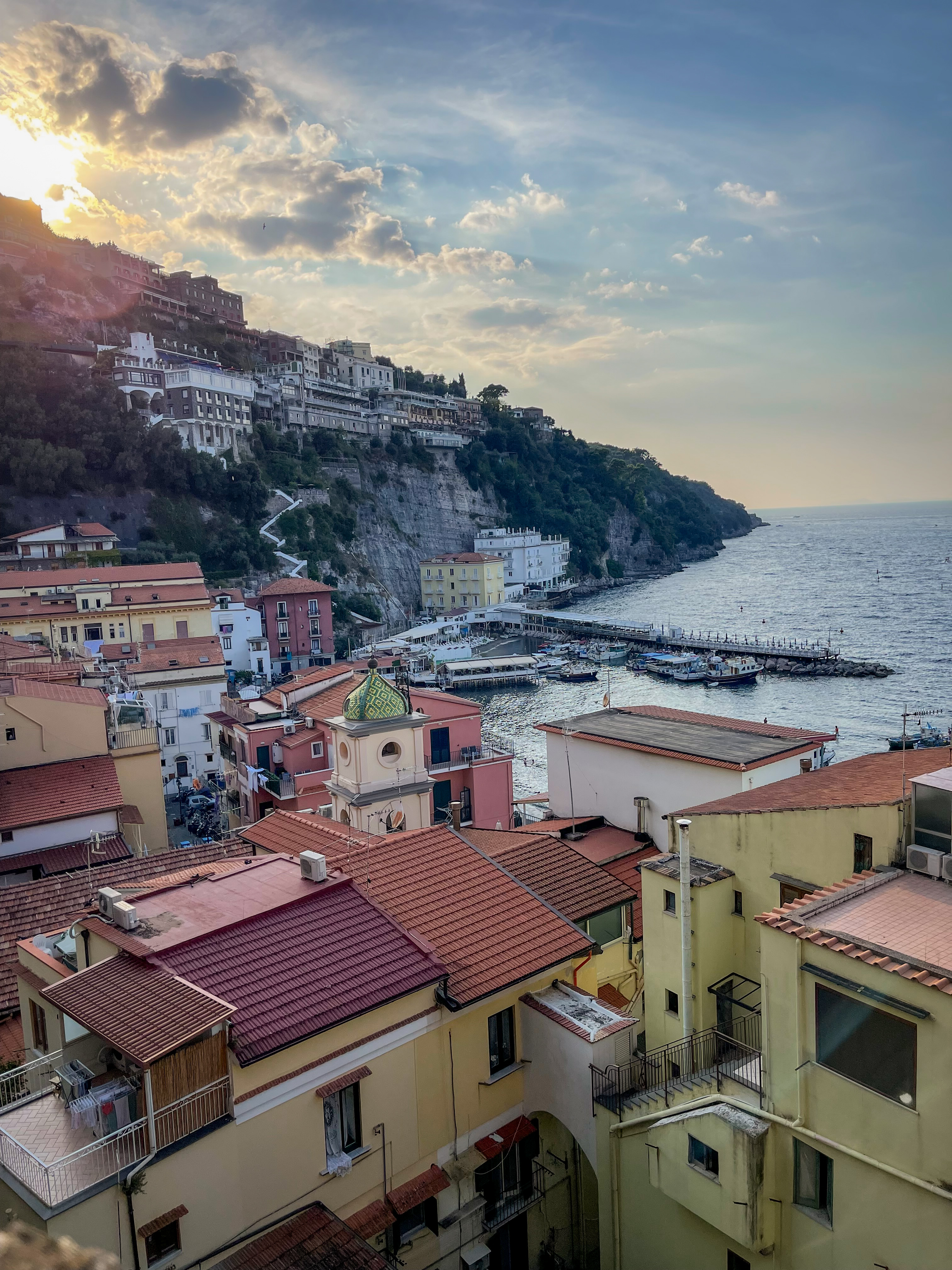
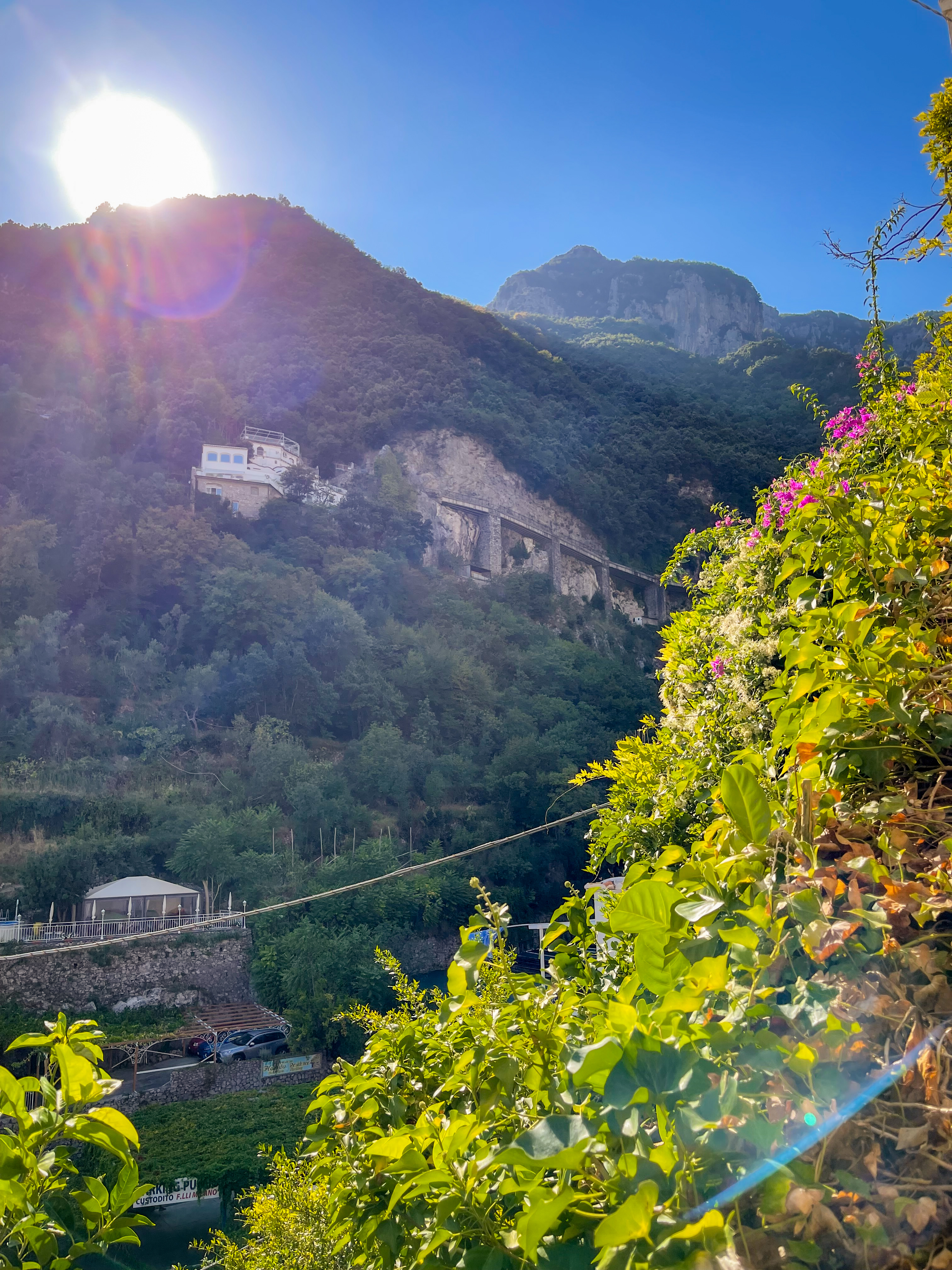
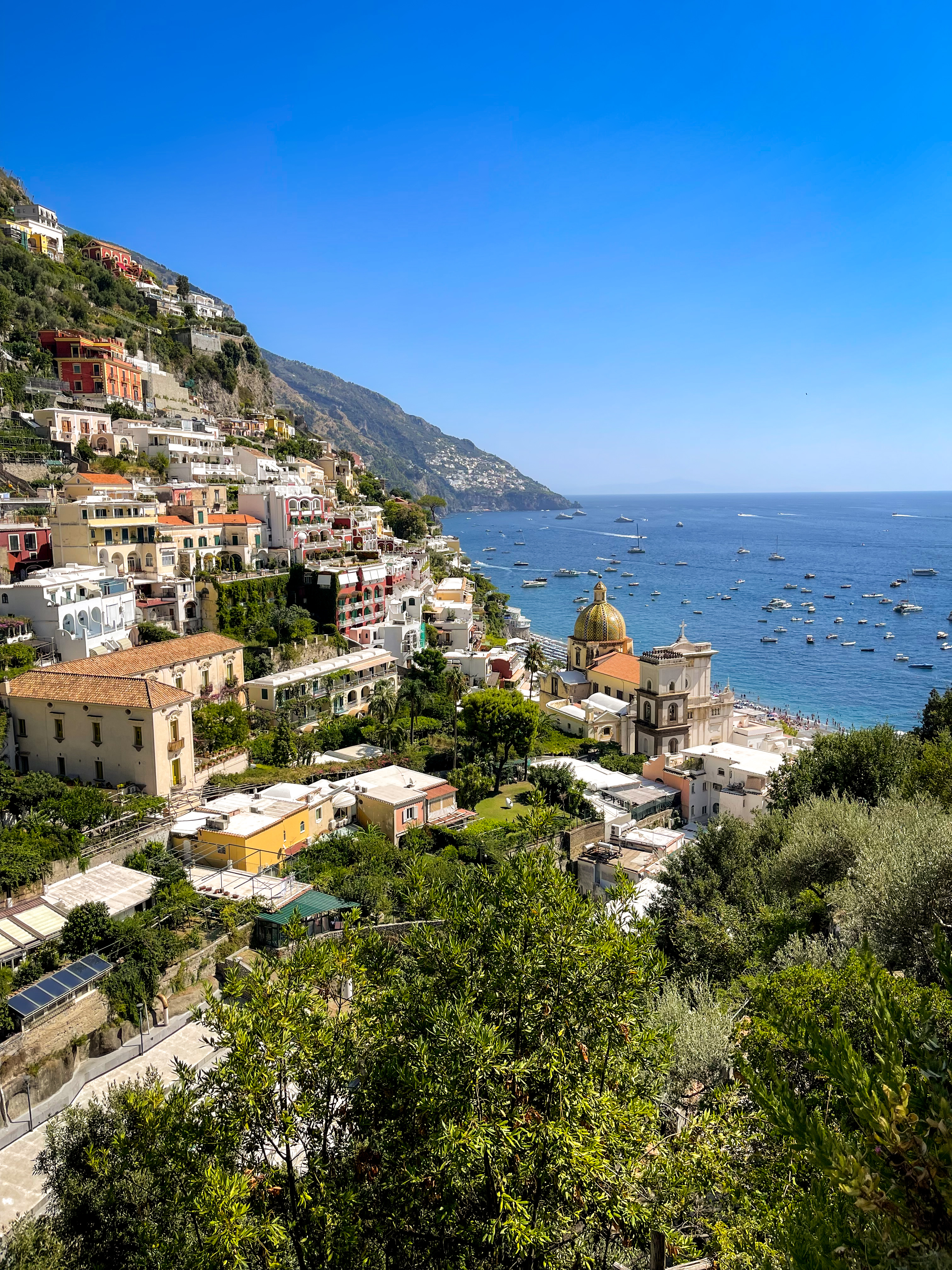
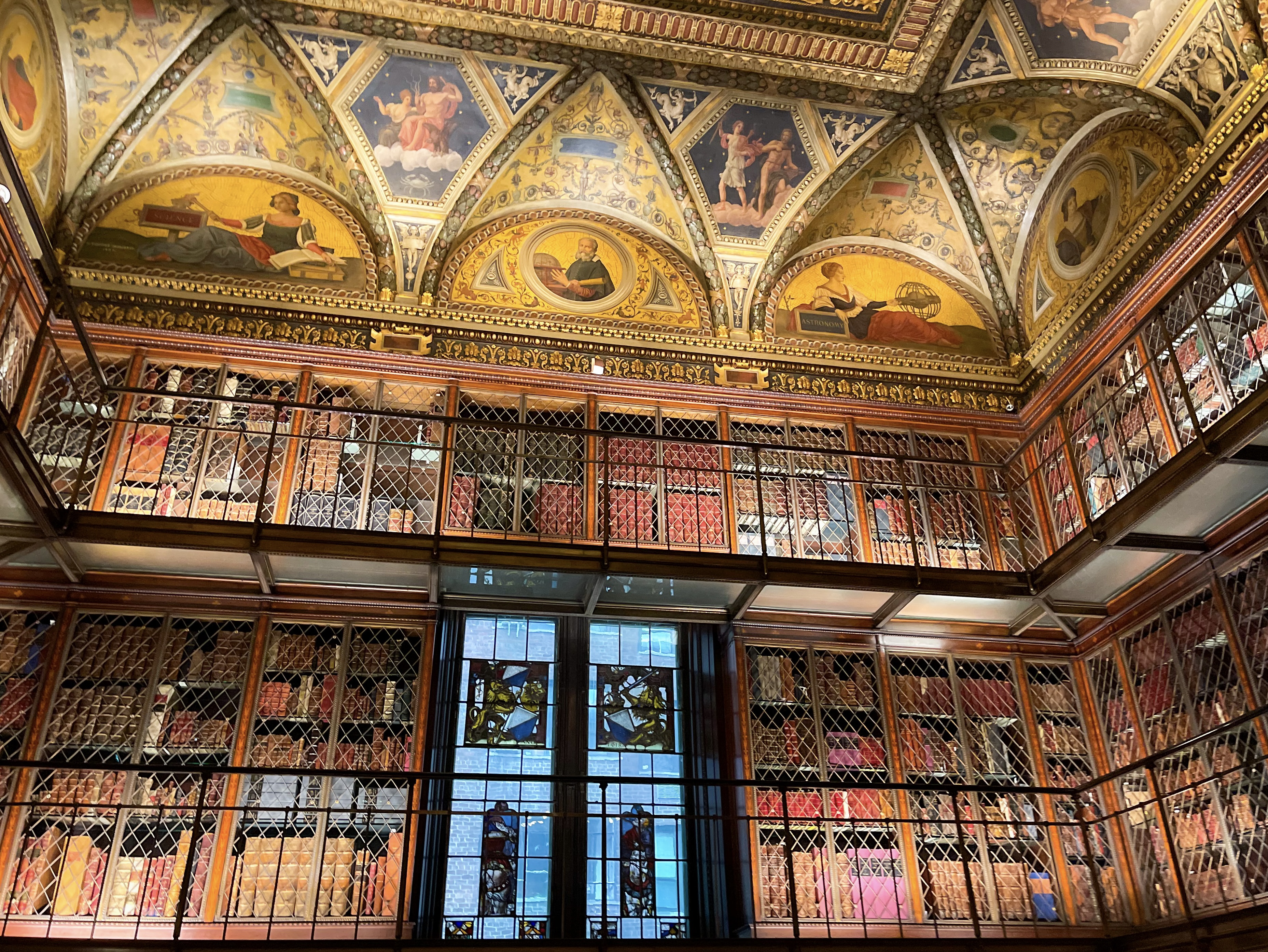 The Morgan Library Museum in New
York. Photo by Silviu Alexandru Avram
The Morgan Library Museum in New
York. Photo by Silviu Alexandru Avram

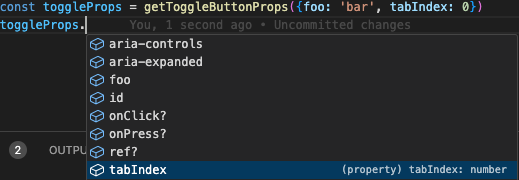

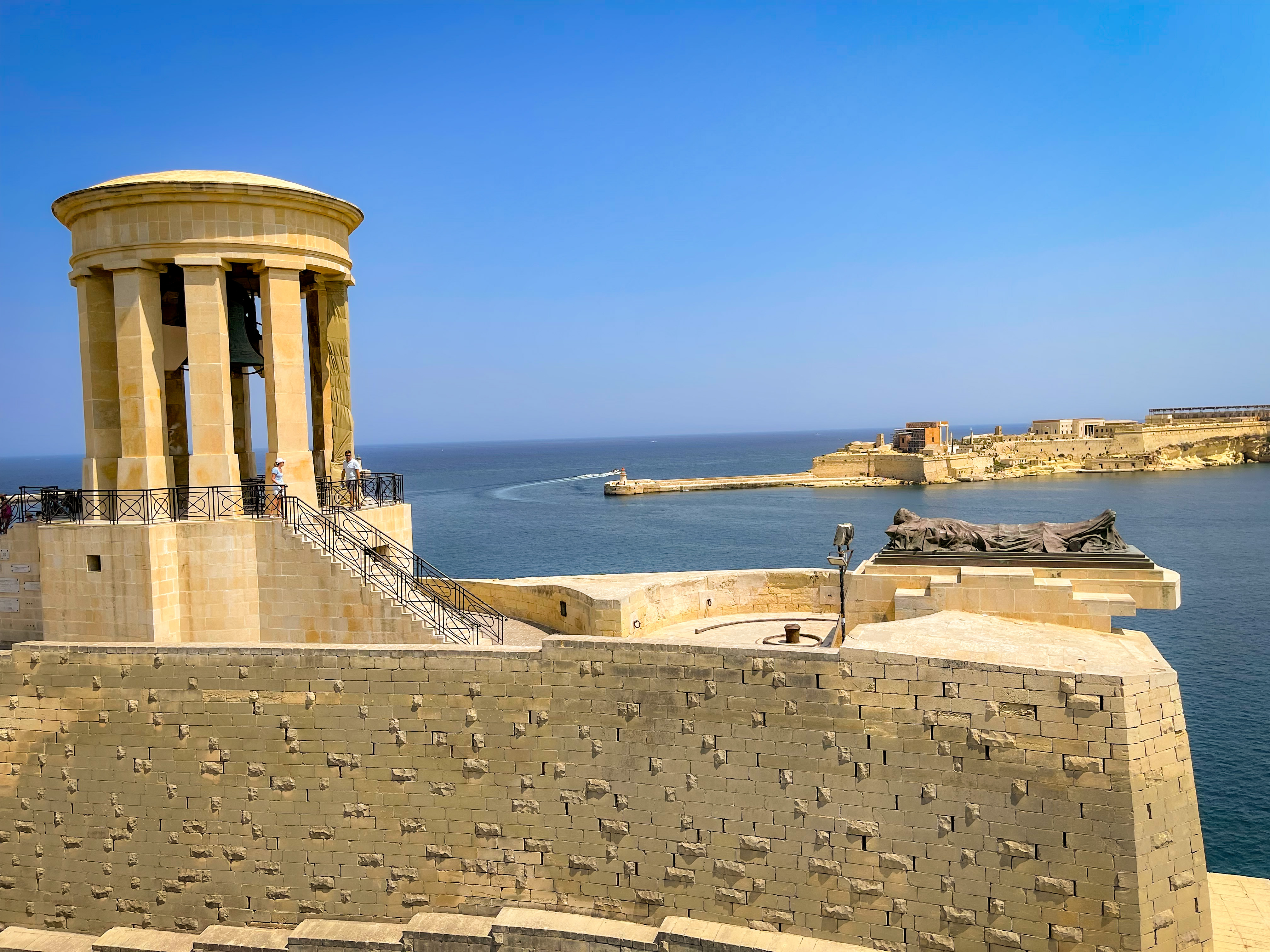 Photo by Silviu
Alexandru Avram
Photo by Silviu
Alexandru Avram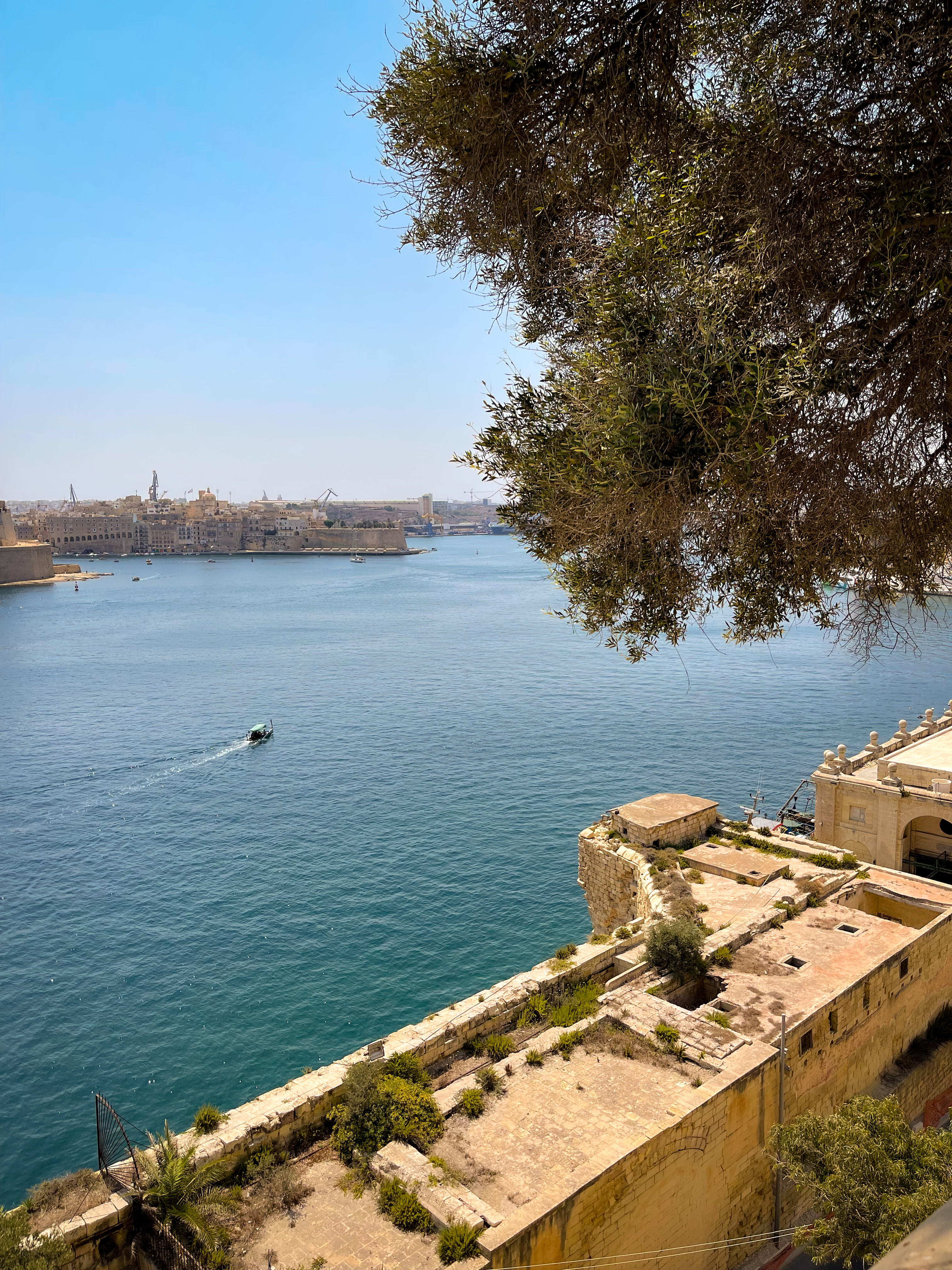
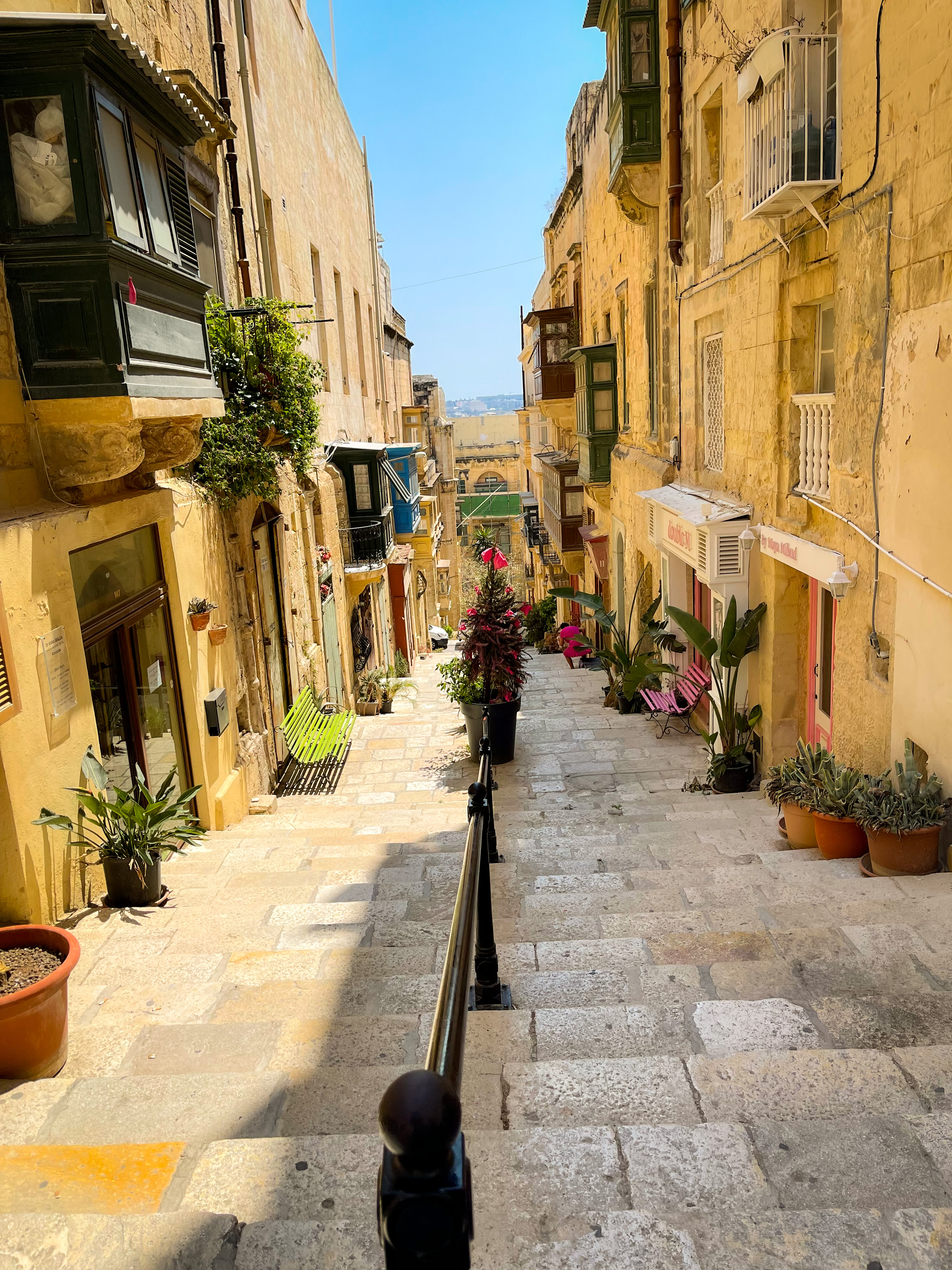
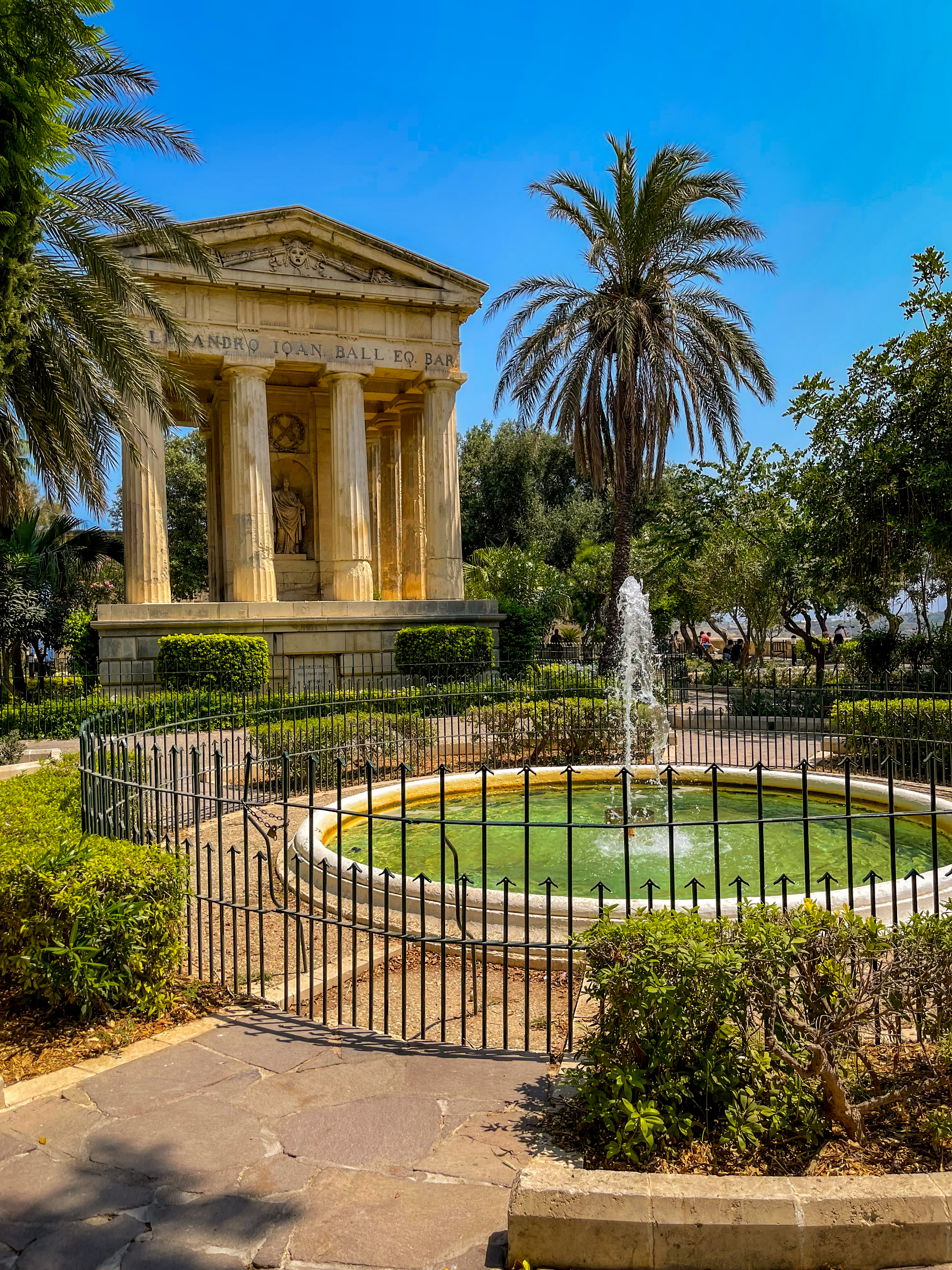
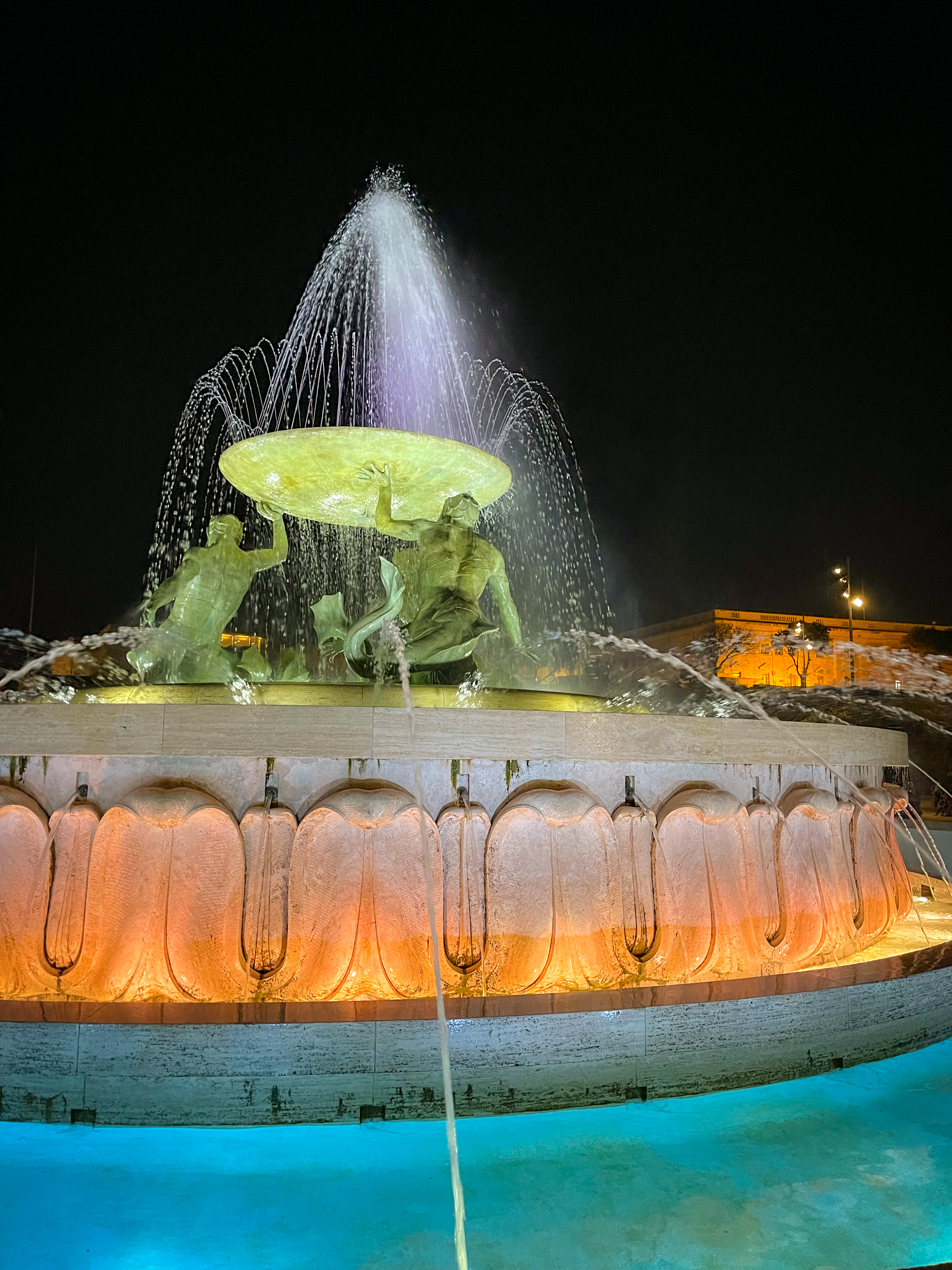
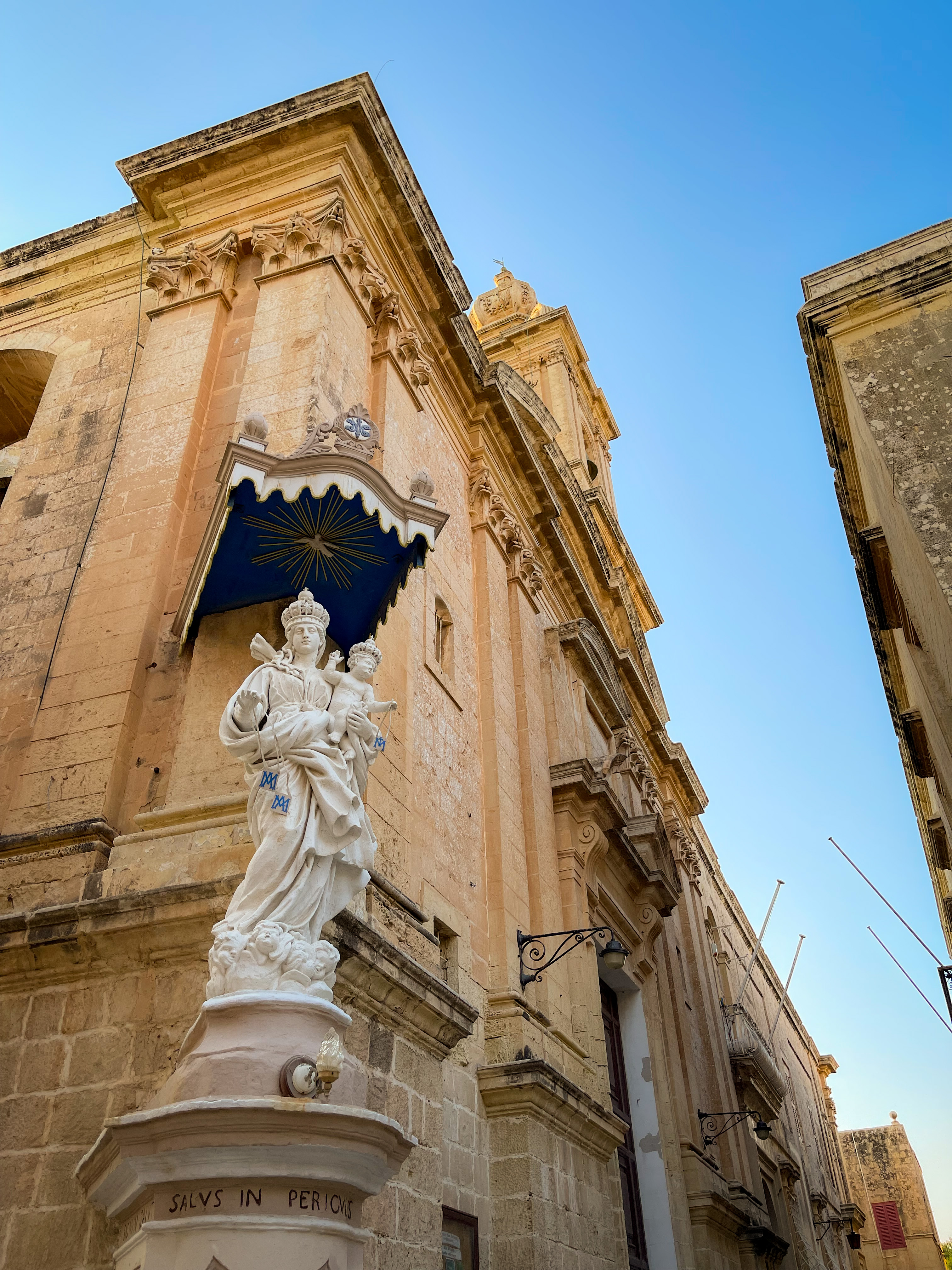
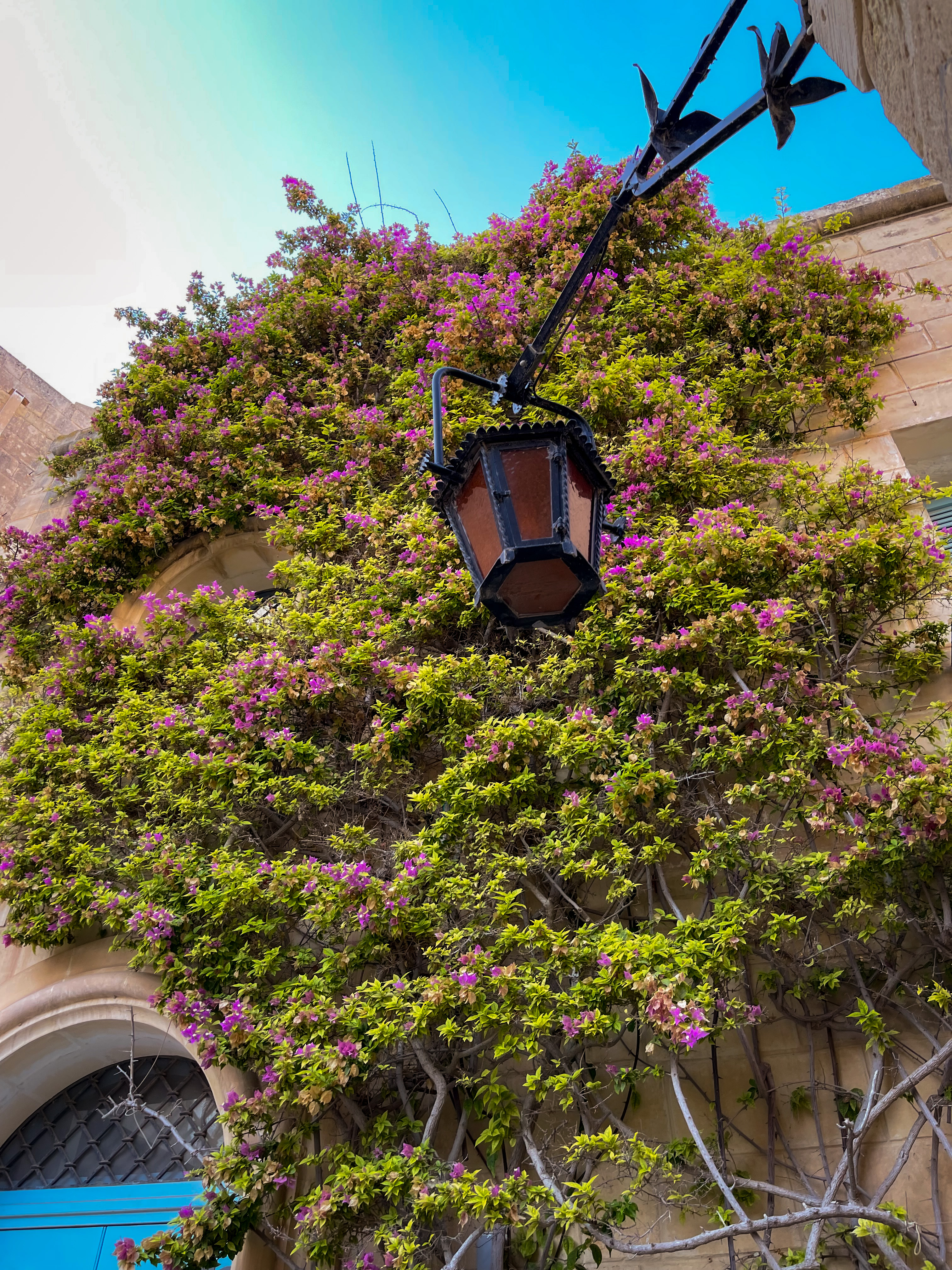
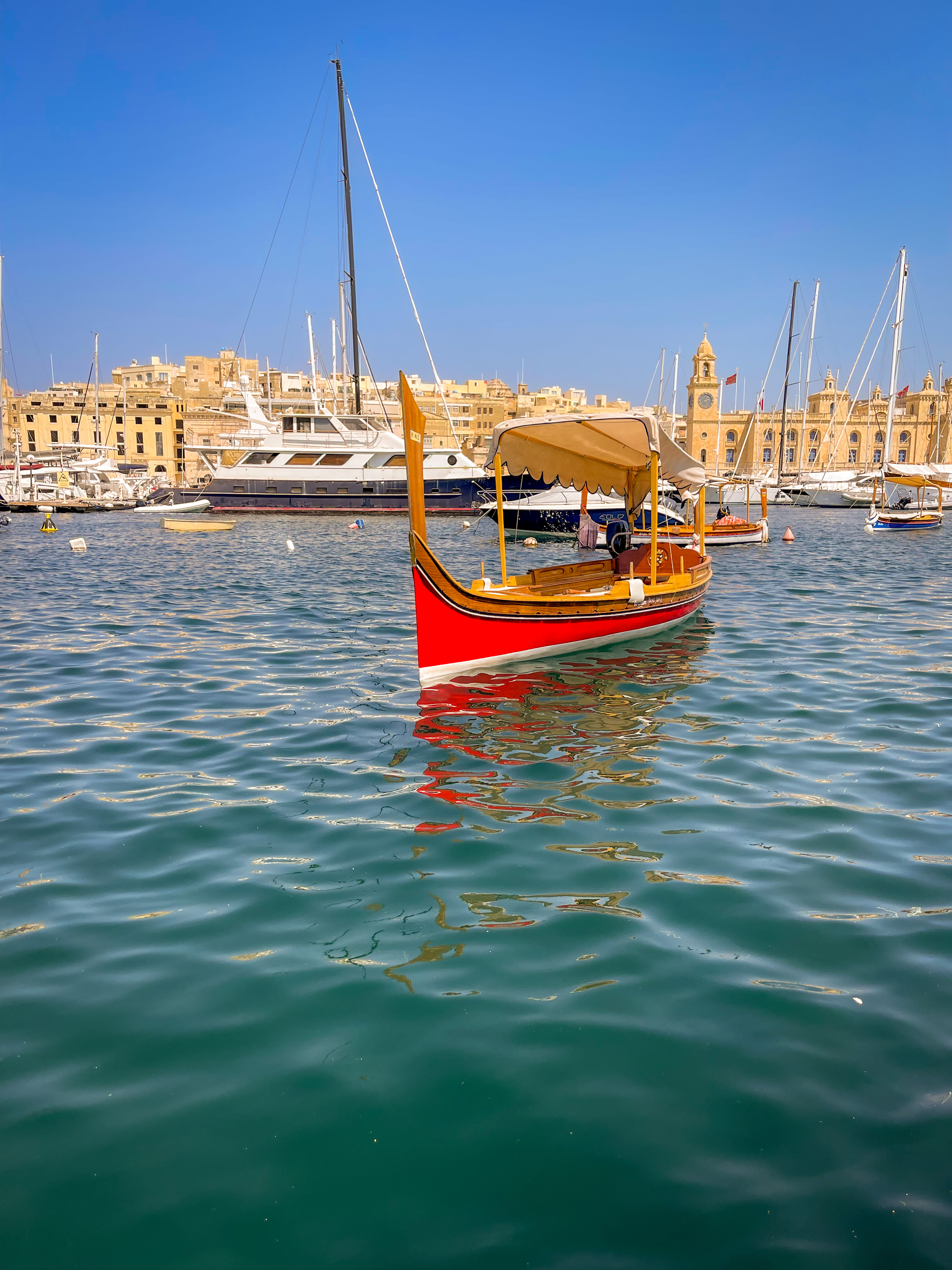
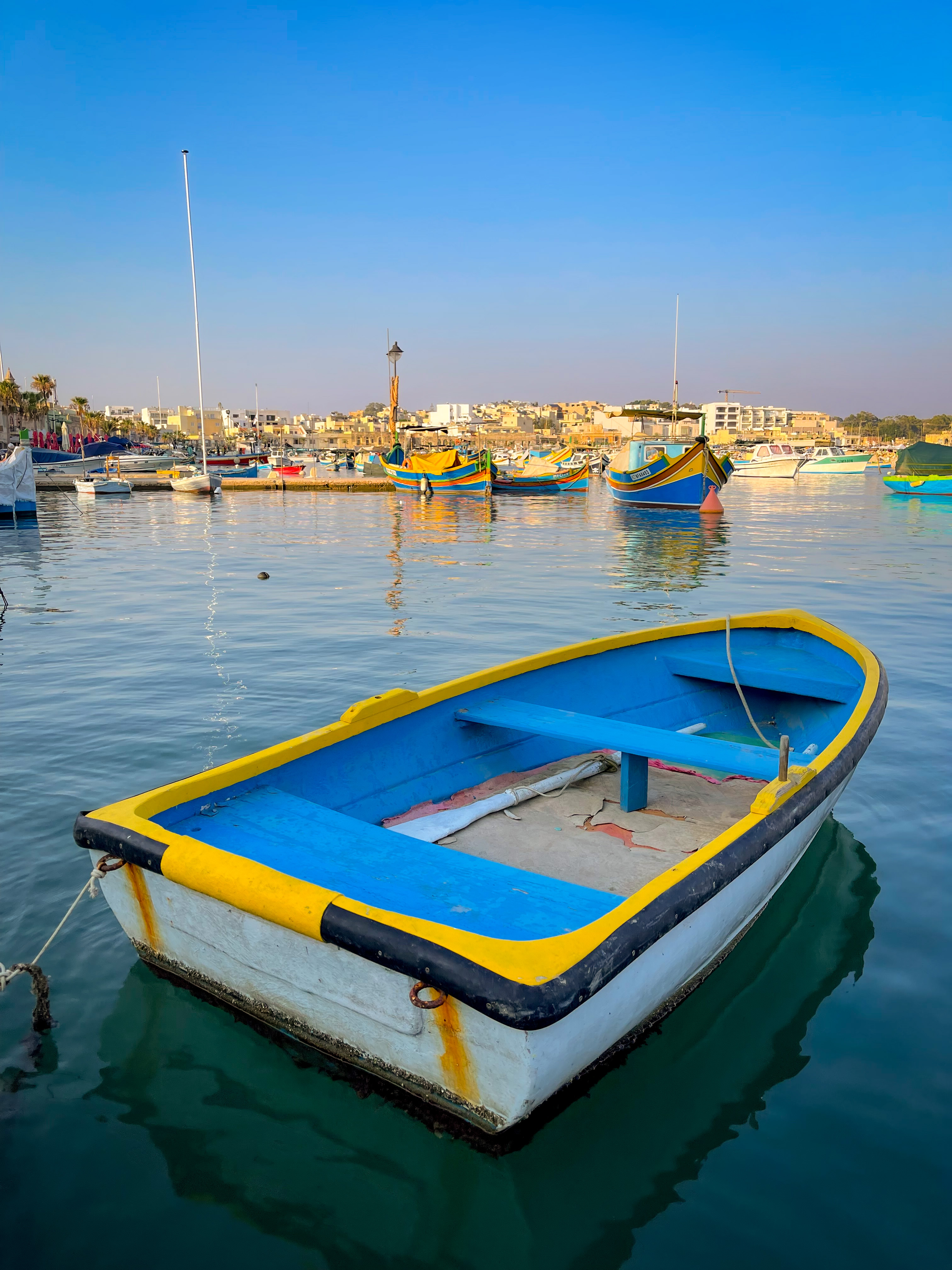
 Photo by Silviu
Alexandru Avram
Photo by Silviu
Alexandru Avram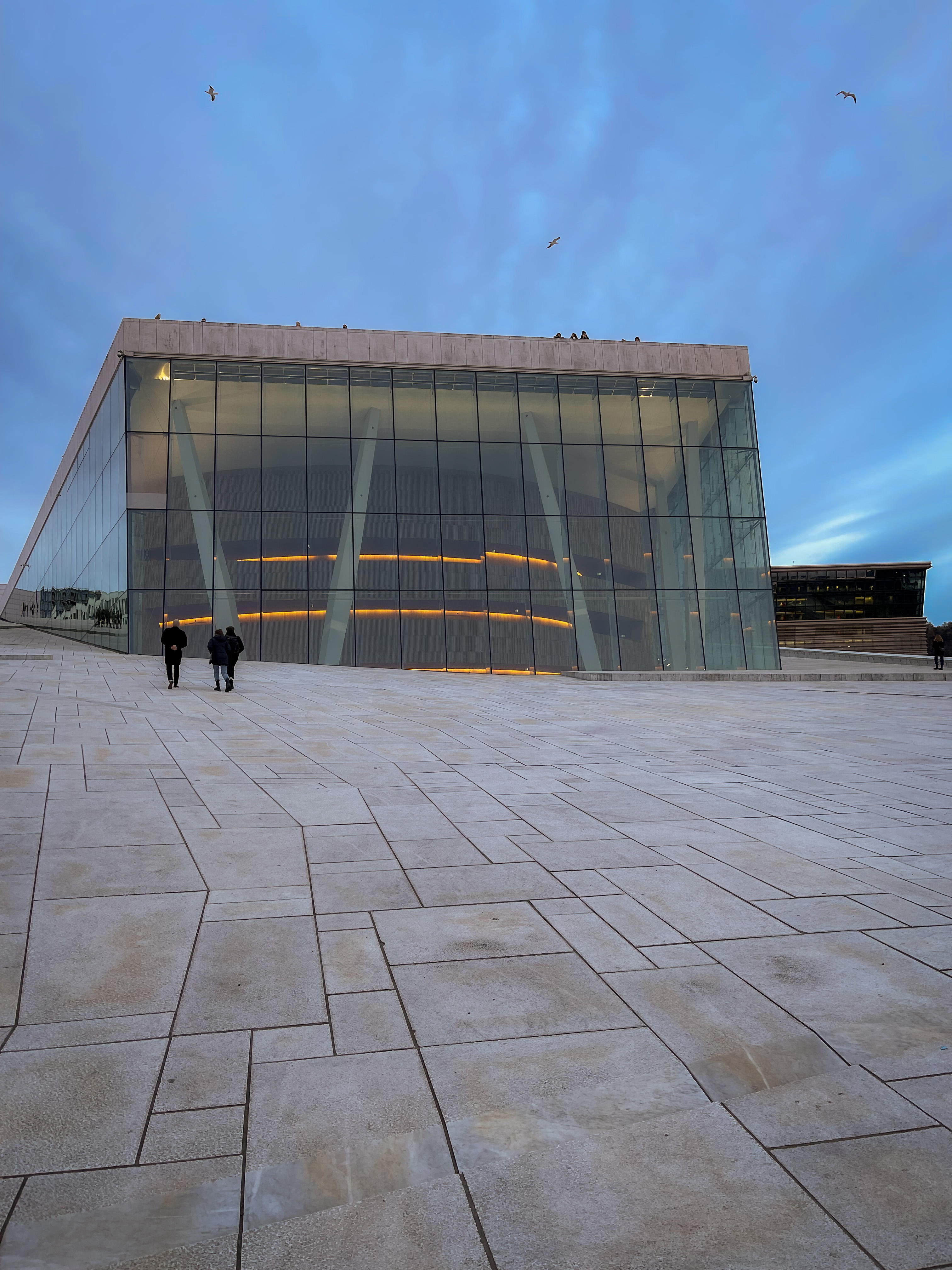

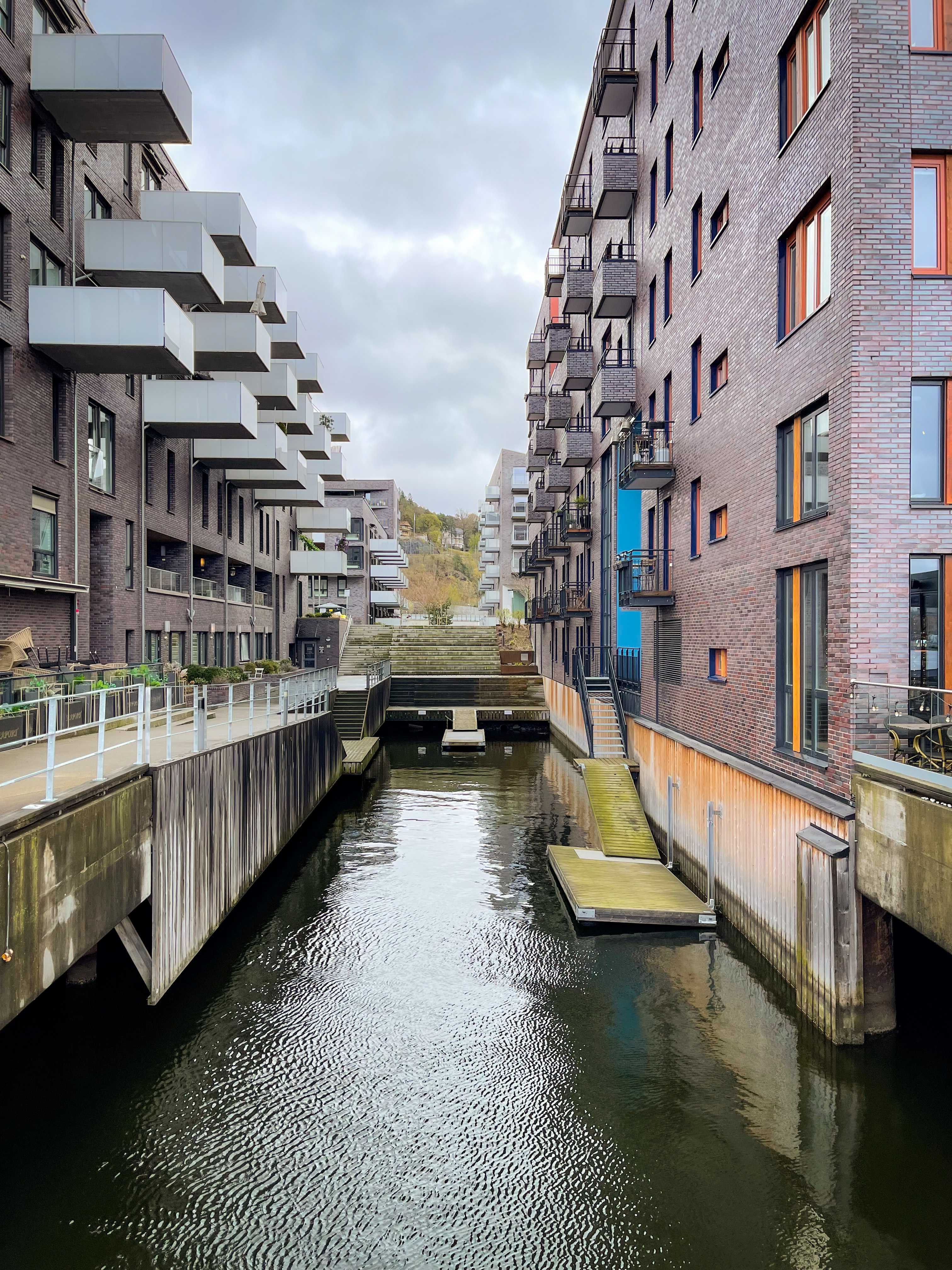
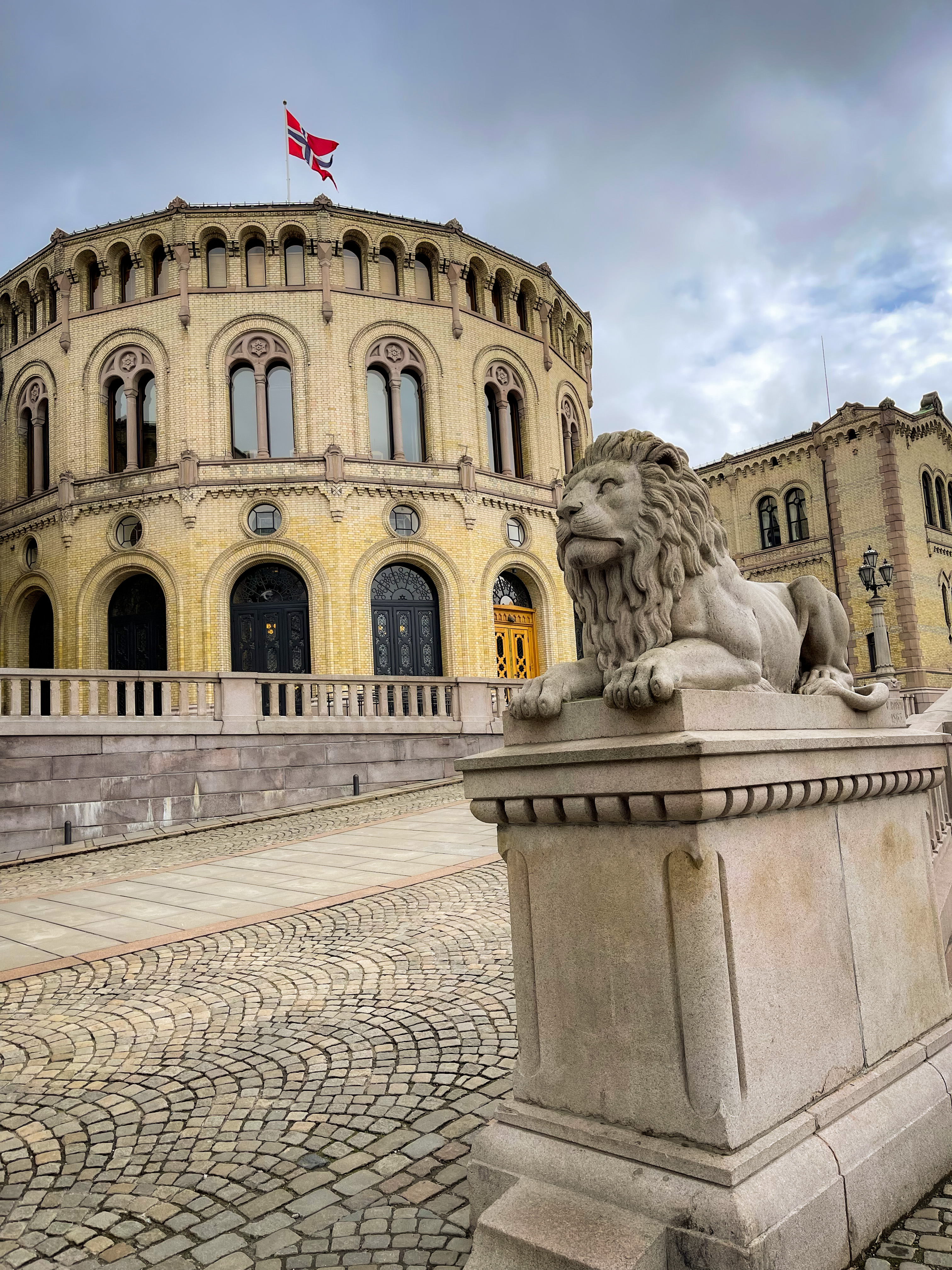
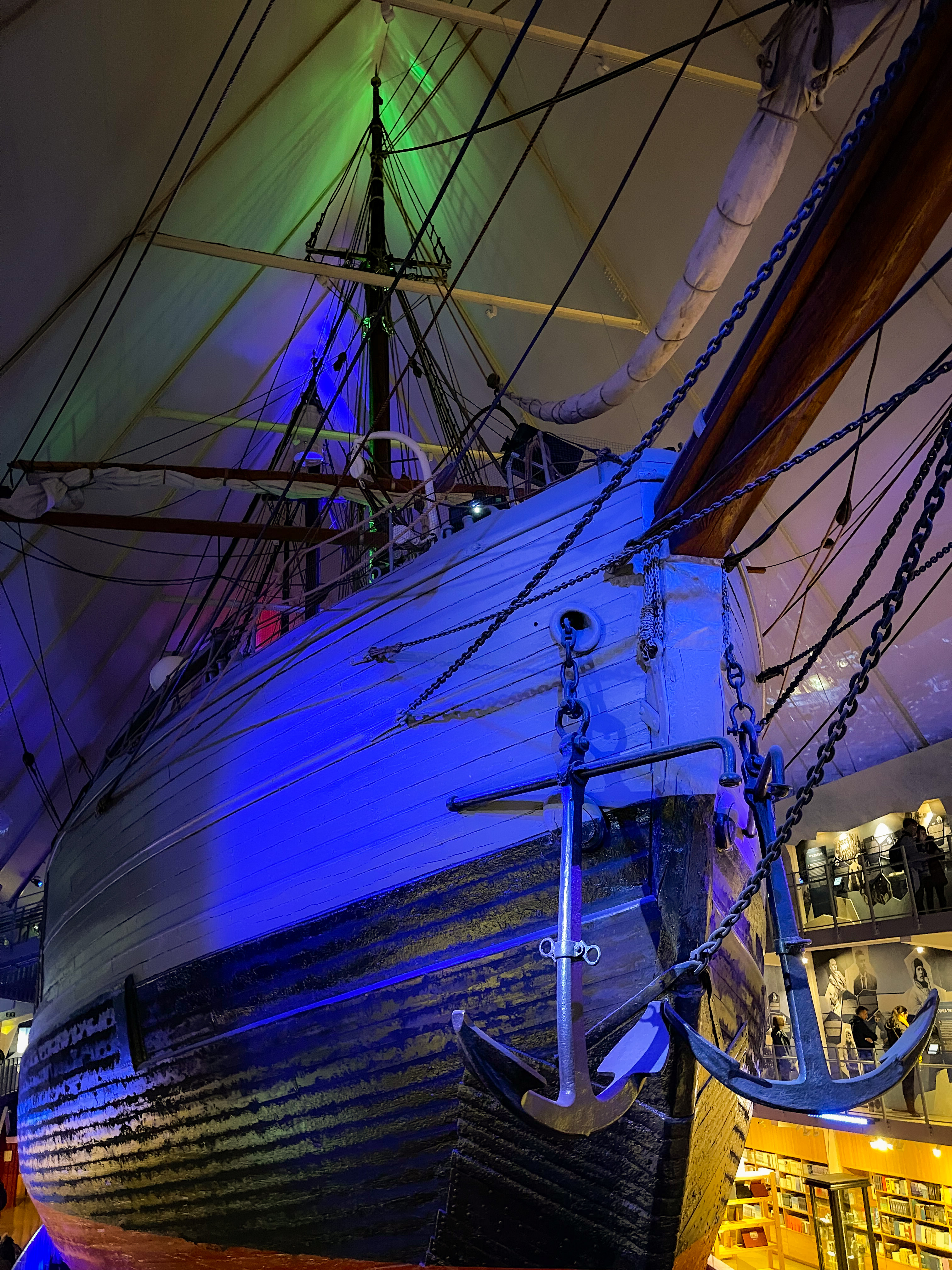
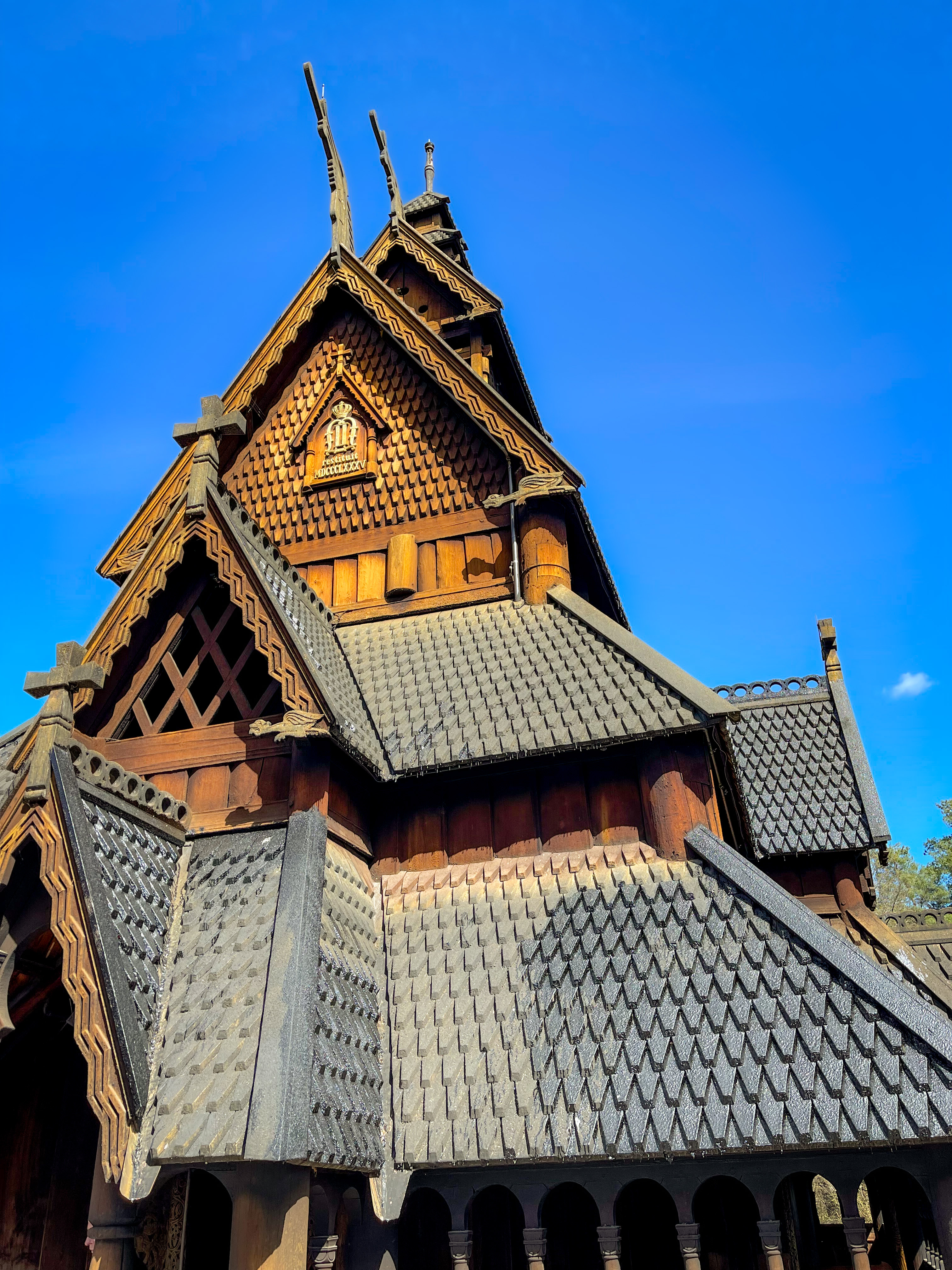
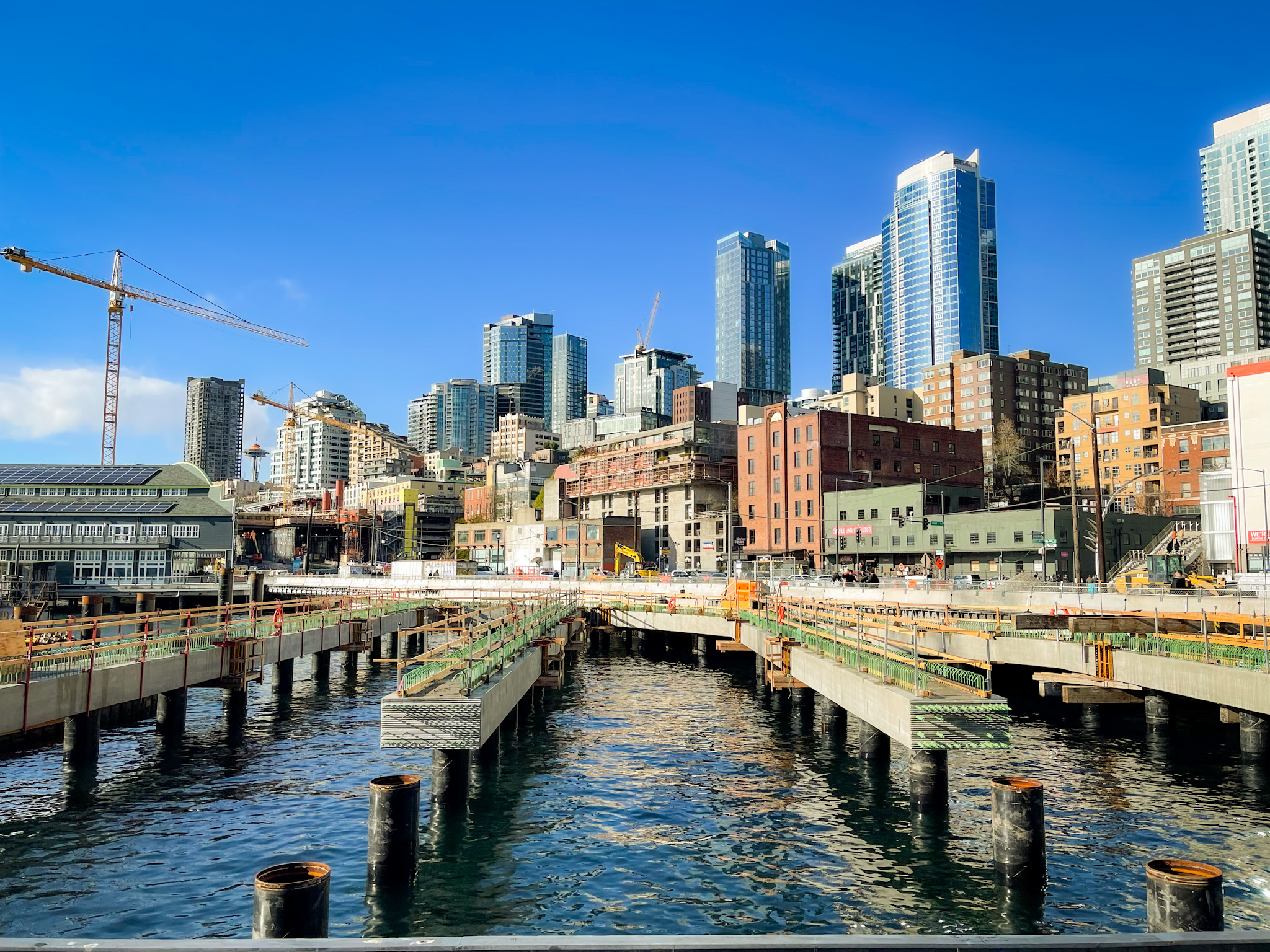 Photo by Silviu Alexandru Avram
Photo by Silviu Alexandru Avram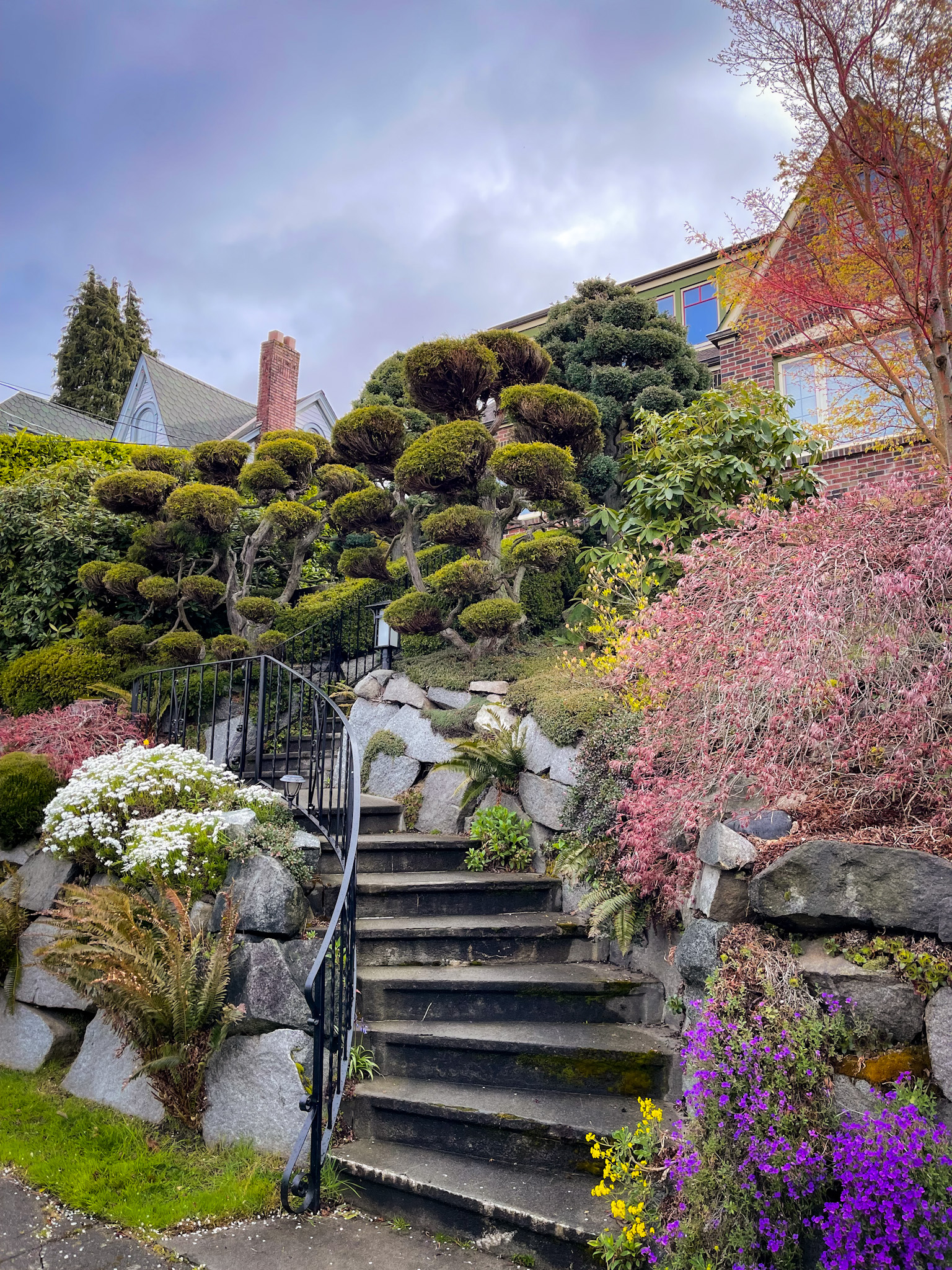
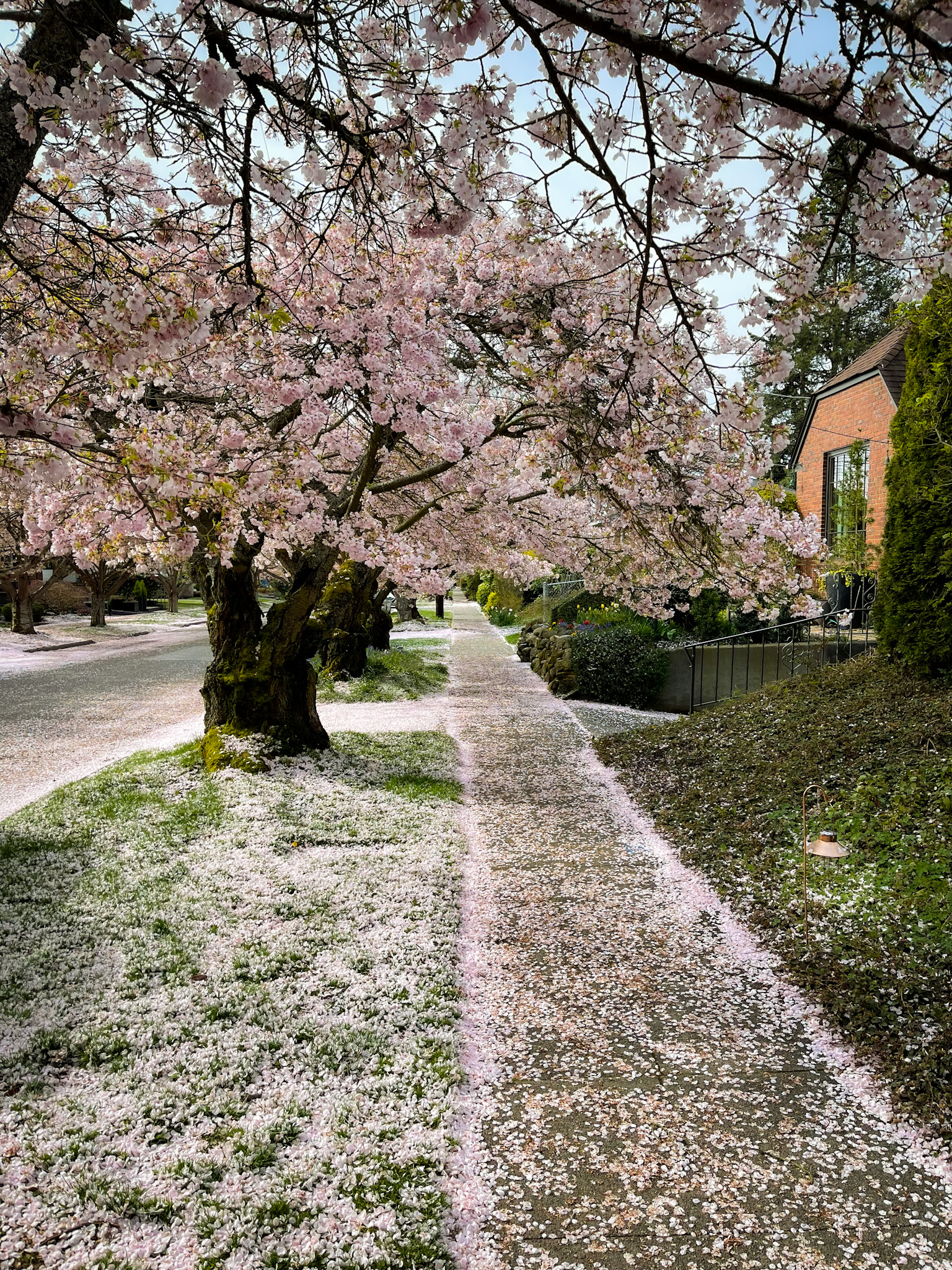
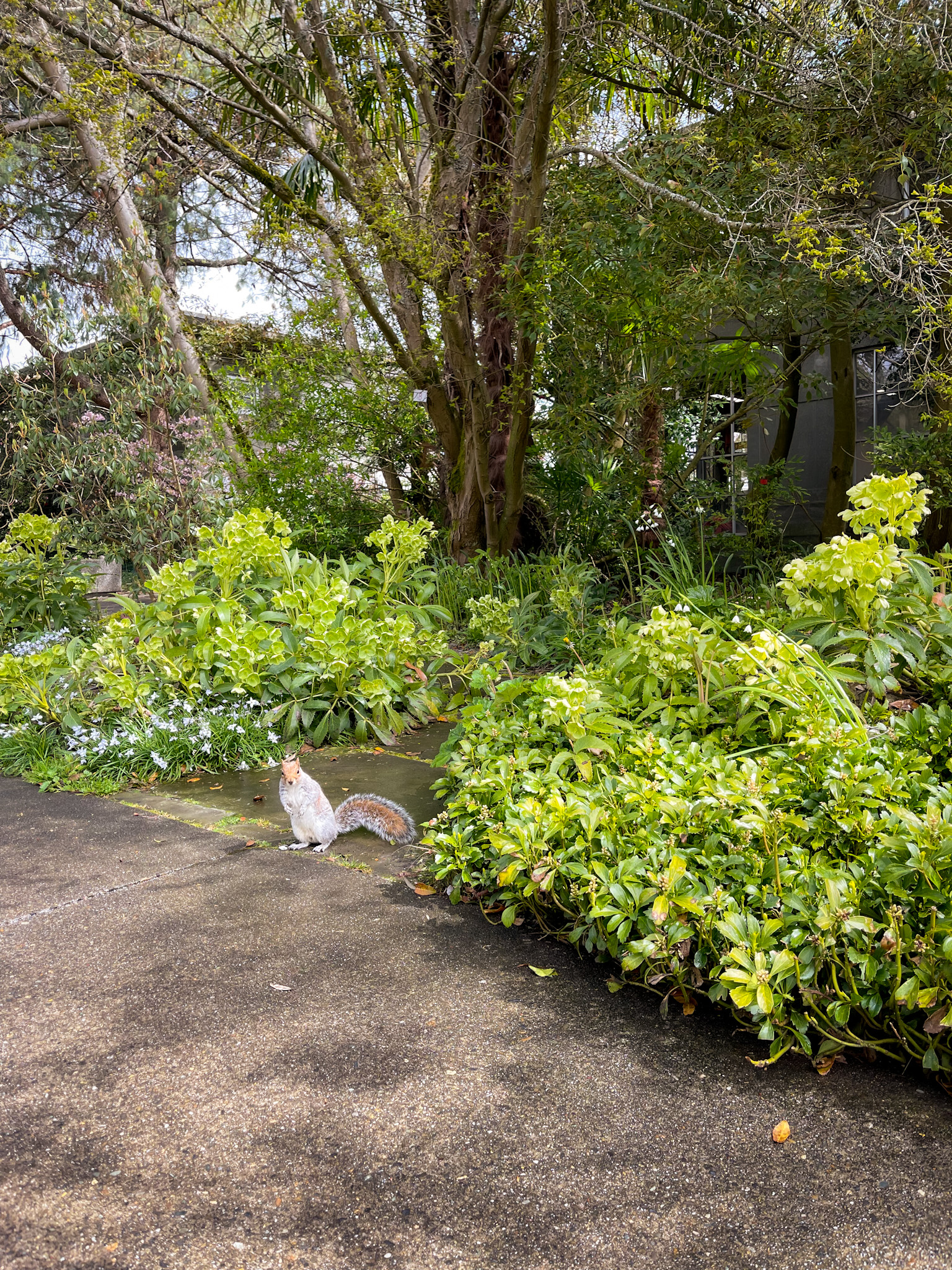
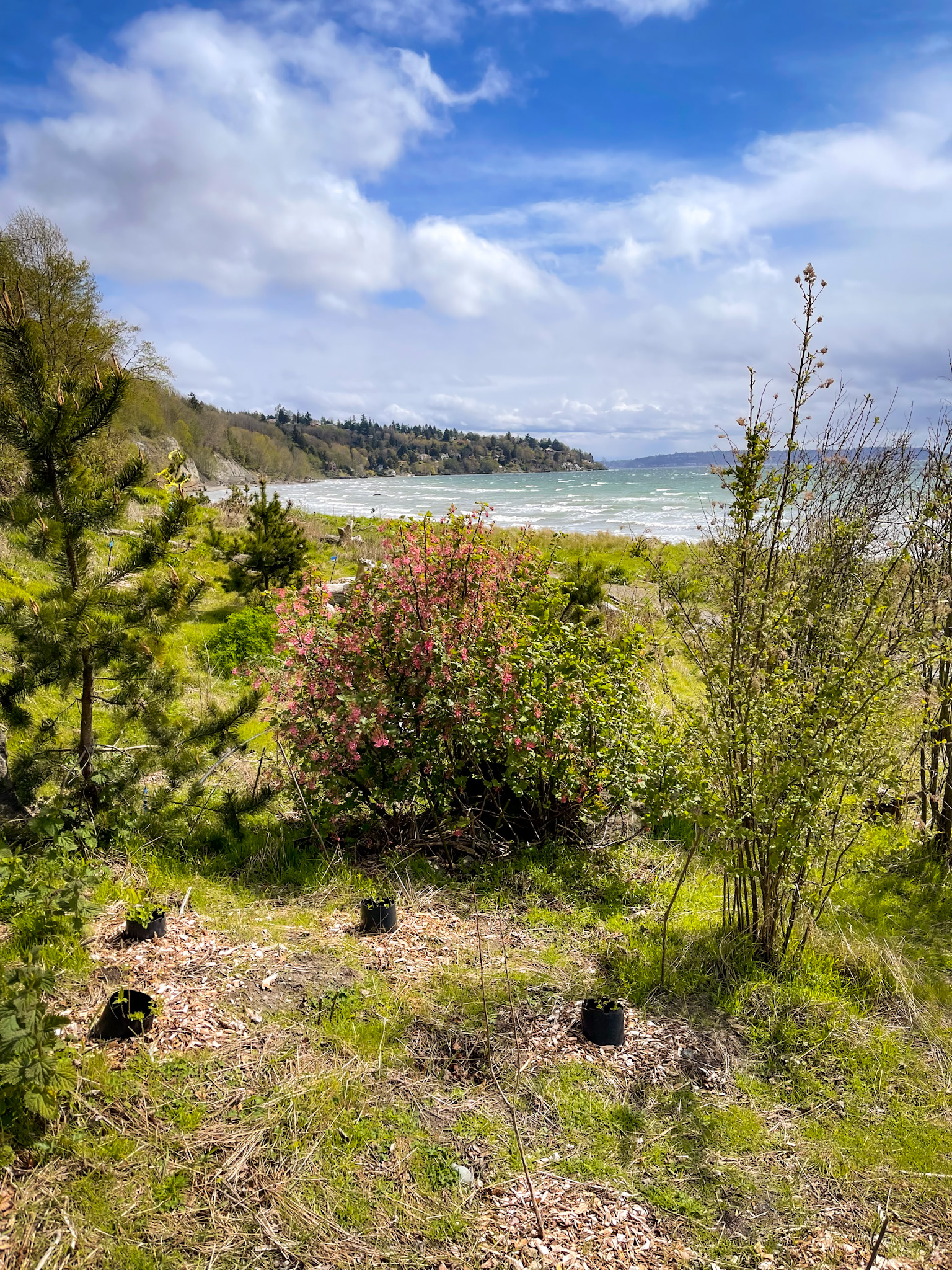
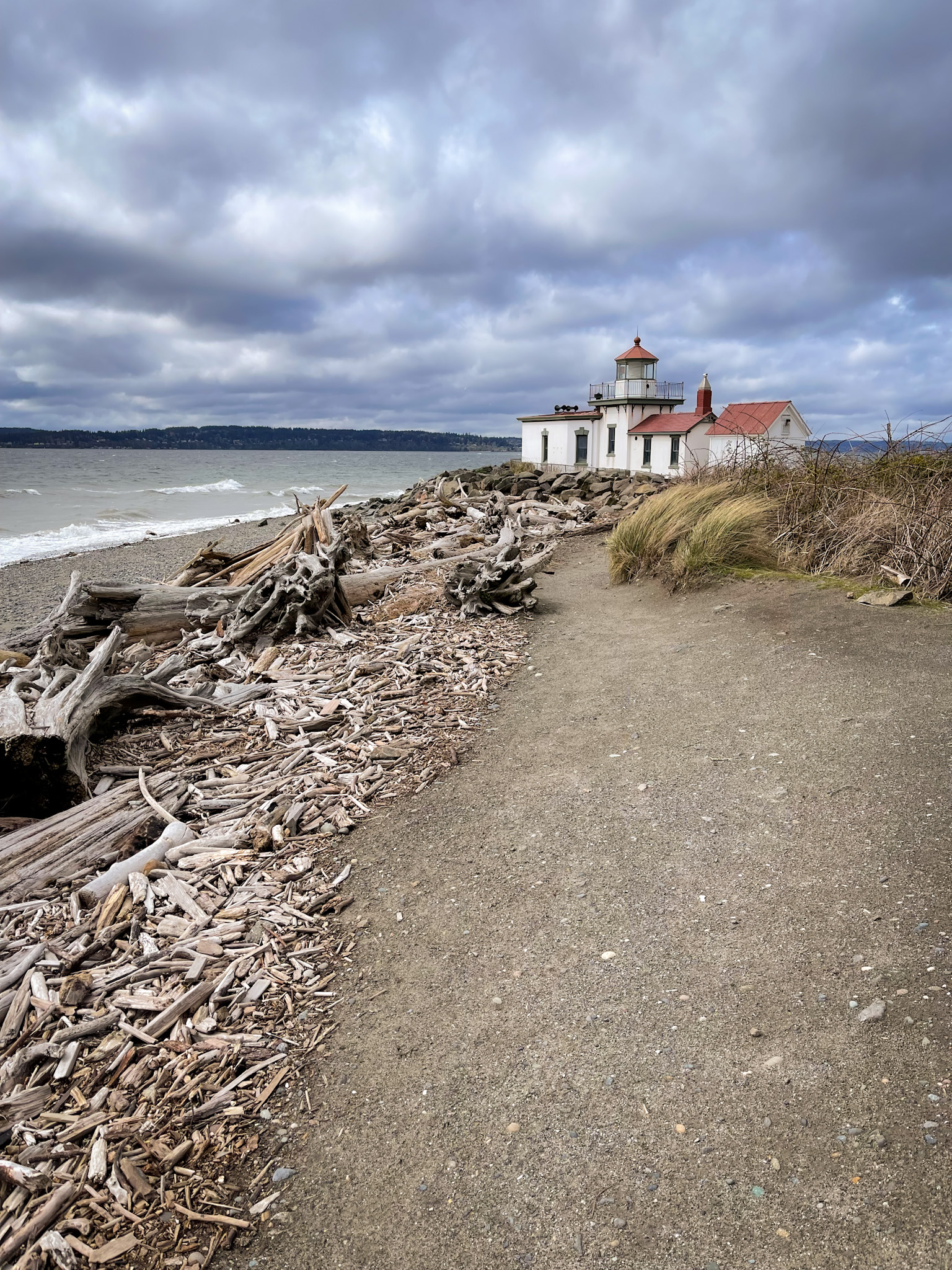
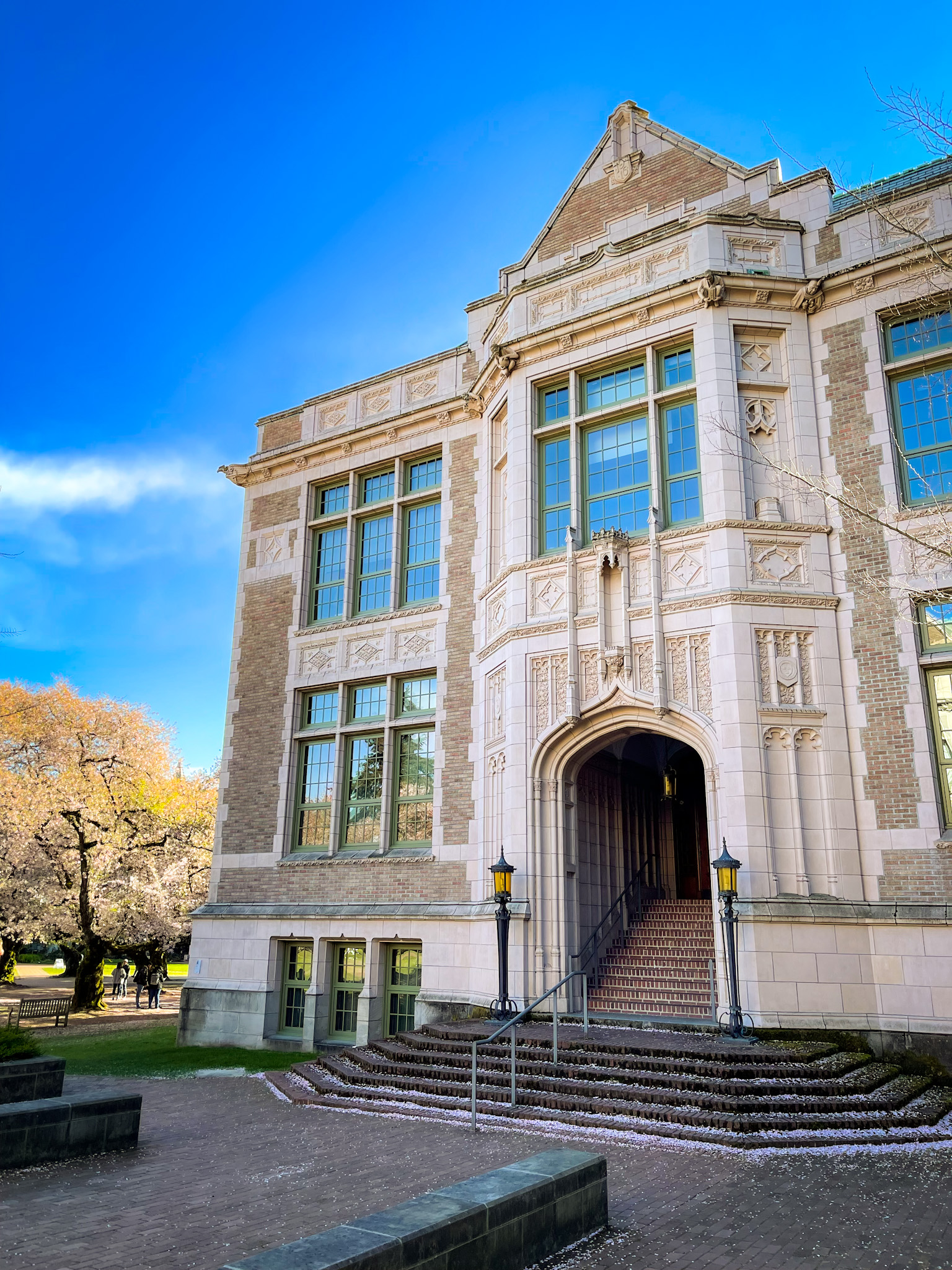
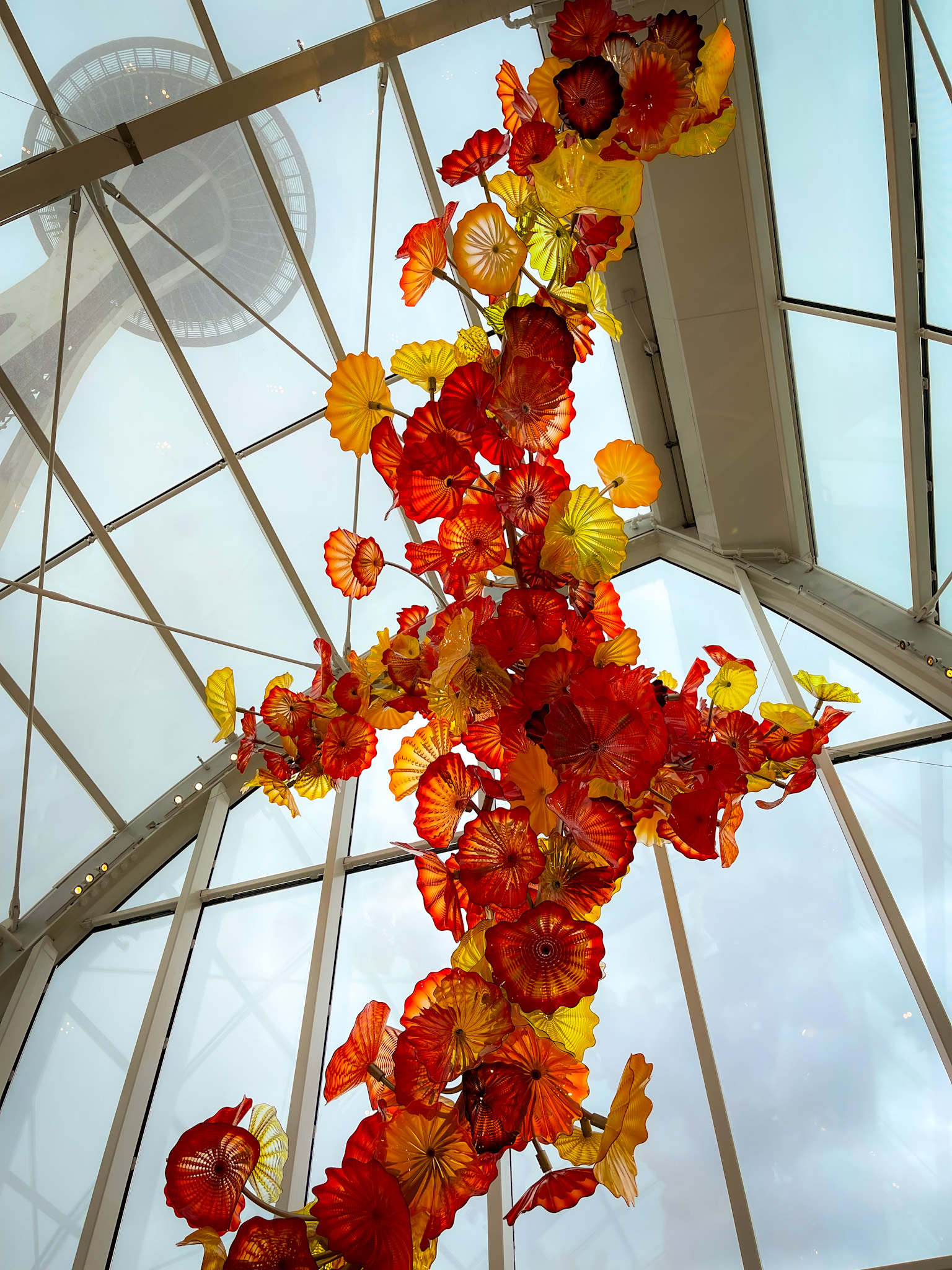
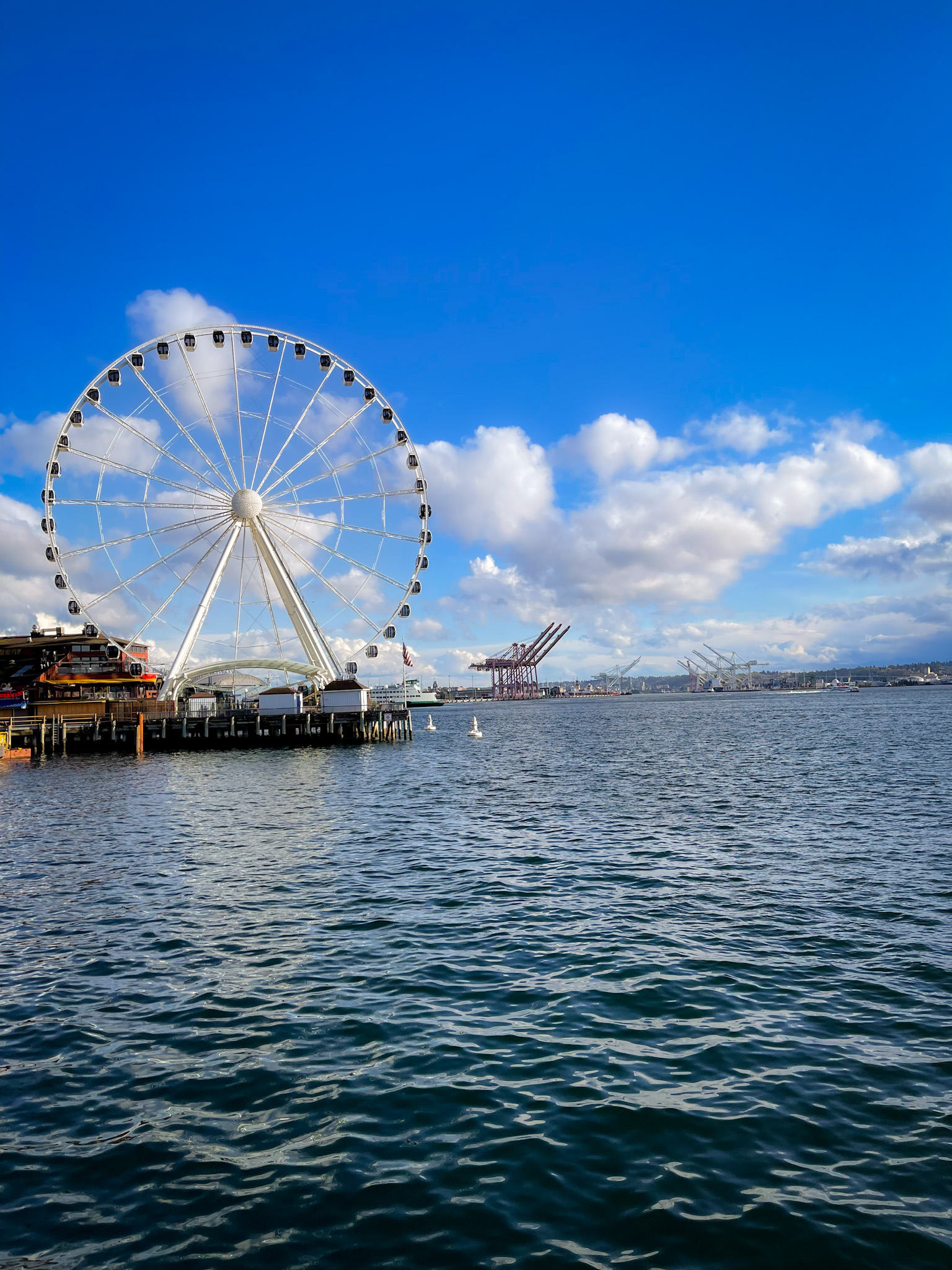
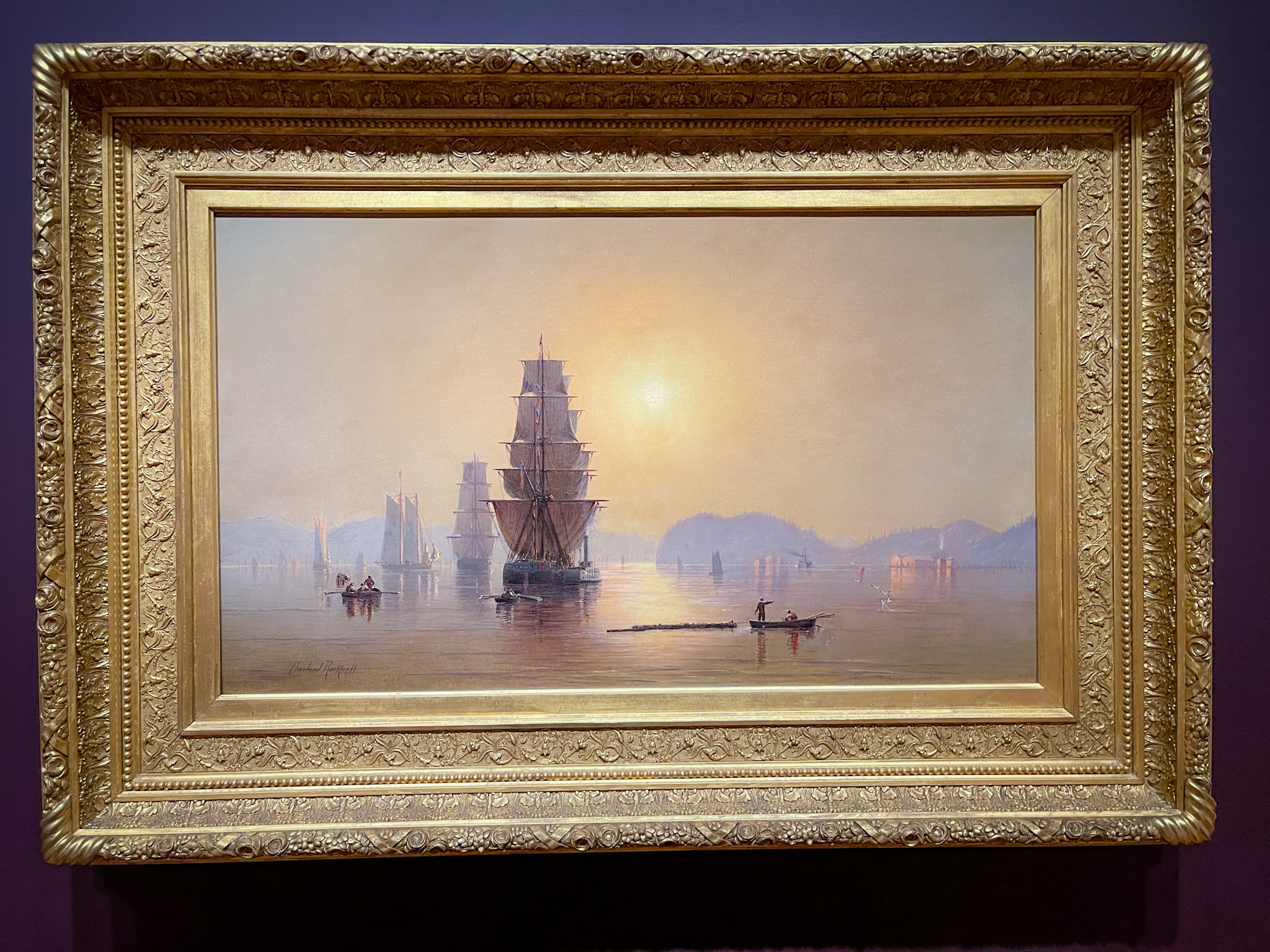
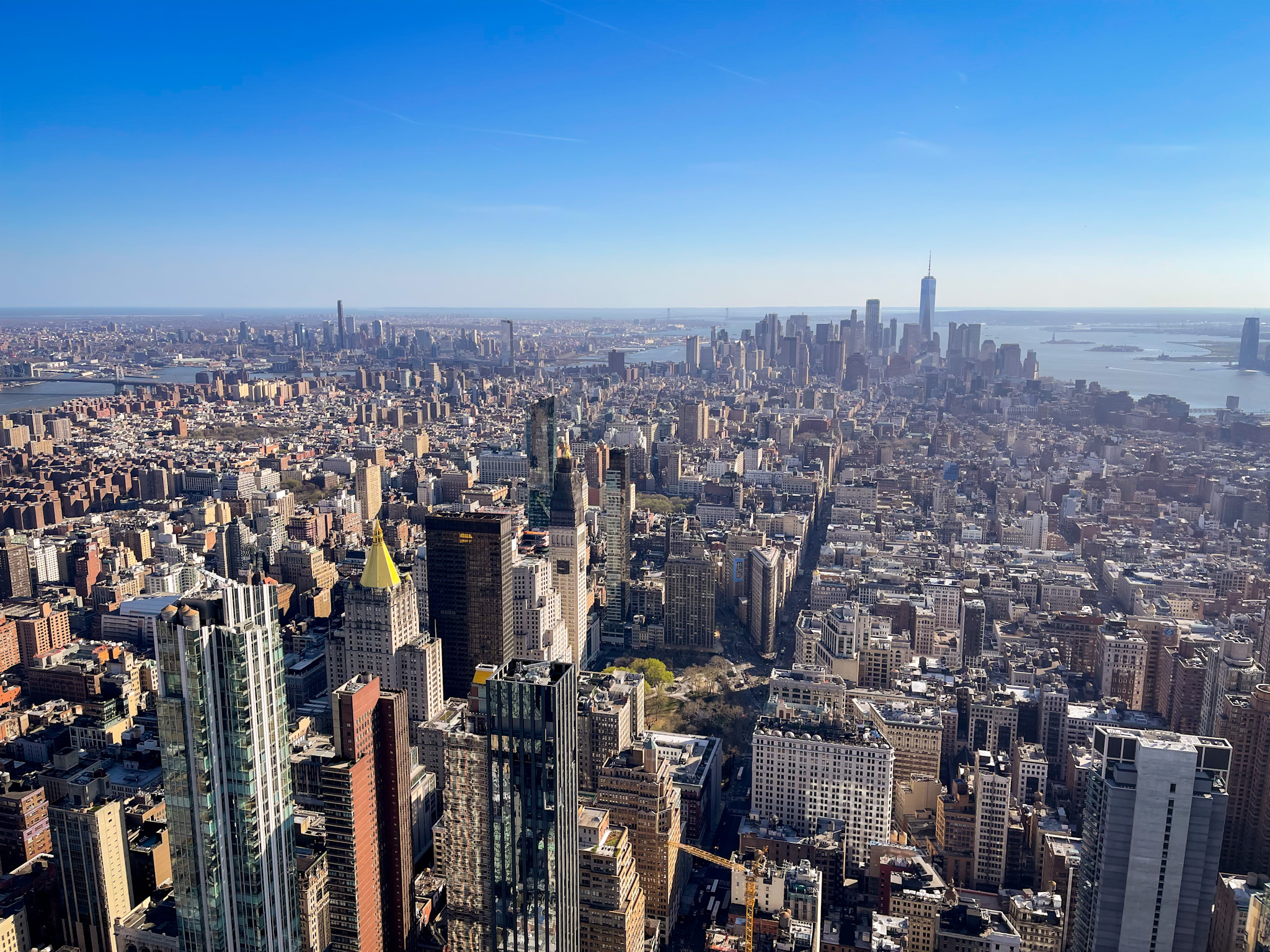 Photo by Silviu Alexandru Avram
Photo by Silviu Alexandru Avram